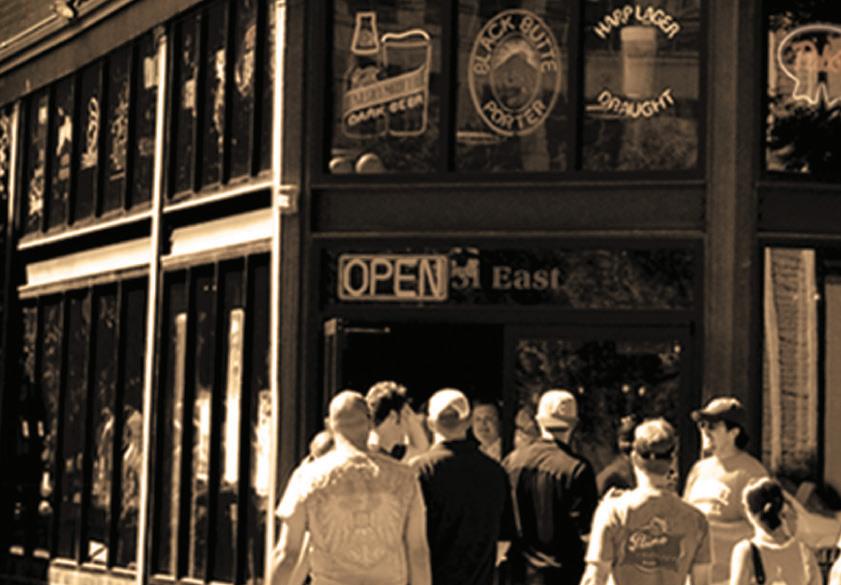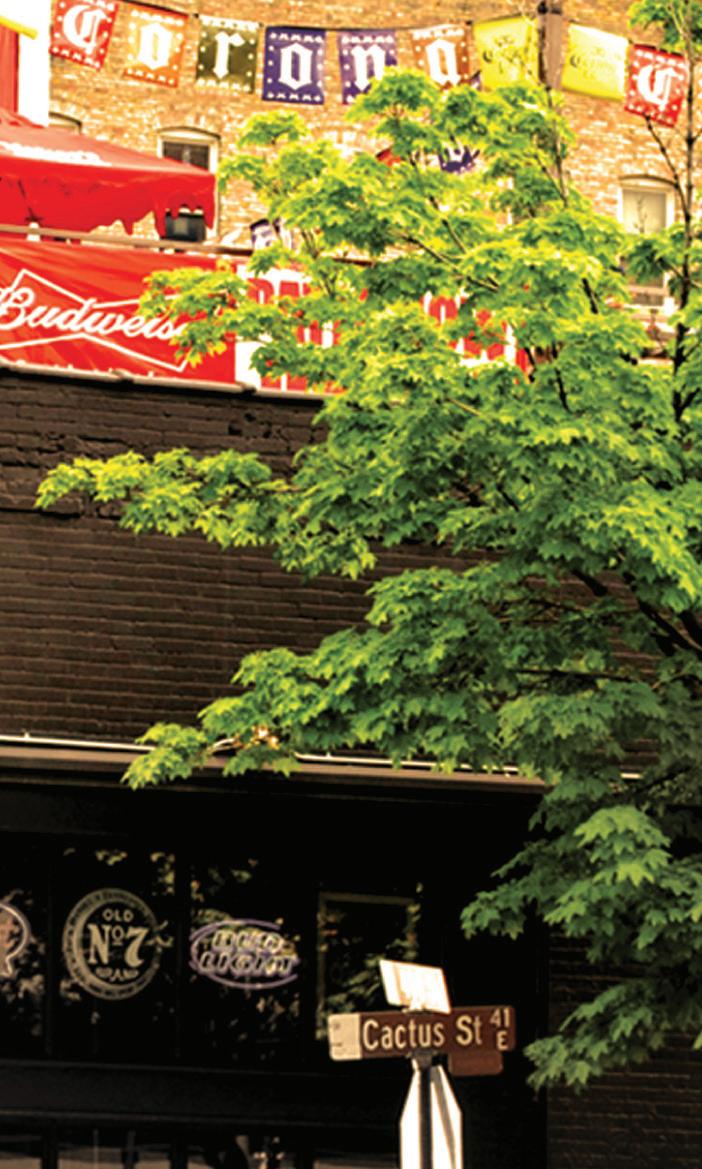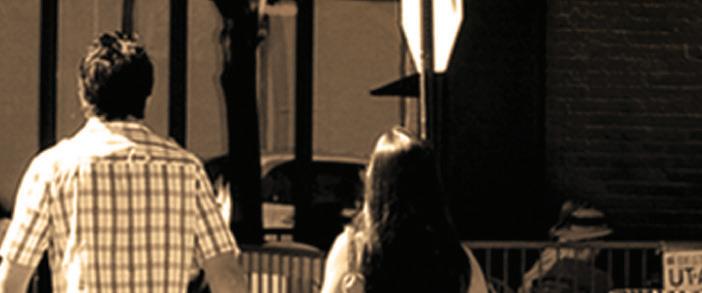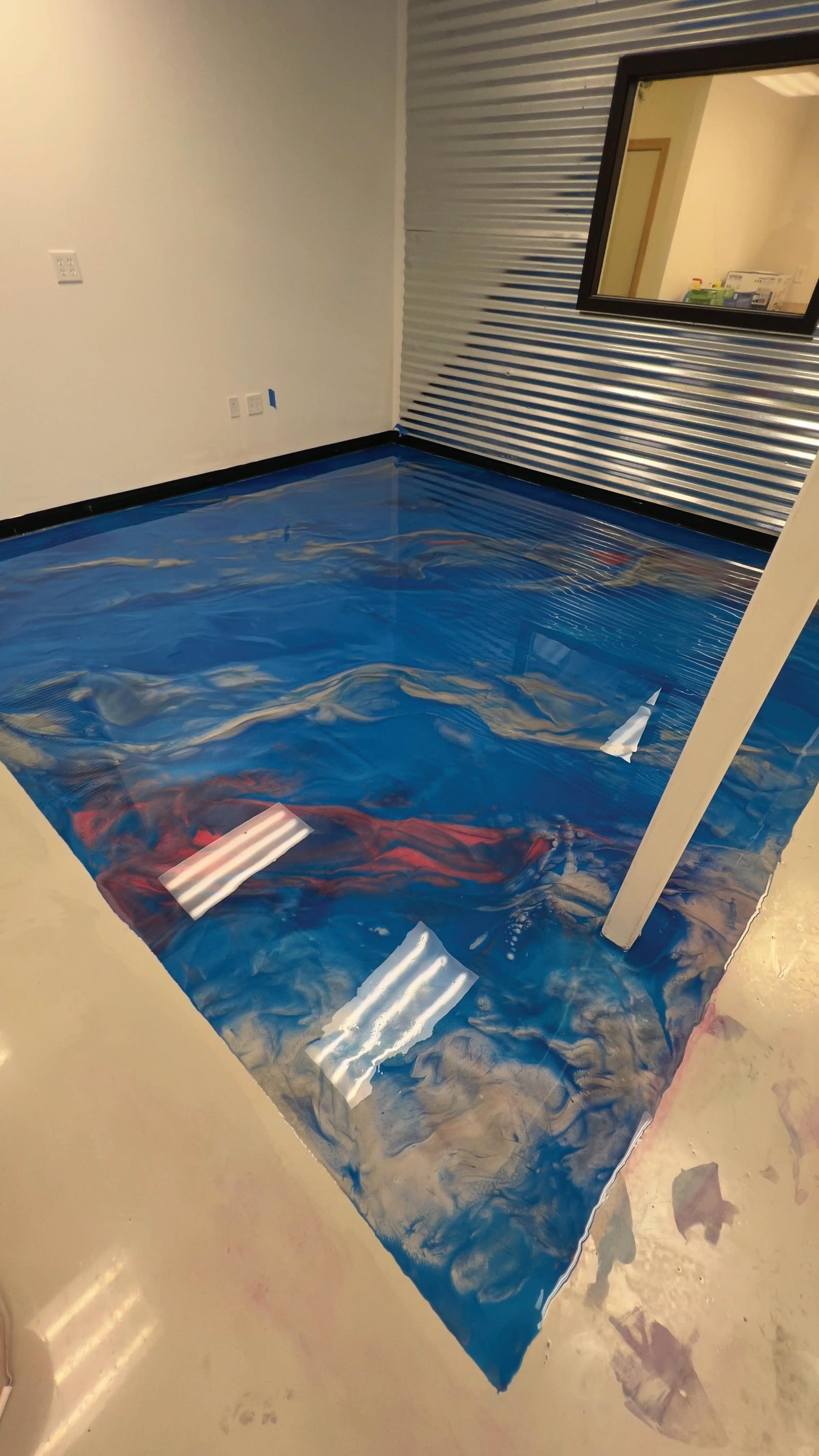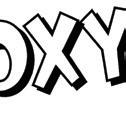UTAH FARMERS MARKETS



































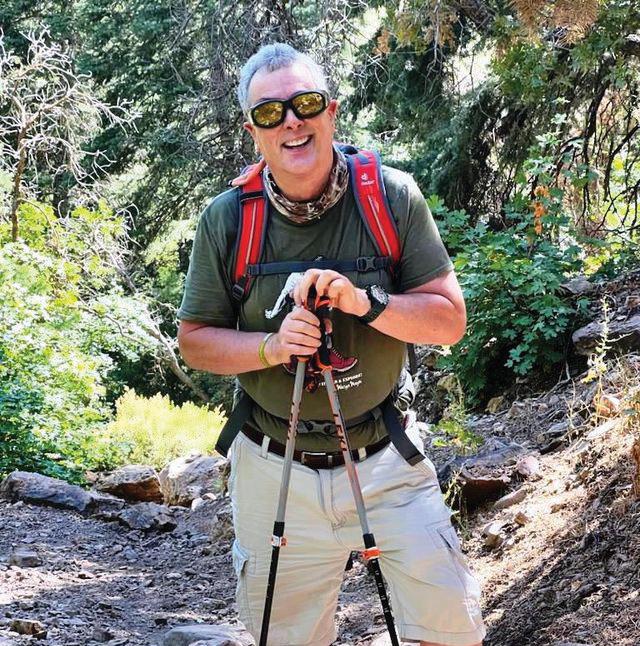
As a native-born Utahn, Dave started writing in high school where he gained a love of language, communication and photography. As a published freelance writer and photographer over many years, his work has appeared in a variety of local and regional publications.
Dave appreciates the power of language and the magic that words have to unite us and shape our perceptions of the world.
In 2014, he submitted a manuscript to Utah Stories, which they published. He soon became a regular contributing writer and joined the editorial staff as copy editor. He appreciates the diversity of stories about Utah and Utahns and the talented people who write them, and he credits Utah Stories for sharpening his skills as a writer, editor, environmental advocate, social observer, and political pundit.
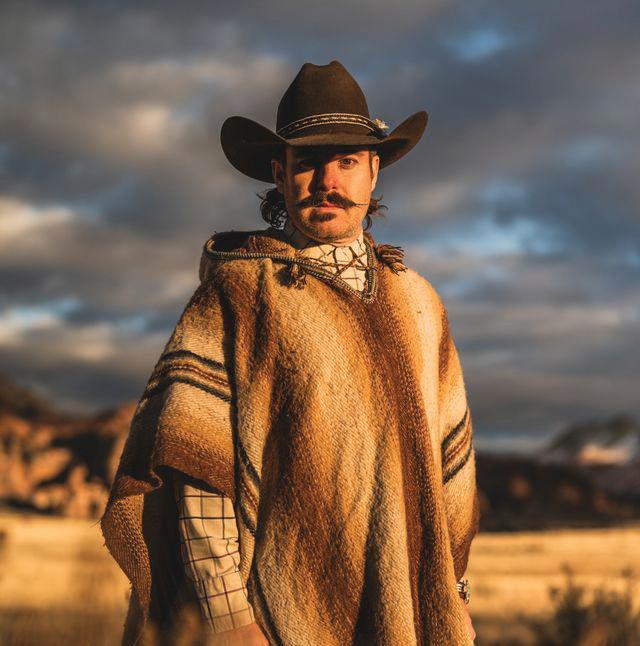

Tom Bennett is a nationally touring, outlaw-country, oneman-band from Georgia, currently based in St. George. A lover of all of Utah, Tom has lived in Ogden, Logan, Layton, Bountiful and Salt Lake City. He was originally featured in Utah Stories as a cocaine dealer back in 2006. He is the founder of The Colorado City Music Festival in Hildale — Utah’s Short Creek FLDS polygamist community.
Tom is the founder of H.O.W.L. — the Holy Order of Wildlife, and gives lectures on philosophy and religion. He is also a Sasquatch enthusiast. He meets with witnesses and scientists to discuss the phenomenon in his travels.
Raised on MacGregor Ranch in Estes Park, Colorado, Sam Crump grew up exploring nature while his parents cut the beetle kill from the surrounding woodland. At the age of 10, his family moved down the mountain to Boulder. Living in a big city, Sam learned to condense the beauty from the busy. As he grew older, Sam attended school for graphic arts and printing, where he learned the fundamentals of visual composition and design.
In his early 20’s, Sam found himself living in Montgomery, Alabama, helping an uncle restore an historic house. Some friends invited him to attend an annual fall trip to the Smoky Mountains. During this trip, Sam was introduced to Charles Walton, IV, a photographer for Southern Living Magazine, and to Charles “Wildlife” Jarman, a photographer/guide in the Florida Everglades. Amazed at the printed images they shared with him, the following year Sam made sure to show up with a “real” 35mm camera and was given a roll of professional film and an early morning lesson.
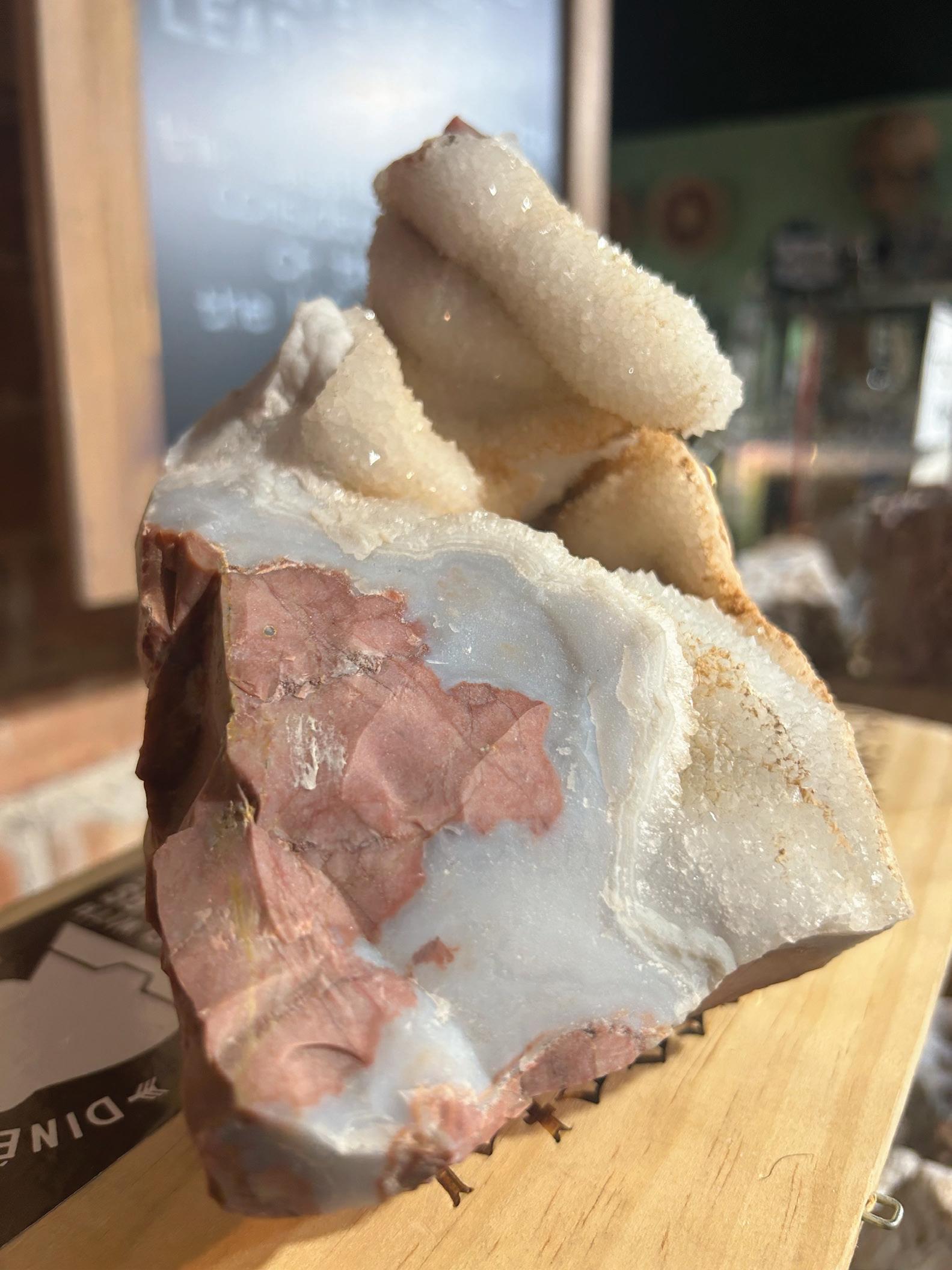

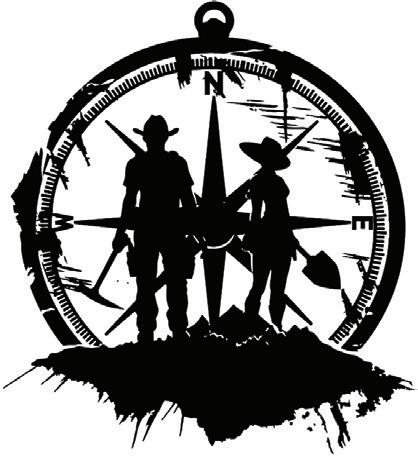






















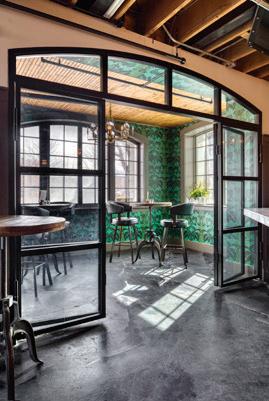
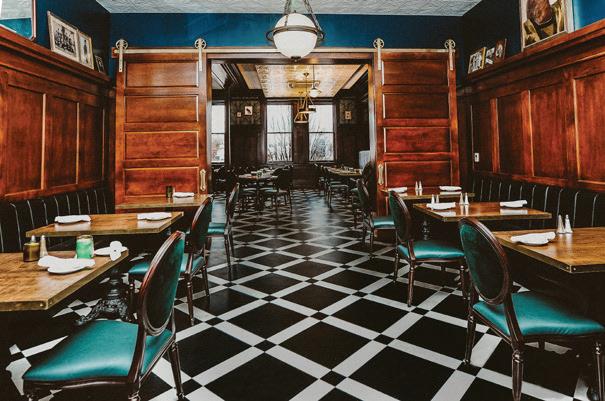
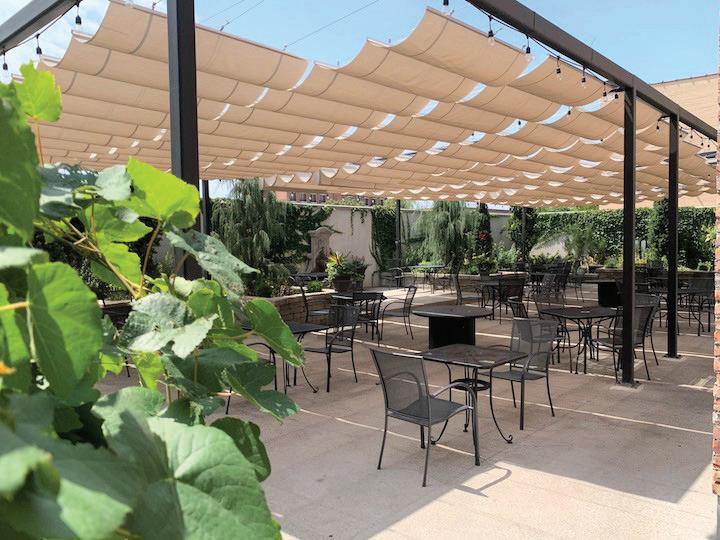





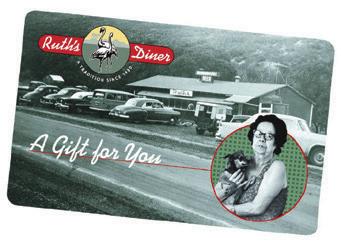
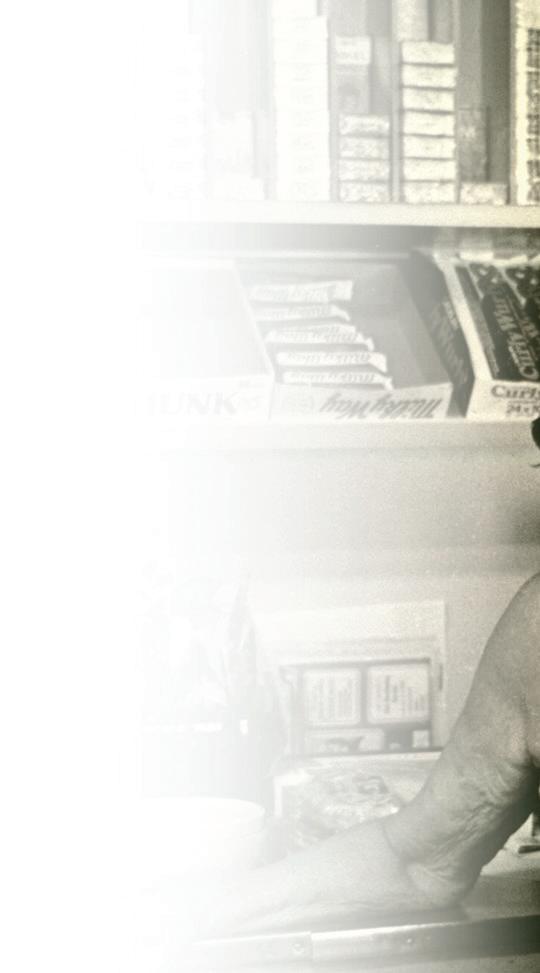



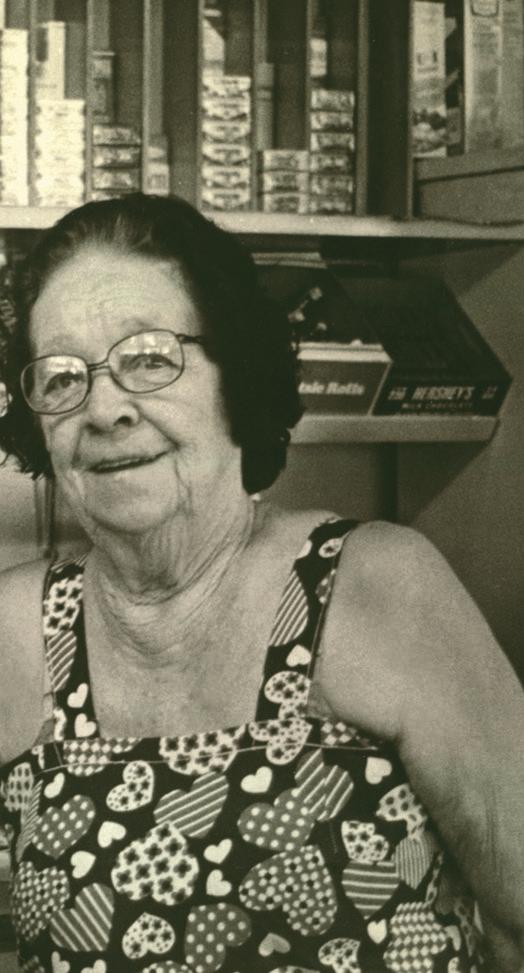

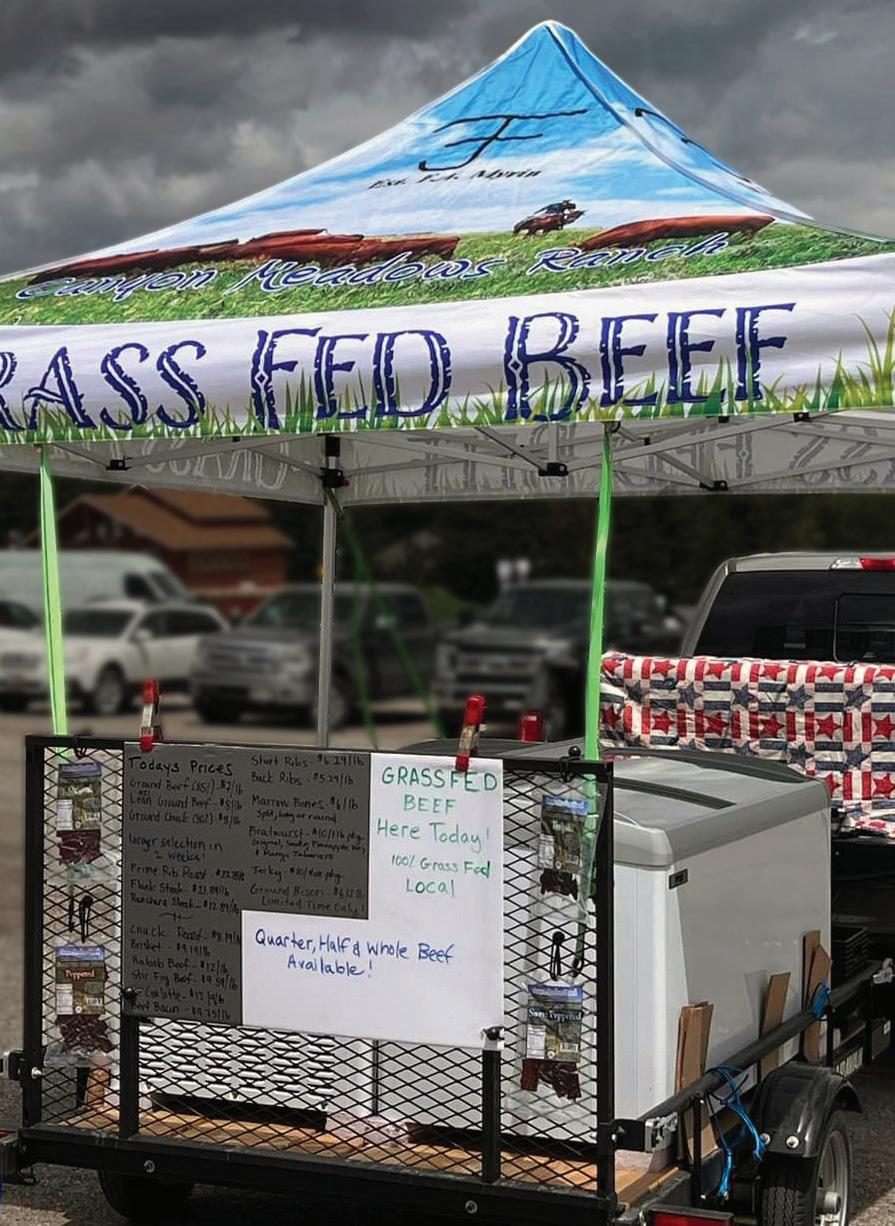
Email from reader Dan Rut
Regarding the bike theft article in the May issue:
Officer Javaid does not speak accurately regarding police efforts in recovering a stolen bike.
After telling an officer where an Air Tag was indicating the bike’s route of travel and its ending point, the officer said she would contact me upon recovery. The result, crickets. The AT was apparently found by the thief and discarded in a trash can on North Temple.
Furthermore, as the bike was stolen at Trolly Square, contact with TS security was made but viewing of the
video covering the area where the theft was not allowed. Later, I found security did not forward the video to SLCPD as promised.
Conclusion? Register the bike, Air Tag it, secure with a substantial lock, or better yet, bring it along while shopping, and if stolen, track and recover it. As proven, the police will not assist.
Regards, Dan
A reader’s comment on the Instagram reel about Utah renters’ inability to afford to buy a home: aspenridgedesign This state is out of control. Development priorities are to cash in on Californians and Mormons coming from other states. Selling their 3 bedroom, 2,000 square foot home for a million dollars, then moving to Utah with money to spend. Jacking up the price for those of us that live here. The wages don’t reflect the cost of living in Utah.
Visit UtahStories.com for exclusive online content including our Utah Stories podcasts.




Both parents have to work full time. Kids suffer from the lack of energy from their parents. Parents suffer from debt and no hope of getting out. Retirement is not an option for some. It’s bleak currently. We watch our state continue to pad the rich and take from the poor. Something is wrong here!

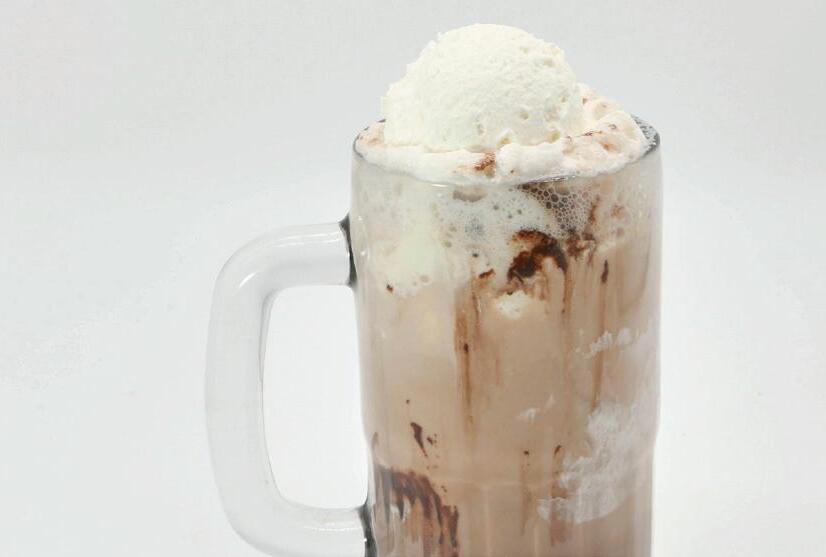


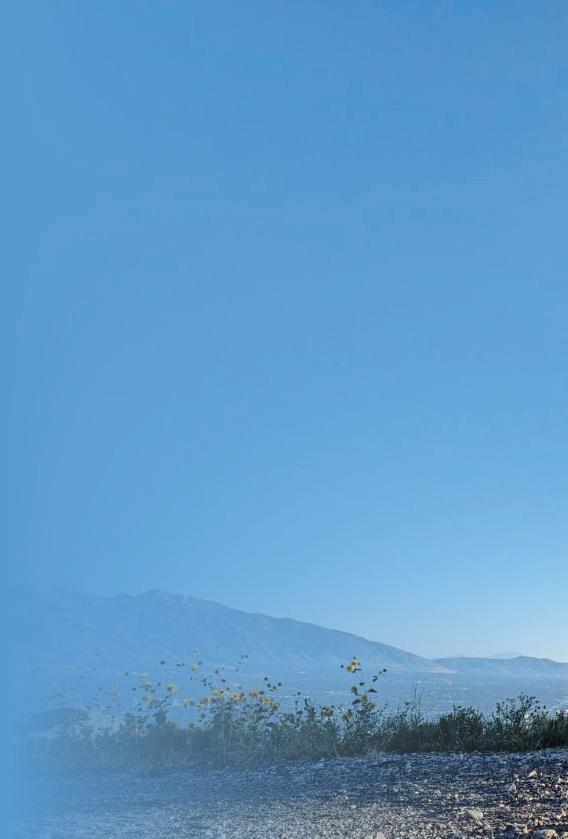








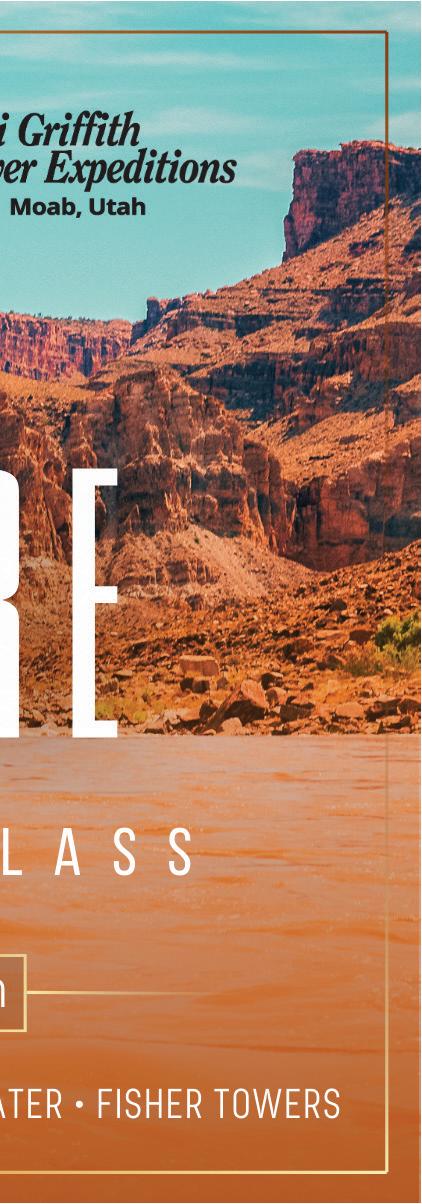
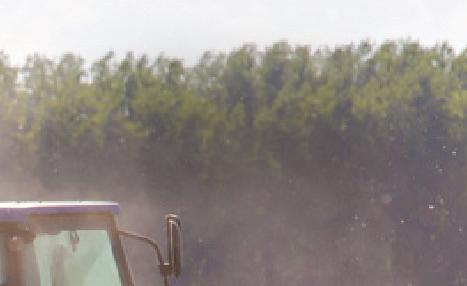



“solutions”
Infertility rates have nearly doubled over the past ten years, yet this statistic has received scant media attention. Chronic diseases such as juvenile asthma, juvenile diabetes, Type-2 diabetes and heart and lung diseases have increased ten-fold in the past 50 years. But oddly, few are asking why.
The Center for Disease Control and Prevention (CDC) has an $11.5 billion dollar budget, and their job is to ask what can be done to prevent diseases and to make Americans more healthy. They employ more than 11,000 people, yet there are no longitudinal studies being conducted to ask why Americans are getting sicker than ever.
Today, 60% of Americans suffer from at least one chronic disease, and 40% suffer from two or more chronic diseases. Why not study and understand what is causing this? While the CDC might not be asking why, they are putting a lot of effort into asking who and where?
The CDC reports that the number one chronic disease factor is socio-economic status. They can now predict chronic diseases
and their prevalence by Zip Code. The poor suffer more from chronic diseases far more than the wealthy. The CDC reports that excessive drinking, smoking, overeating and unhealthy behaviors are still a major factor in the health of citizens, but socio-economic status is the greatest predictor.
Strangely enough, the CDC does not examine the eating habits of those who suffer from chronic disease the most — habits such as whether or not eating more processed foods is a major contributing factor in overall health, or whether eating GMO foods has made a significant difference in the wellness of individuals.
It turns out that there is a control group that the CDC ignores in all of their studies. There are some Americans who are bucking the trend. They are poor people who are extremely healthy. Their socio-economic status is very low, but they suffer from far fewer chronic diseases than average Americans. How and why?
They are the Mennonites and the Amish. Both groups eat little to no processed foods;
both groups eat almost entirely foods they grow on their farms, using heirloom seeds and non-GMO products; and these people are far healthier than Americans who earn very little income.
Amish people remain physically active into old age, and they eat very well. Amish men take an average of 18,500 steps per day, making them six times more active than average Americans. 4% of Amish are obese compared to 36% of Americans overall, and they have 40% lower rates of cancer. Is this verifiable?
Recently, a few people pointed out that Amish children don’t suffer from chronic diseases like most American children. The Amish didn’t take the Covid vaccine, but are their children healthier because they don’t eat processed foods? The story and idea went viral. Then the AP was sent to the rescue to point out that the observations were “baseless” because there were no studies proving that the Amish are healthier.
But what the AP fails to ask is why are there no studies? Why is our CDC, with its billions of dollars, not examining why certain Americans who aren’t exposed to processed foods appear far healthier than Americans who eat lots of processed foods? Could our health have anything to do with the processing of our foods? The CDC isn’t asking this question.
While the CDC, it seems, isn’t overly concerned about studying the impacts of Americans eating more ultra-processed foods, the NYU school of global health conducted an 18-year study examining American’s diets and found that those who gain the majority of their calories from “ultra-high processed foods” are far more likely to suffer from diabetes and obesity than those who consume most of their calories from whole foods or less-processed foods. According to NYU:
“In the current industrial food environ-
ment, most of the foods that are marketed to us are in fact industrial formulations that are far removed from whole foods. Nevertheless, nutritional science tends to focus on the nutrient content of foods and has historically ignored the health implications of industrial food processing.”
We recently broke a story about how our local Utah Division of Wildlife Resources was spraying glyphosate over our wildlands on the benches in Millcreek and Parley’s Canyons. We posed the question: How and why is this considered to be okay?
Glyphosate’s brand name is RoundUp. Its parent company, Monsanto, now owned by Bayer, controls industrial agriculture. GMO wheat, corn and soybeans are made to resist glyphosate so that we can dump the most effective chemical ever devised to eliminate plant life directly on these crops and they won’t die, but the chemical agent will most certainly get inside of consumers.
We already have glyphosate in our food supply. One study found glyphosate in more than 95% of oat-based food samples. The introduction of glyphosate-resistant crops in 1996 added to the exposure. The World Health Organization deems glyphosate as probably being carcinogenic, while our American EPA says it’s safe. Who do you trust? The EPA has had Monsanto executives running the organization for years.
Conclusion: Spend more money with local farmers; support local farmers; support local agriculture, especially those who are growing whole foods that are fresh and healthy. We need to maintain our local food supply. And we hope that our DWR does their own research concerning glyphosate safety, and concludes that the $11 billion that Monsanto has paid out in class-action lawsuits is due to the chemical clearly being carcinogenic.
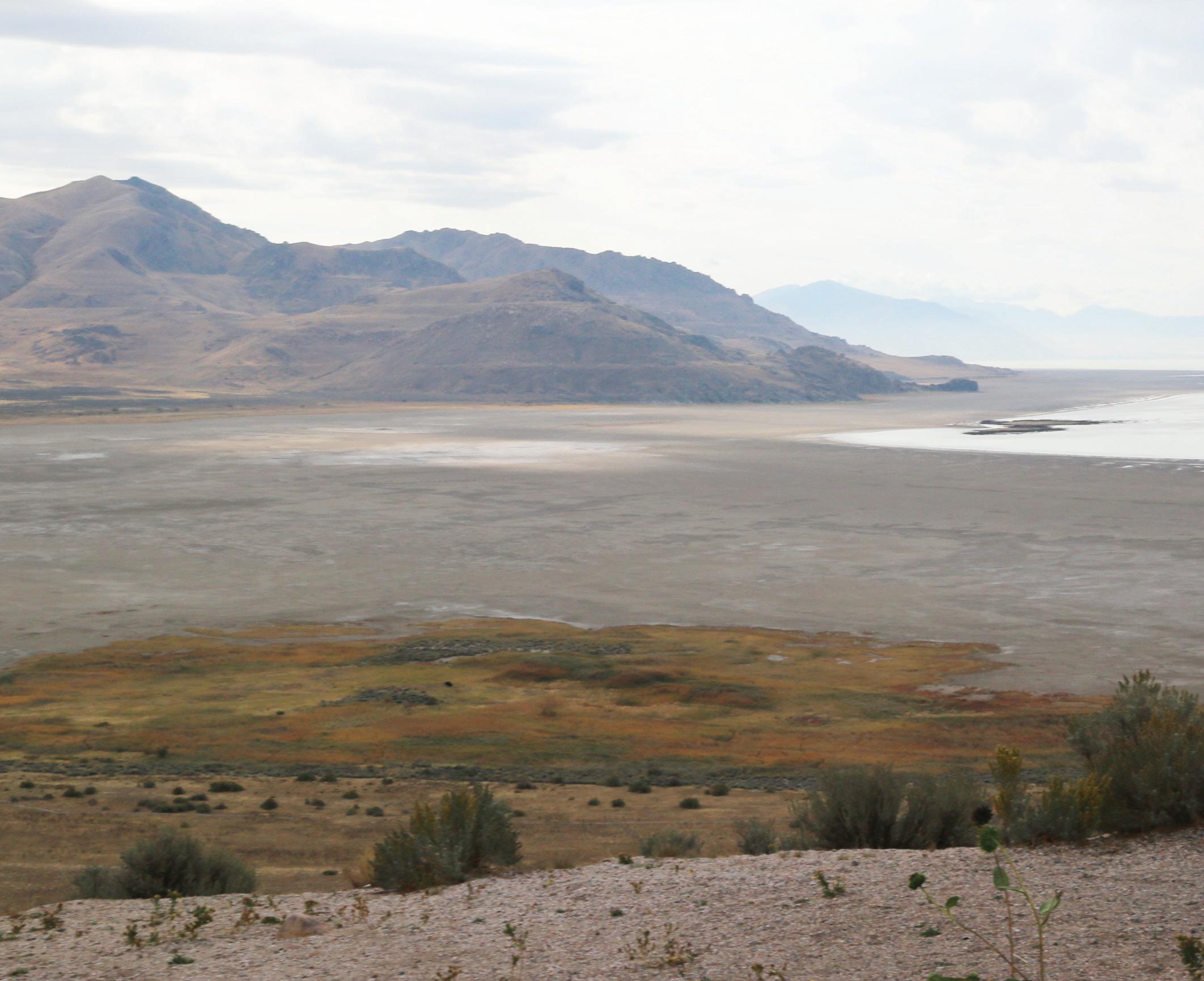
s crazy as it sounds, there may be collusion among some Utah legislators and others to allow an already diminished Great Salt Lake to dry up completely.
Zach Frankel is the executive director of the Utah Rivers Council, an organization dedicated to the preservation of Utah’s rivers and waterways. In a November 2023 interview with Joey Santore, host of the podcast Crime Pays but Botany Doesn’t, Frankel outlined the conspiratorial nature of Utah water managers and their high-paid propagandist lobbyists on Capitol Hill to subsidize and sell Utah’s vital water resources for a mere fraction of their value, and to convince legislators that “any water that reaches the Great Salt Lake is wasted water.” This has led to the diversion of crucial water that was once used mostly for
agriculture now being frivolously sprinkled on the insatiably thirsty and ever-expanding suburban lawns of Wasatch Front homes and businesses.
Despite being the second driest state in the nation, Utah wastes more water than any other state, with the highest per person water use in the country. We’ve all seen those sprinklers that water far more than just the grass. We water our driveways, sidewalks, curbs, gutters and parking lots with drinkable water, allowing the excess to flow down the street and into the nearest storm drain.
Have you ever wondered why we’re so obsessed with growing perennial grasses in a desert? Now that most of our farmland has been supplanted by rampant development, shouldn’t we be growing gardens instead of turf grass?
While there many factors involved in the lake’s decline, there are allegedly people in government and private industry who want the lake to dry up because they see it as 1,699 square miles of potentially buildable real estate, despite the dangers of toxic dust and its associated public health risks, reduced snowpack, and potentially billions of dollars in economic damage.
More than 150 years of human indifference, interference, mismanagement, anthropomorphic climate change, and a failure to understand natural biotic systems have reduced the lake to a large, briny puddle, undermining its vital role as a migratory flyway for 330 bird species, including the tiny endangered Wilson’s phalarope, and hastening the destruction of abundant wetlands and shoreline habitats that support thousands of diverse plant and animal species.
Listing the phalarope as endangered would invoke federal intervention. Governor Cox bristled at that prospect, stating, “So we don’t think there’s any need for a listing there and we’ll definitely push back on any potential listing.”
Emergency measures are required to save the lake, and many concerned groups and individuals have come to the lake’s rescue in an attempt to thwart any further reduction in its level, which fell to an historic record low in 2022. Without major infusions of water in 2023 and 2024, the collapse of the lake and its ecosystems may be imminent.
One unexpected advocate, The Church of Jesus Christ of Latter-day Saints, permanently donated 5,700 water shares to the lake beginning in 2023, which translates to more than 20,000 acre-feet of water annually.
Other entities, such as The Nature Conservancy, Friends of the Great Salt Lake, The Audubon Society, and many more, have been sounding the alarm for years that neglecting this natural wonder would have far-reaching
consequences for air quality, snowpack, jobs, farms and industries.
Despite efforts by those who understand the lake’s multi-billion dollar impact on Utah’s economy, including keeping our ski industry viable, there may be subterfuge on Utah’s Capitol Hill to sabotage these worthwhile efforts to accommodate even more unregulated population growth.
This is what happens when politicians, who lack any scientific acumen, pass laws about things they don’t understand. But there is something more insidious going on here than mere legislative ignorance. There are more than 1,500 private water companies, irrigation companies, municipalities and water districts in Utah, and according to Frankel, “water in Utah flows uphill to money.”
It’s easy to blame agriculture, but farms alone are not responsible for the lake’s present condition. After all, most modern farms, such as Tagge Farms, use intricate irrigation systems that disperse water sparingly, whereas most residences do not, and the most dominant crop, alfalfa hay, is not overly water consumptive. Conversely, major water consumers like the University of Utah, which uses millions of gallons annually, pay nothing for water because of their tax exempt status. It’s a very lopsided system.
This is due in large part to Utah’s arcane water laws whereby water suppliers are subsidized handsomely via residential property taxes for the water they provide to Utah homeowners, resulting in some of the lowest water rates in the nation. This leads to the false assumption that water is plentiful because it’s cheap. As the second driest state in the nation, water in Utah is not plentiful. If Utahns paid for the water they actually use, they might use it more responsibly.
There have been years when Wasatch Front residents worried about diminishing reservoir levels and potential water rationing.
Meanwhile, the state was busy damming and diverting critical runoff from all sources to prevent it from ever reaching the Great Salt Lake. A proposed Bear River pipeline may have sealed the lake’s fate, although the need for a pipeline is now being reconsidered. Without Bear River water, the Jordan River would be the only tributary entering the lake, thereby sealing its fate.
By allowing the lake to essentially dry up, all available tributary water could then be sold or squandered at the discretion of municipal water districts, and our development-addicted legislators could fill a mostly dry lakebed with cookie-cutter houses and strip malls to their heart’s content.
Who are the legislators who want the lake to die? Frankel didn’t say, but in a report from May 8 of this year entitled, Lawmakers push back on critics who demand more action to save Great Salt Lake, Fox 13 reported that “Two powerful politicians pushed back on criticism that the Utah State Legislature isn’t doing enough to save the Great Salt Lake,” while touting legislation that establishes “new regulatory frameworks for mineral extraction industries on the Great Salt Lake and how
much water they can take in the future.”
The Sierra Club reports that, “For the first time, republican leadership took steps to hold industries accountable and limit their unfettered use of Great Salt Lake water.” While this is commendable, it should have been done years ago.
Nevertheless, a consortium of activists and environmental groups filed a lawsuit and protested the state’s efforts, demanding that state leaders do more. Rep. Casey Snider (R-Paradise) called them “Frivolous lawsuits about trust and birds.”
It should surprise no one that some Utah politicians might try to exploit a vital and vulnerable resource like the Great Salt Lake based on an abysmal anti-environmental record. Many of them are developers, and they don’t care what they destroy in the pursuit of “progress.” It’s not unusual, therefore, that they see an immense dry lakebed as just one more way to cash in on a population boom.
Like so many other political boondoggles, The Great Salt Lake is too important to be sacrificed to the legislative profit monster. Now, more than ever, we must recognize that nature’s fate is intertwined with our own.
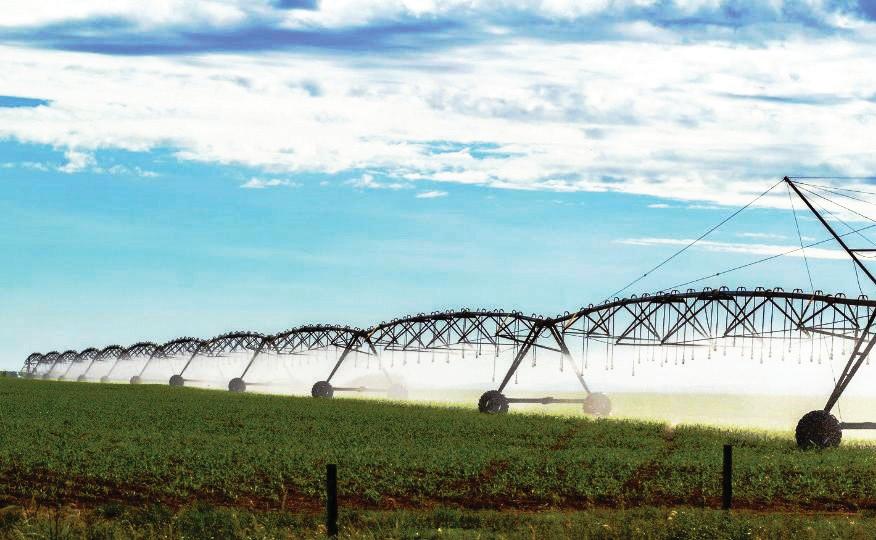



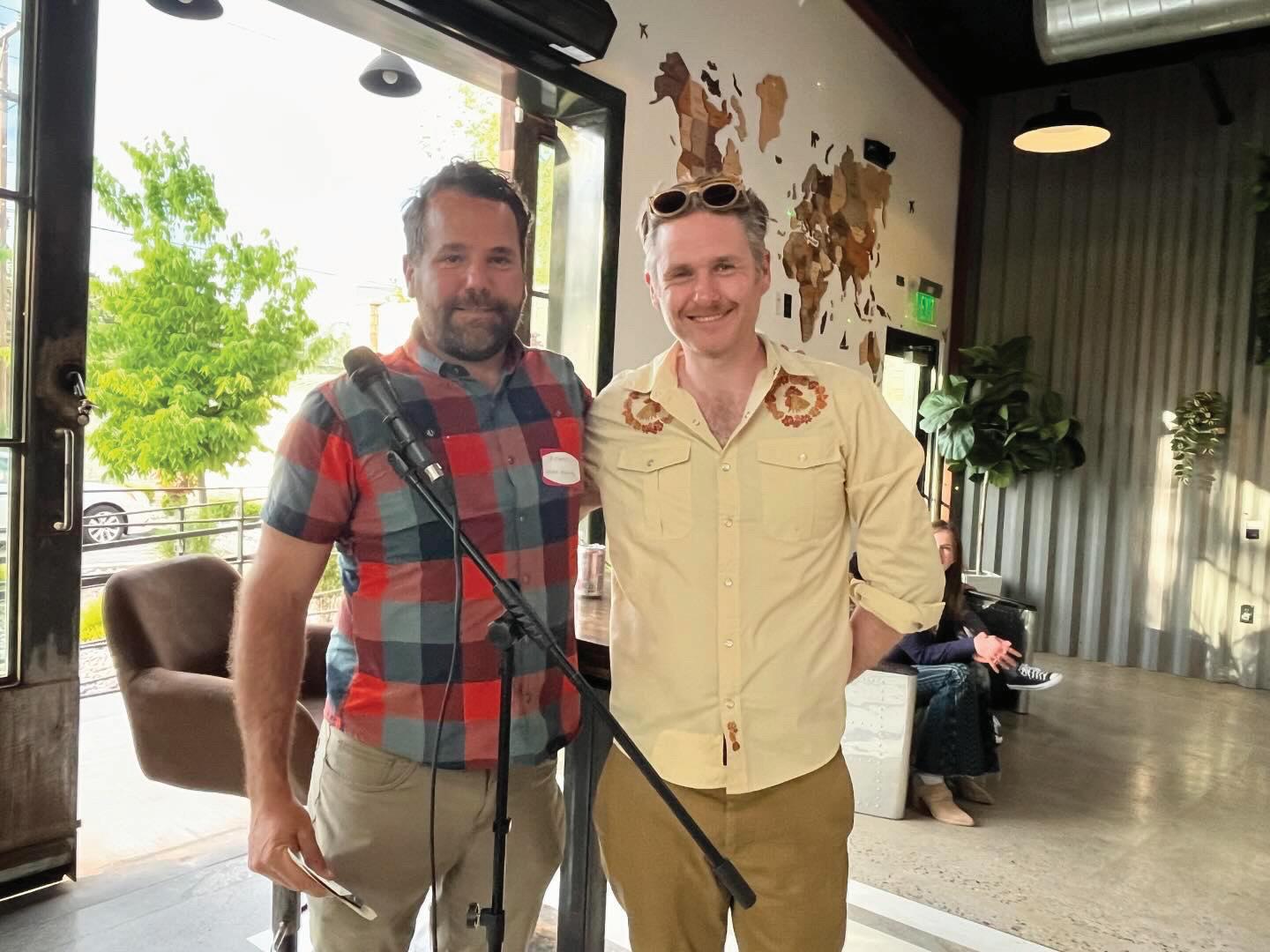





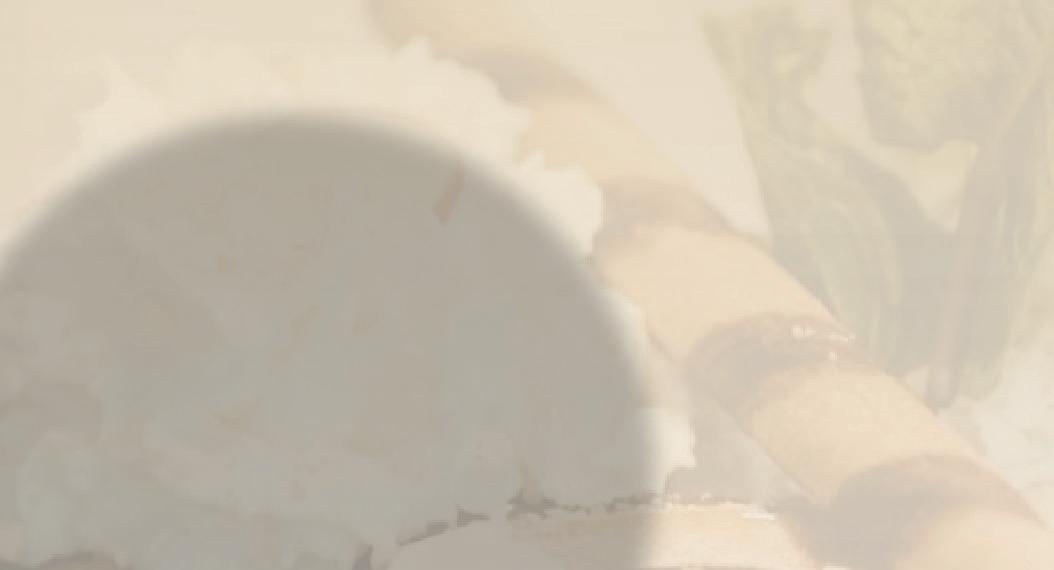








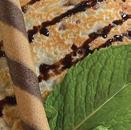
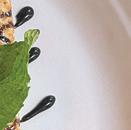
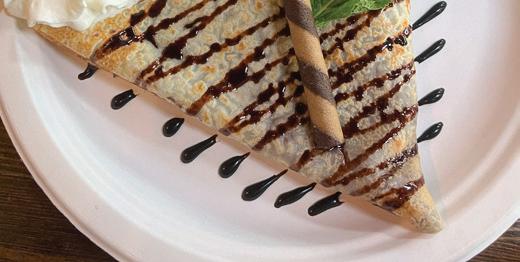









 By Laurel Dudley
By Laurel Dudley


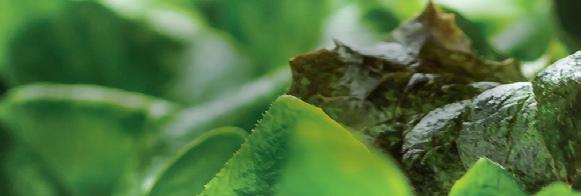
Head east through Huntsville along a flat stretch of state route 39 and you’ll pass an unremarkable cluster of white shipping containers. The six 40-footers sit side-by-side and look as if they could be storage bins. There’s no sign, just a small gravel parking area alongside rough pasture land. What’s inside may surprise you — a farm, founded by two brothers, that grows lettuce and herbs year round. It’s called Fresh Simple Greens.
Younger brother, Cooper Griffiths, 25, swings open the door to the container marked “2”. A sweet, floral aroma engulfs us. In the red hue of LED lights (which act as artificial sunlight), dozens of leafy bundles protrude from a wall. He flips on the overheads. Floor to ceiling panels, like bookshelves, teem with basil and stretch most of the container’s length. Three more walls, which Cooper moves with the twist of a dial, brim with lettuce and more herbs — thyme, oregano, sage,
mint, and their latest experiment, chives. “If it doesn’t grow well, we’ll get rid of it,” he says.
After two-and-a-half years in business, Cooper says, “It’s like a constant science project.” But patience and persistence are paying off. Orders continue to increase — from customers who buy direct and rave about the crisp, fresh taste of their lettuce, and more recently from grocery stores, which buy their herbs.
The accumulation of small wins has left Cooper and his brother, Porter excited to keep charging ahead. Of course they want to grow their business, but they also want to be an example of farming that uses significantly less water and zero pesticides and provides produce (even through the winter) that’s tastier and longer-lasting.
Growing up in Draper, the brothers recall daydreaming about starting their own business. But the idea for Fresh Simple Greens didn’t occur to them until 2020, when the
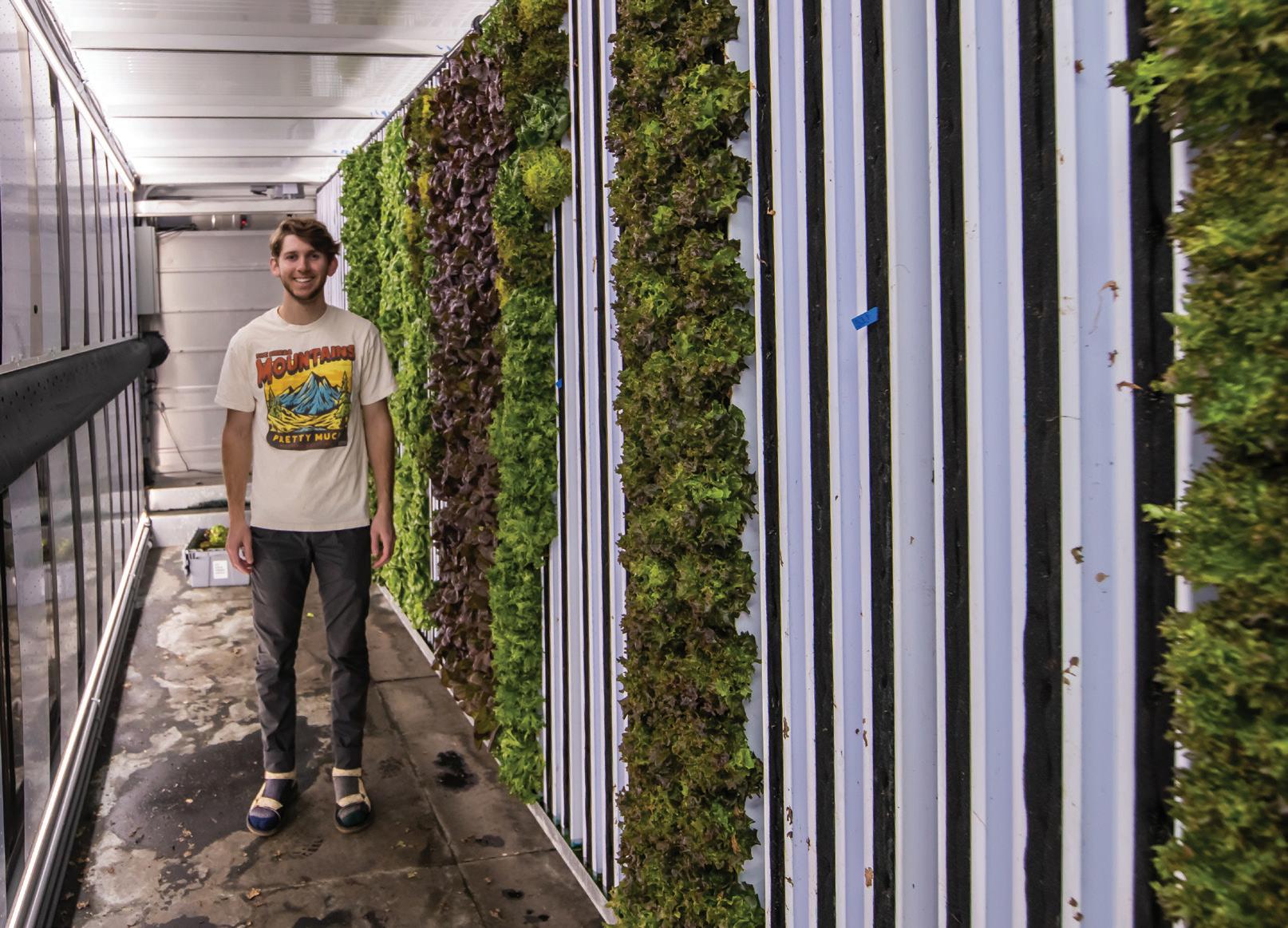

global COVID-19 pandemic sent supply chains spinning.
“We joined a wave of people who all started to think about where stuff comes from,” Porter, 29, said, recalling empty grocery store shelves and the run on toilet paper. If production and shipping were so easily disrupted, couldn’t it happen again?
Around the same time, Porter’s father-inlaw emailed the family a link to a video about growing microgreens indoors. Porter’s wife, who has an auto-immune disease and who’s always on the lookout for fresh, pesticide-free produce, latched onto the idea.
“We started to think,” Porter said, “could we grow full-size vegetables?” Cooper, Porter and their dad, began a “group brainstorm” and tumbled “down a rabbit hole.” They researched and plotted for a year. By December 2021, Porter and Cooper incorporated the business. They purchased seven acres of agricultural land in Huntsville, a Mercedes-Benz
sprinter van to make deliveries, and six climate-controlled containers made for indoor farming from the Boston-based company Freight Farms. According to Freight Farm’s website, one container requires a surprisingly small amount of water, about five gallons a day, and can grow the equivalent of 2.5 acres of produce.
Having grown nothing more than a simple backyard garden and a couple trays of microgreens, Cooper and Porter dove in to learn all they could about their new hydroponic system, which uses water infused with nutrients instead of soil to grow plants.
While the basics “are pretty straightforward,” Porter says, there are still dozens of variables, often minute, that affect how the lettuce and herbs grow. Slight temperature and lighting changes (which they control) and varying solutions that maintain the water’s pH and infuse essential nutrients — including nitrogen, phosphorus and potassium — all

Red and blue LED lights, which act as artificial sunlight, alternate depending on the plants’ growth stage. The lights “throw your eyes for a whirl,” Cooper says. It’s why he usually shuts them off when he’s inside working.



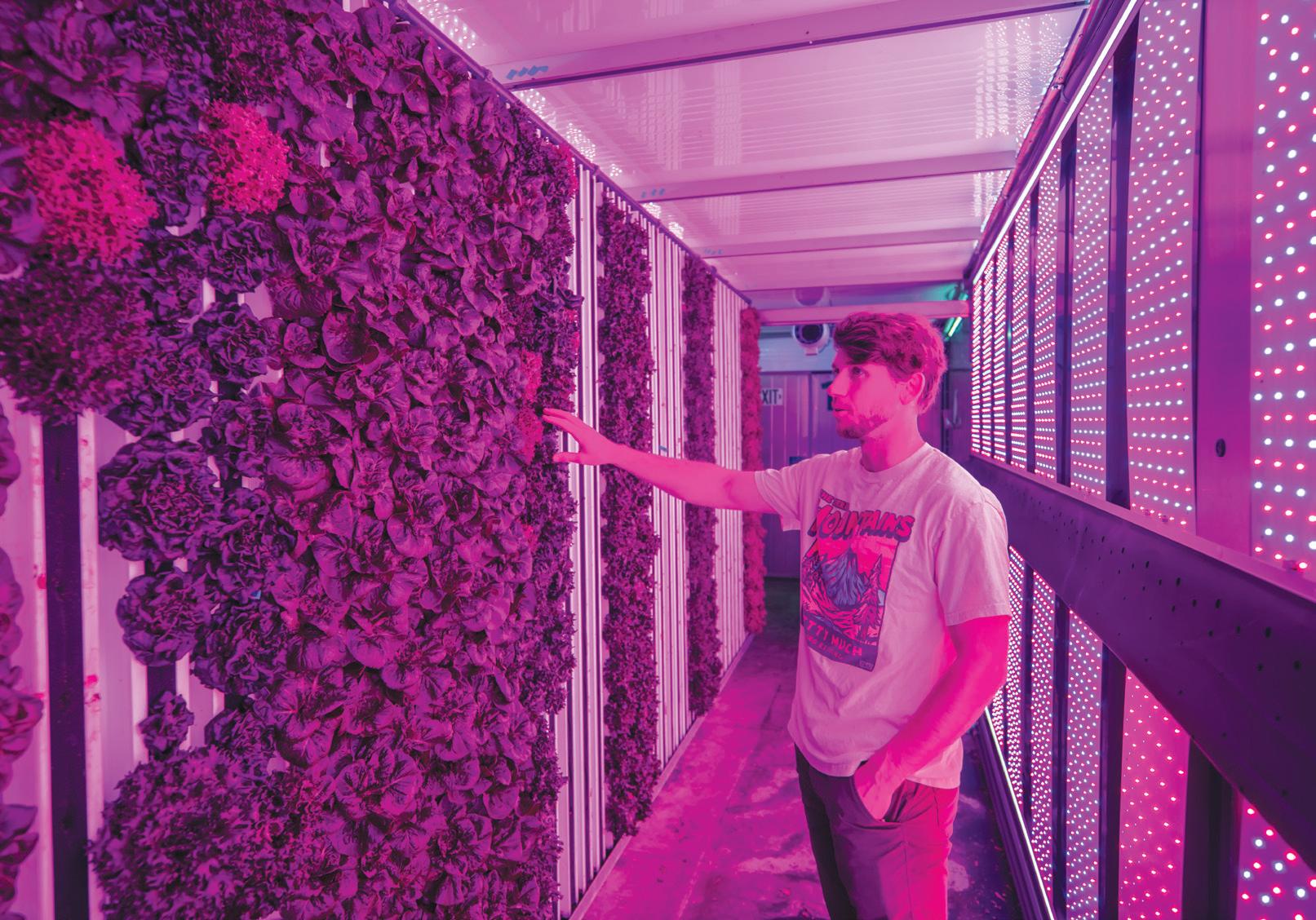
interact and create different results.
The learning curve, Porter said, “has taken longer than we thought.”
That’s been frustrating, but they feel fortunate to lean on their dad, Donald, a serial entrepreneur, whose own father founded the shave ice company Tropical Sno (Porter still works there part-time).
“Nothing happens overnight,” their dad reminds them.
When they harvested their first crop in the fall of 2022, it was about 137 pounds. Now they’re harvesting more than three times that, about 470 pounds a month. Cooper says his goal is to consistently harvest 550 pounds. But what variables does he need to adjust to get there?
“That’s one of the things that keeps me up at night,” he said. This week he’s expecting a shipment of plant nutrients from a different brand. He’ll try the solution in one container and monitor leaf color and size while the plants mature, which takes about two months.
“It’s pretty fun, satisfying work when it goes right,” Cooper said.
But as with many start-ups, things haven’t always gone right. Last year, they visited nearly 50 restaurants hoping some would want to buy their lettuce. None did. “I think our price point was too high,” Cooper said. On the other hand, they never anticipated selling to grocery stores. Now, one third of their sales come from nine stores that buy herbs, mostly basil, including Lee’s Marketplace in Ogden and Bowman’s Market in Kaysville.
The remaining two thirds of their business comes from customers as far south as Draper who order from the Fresh Simple Greens website.
Holly Bertram, who lives in Huntsville, buys lettuce every other week. Compared to the greens she used to buy at Costco, she says, “These are so fresh. You can definitely tell the difference.”

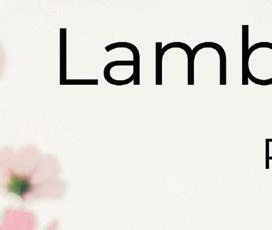

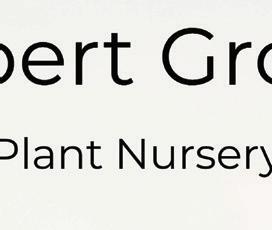









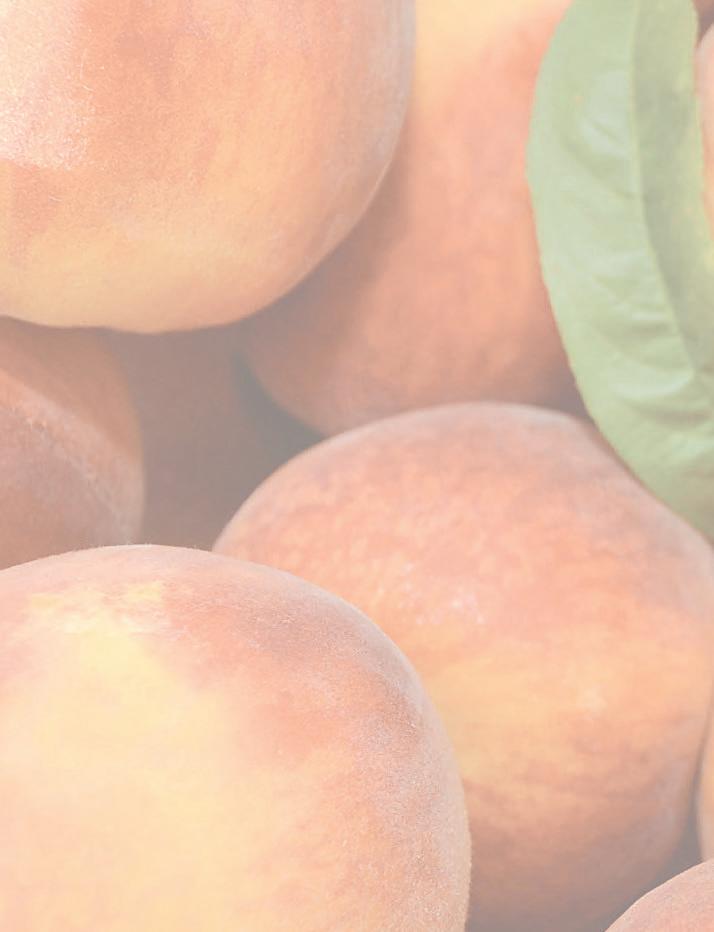


What do you do with a radish that doesn’t come in a pre-mixed salad bag? You make a radish sandwich, of course. At least that’s what Alan Bangerter’s family would do. “You just add a little butter and a bit of salt,” said Bangerter during a recent interview regarding the 122-year-old family farm.
In 1886, Alan’s great-grandfather, Nicklas Bangerter, came to Utah from Switzerland, and in 1902, he bought the original 10 acres of land for the family homestead located in Bountiful. That investment in land has served the past six generations well, producing some of the state’s best zucchini, sweet corn and other vegetables, and of course, radishes. They have since added more acreage in Bountiful and Farmington.
“My dad, Charles W. Bangerter, was born on the farm in 1918 in the home built by his dad, Orson N. Bangerter, in 1906,” Alan said.
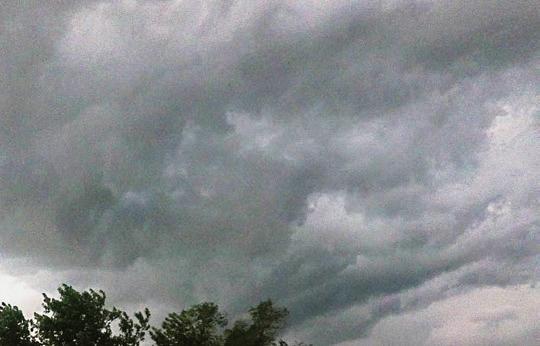
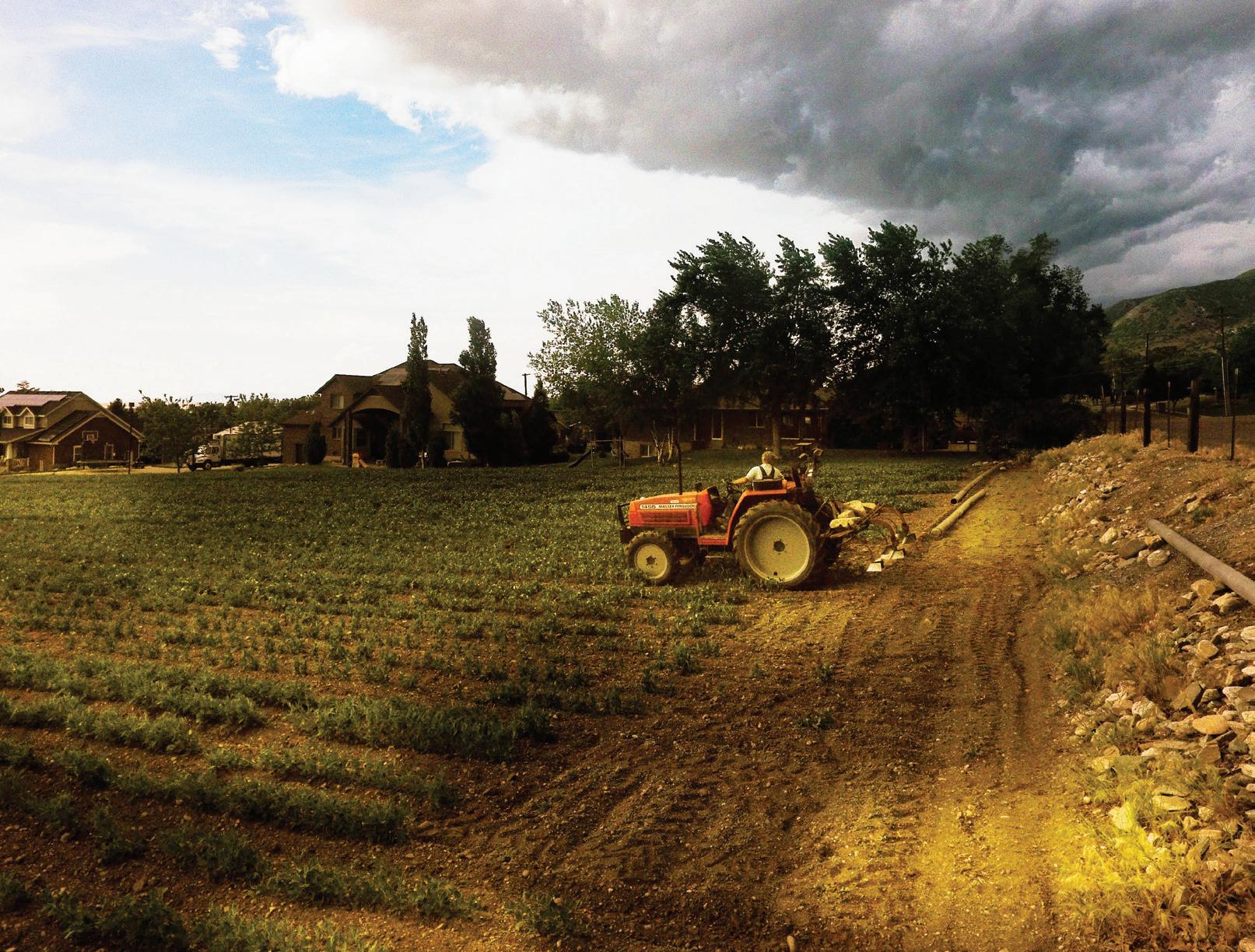
“He worked on it for over 80 years until he passed away in 1999.”
The family farm, Chas W. Bangerter & Son, named after Charles, is now managed by his son, Alan Bangerter, and his three sons and a daughter (Charles, Nicklas, Bryce, and Ally) who now manage the family business.
Bangerter Farms has seen its share of challenges over the last 122 years. The challenges that come with modern farming may be different than they were in the Great Depression years, but they are always in the back of any farmer’s mind.
Selling locally sourced produce to local consumers or restaurants isn’t a new concept; organic and sustainable is a must for many, but it takes a lot of work to keep a farm running to make sure that fresh-grown produce makes it to your dining room table.
In 2018, Bangerter Farms faced a huge challenge and loss of land due to eminent domain
when they learned the West Davis Corridor — an offshoot of the Legacy Highway — would take a huge portion of their land.
“For the two highways (Legacy and West Davis Corridor) they took 38 acres, and we fought against the rest that they wanted,” Alan mentioned as the tractor sat idle in the middle of the field while he took a phone call. “The loss that comes from development is hard,” he said.
“We’ve been able to enhance our land so that it produces some of the best vegetables in the county — maybe in the whole state,” he said. “Some people don’t realize that radishes (one of our minor crops) are going for a lower price this year than they were the last four years — but the cost of fuel, fertilizer, seed, and other items is more money now, and with the current inflation it’s difficult to compete against produce purchased in bulk that is shipped in across state lines.”
Conservancy District; however, some of their land falls under a different jurisdiction, making some of the farm’s water bills extremely high. This makes the cost of production higher and lowers the profit margin. It’s like the circle of life for farmers. It’s all connected.
Drought is always a challenge for the farm and they watch every drop of water they use. They’ve experienced early water shut-offs to specific locations from Weber Water due to the drought, and going without water makes it difficult to grow zucchini or anything else.
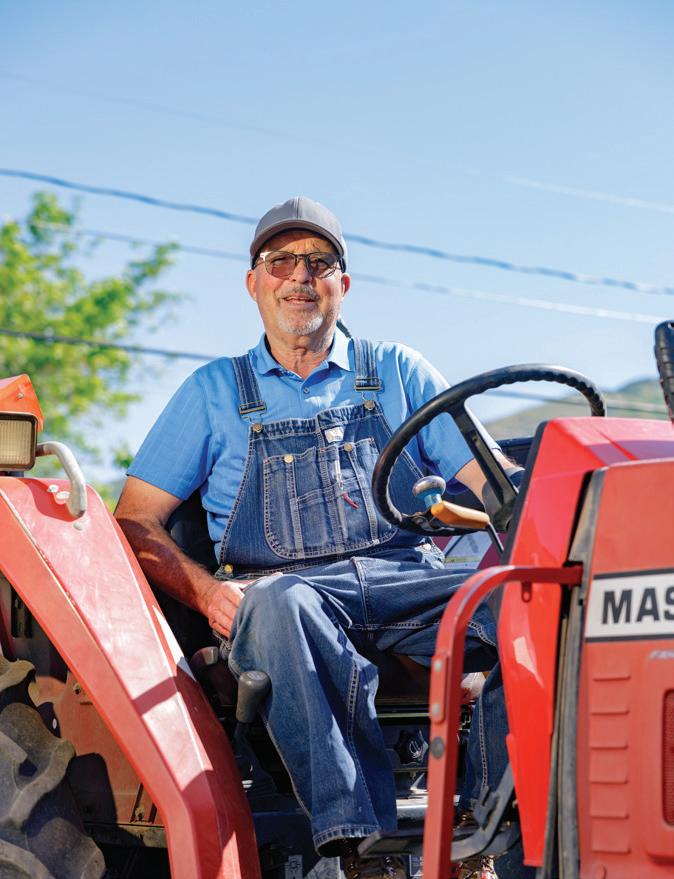
The family is well known for their farm stands and bulk produce that goes to local retailers and restaurants like the Mandarin in Bountiful, which purchases from them. They donate any surplus to the food bank three times a week. Alan explained that they “do about 90% wholesale and 10% at the farm stand, but they have costs besides the fuel and fertilizer that come with that as well. The cost of water has jumped up exorbitantly for a couple of our fields.”
The farm falls within the Davis Aqueduct which is overseen by the Weber Basin Water
“We have a huge operation here,” Alan said. “We produce as much per acre as any other vegetable farm in the state on our 100 acres and we’re blessed to be here.”
The season runs from mid-May to late October and is always weather-dependent.
The Chas W. Bangerter & Son, Inc. farm produces two semi-trailer loads of fresh produce a day during peak season. “We’re a tough breed but we’ve had to work hard to protect our farm,” said Alan.
“Everything we have here is hand-harvested and if it doesn’t get harvested it doesn’t get to market. We usually hire about 30 to 50 local adults and teens,” Alan said, “in addition to the 10 H2A Visa Workers we have for the season. The government sets the wage for them and we have to house them as well. They are hard workers and we appreciate them.”
The top five commodities produced in Utah are alfalfa hay, beef cattle, dairy cows, sheep, barley, and various fruits and vegeta-
bles. Therefore, it’s amazing that farms still have to prove they are necessary to maintaining the American way of life. At the very least, these farms provide dinner for you and your family.
The costs are high for farmers and ranchers, both emotionally and financially, with the ever-increasing inflation, fighting to keep their land, and as the Bangerters did in 2018, legally placing their land within an Agricultural Protection Area (APA) which shields it from the state and others for the next 20 years. But it all comes with a cost. A cost that can take an emotional toll. According to the National Rural Health Association, “Farmers are 3.5 times more likely to die by suicide than the general population.”
And financially speaking, some of the cost increases are eventually handed down to the consumer; you and me.
According to the US Inflation Calculator, the cost of fuel has skyrocketed over the last four years from a 1.2% inflation rate to a 4.1% average in 2023, with 2022 hitting a sky-high 8% increase; the highest in the last 24 years.
It’s not simply fuel, it’s the cost of anything
farm-related, things that most of us don’t think about at all. Cardboard Cartons for instance — the ones coated in wax that carry the vegetables from the farm to the truck to the store and sometimes into your homes. Cardboard prices hit an all-time high last February, according to the Producer Price Index from the US Bureau of Labor Statistics, and its value has risen 4% since December 2020. Not to mention the cost of wax that coats the cardboard too, since wax is a petroleum-based product. It’s all gone up, making it difficult to sustain the way of life that once made farming such a desirable way of life.
Bangerter said he’s not interested in selling. He never has been. “My family will continue to farm the land for generations to come,” knowing that he “can’t replace what we have,” he explained. “I feel responsible to make sure that my kids and grandkids are supported and can keep farming.”
Despite the challenges, the Bangerters have already begun planting for the season, tilling the ground, planting peas and corn, and yes, radishes for those homegrown farm-to-table radish sandwiches.
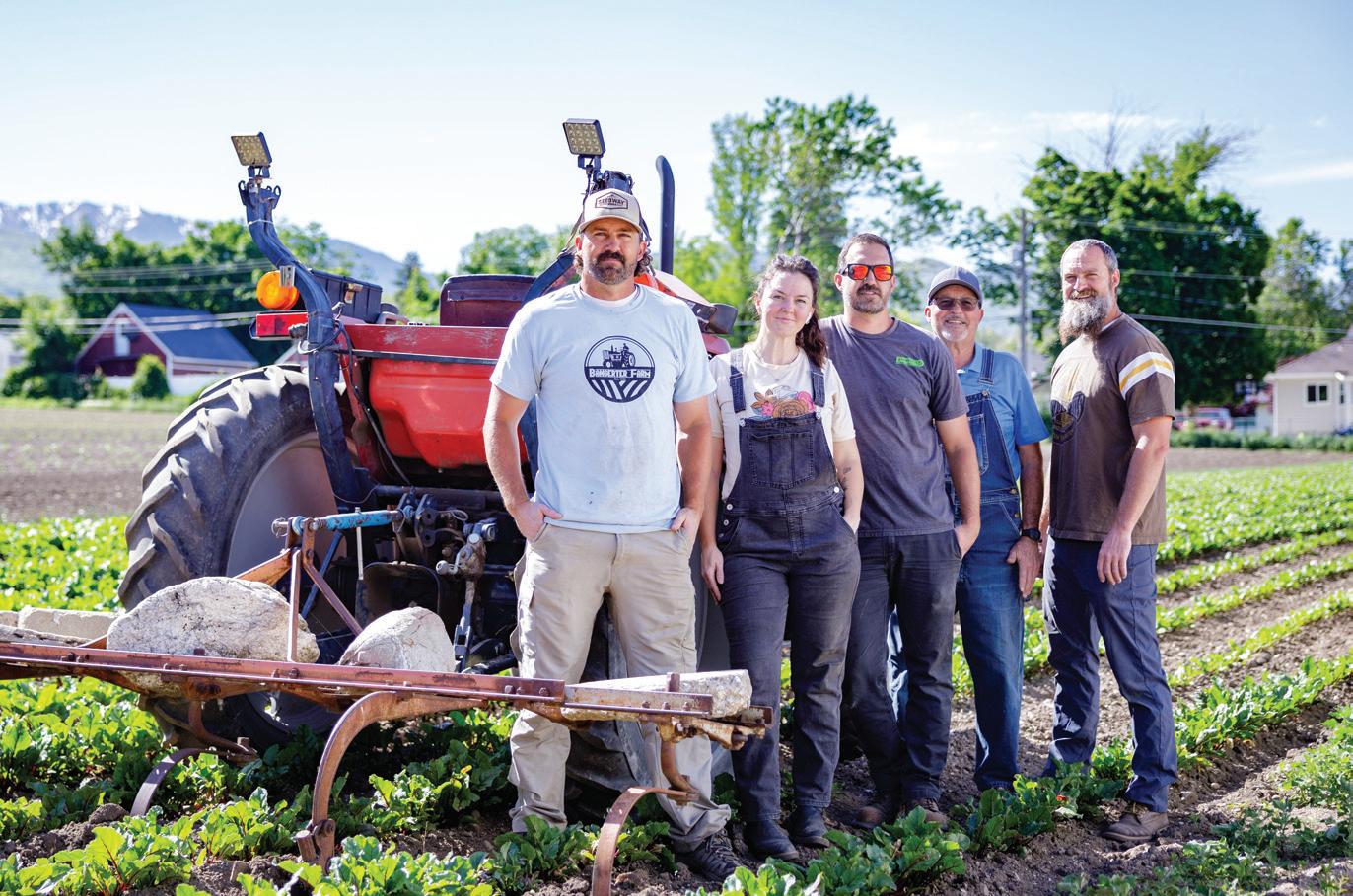



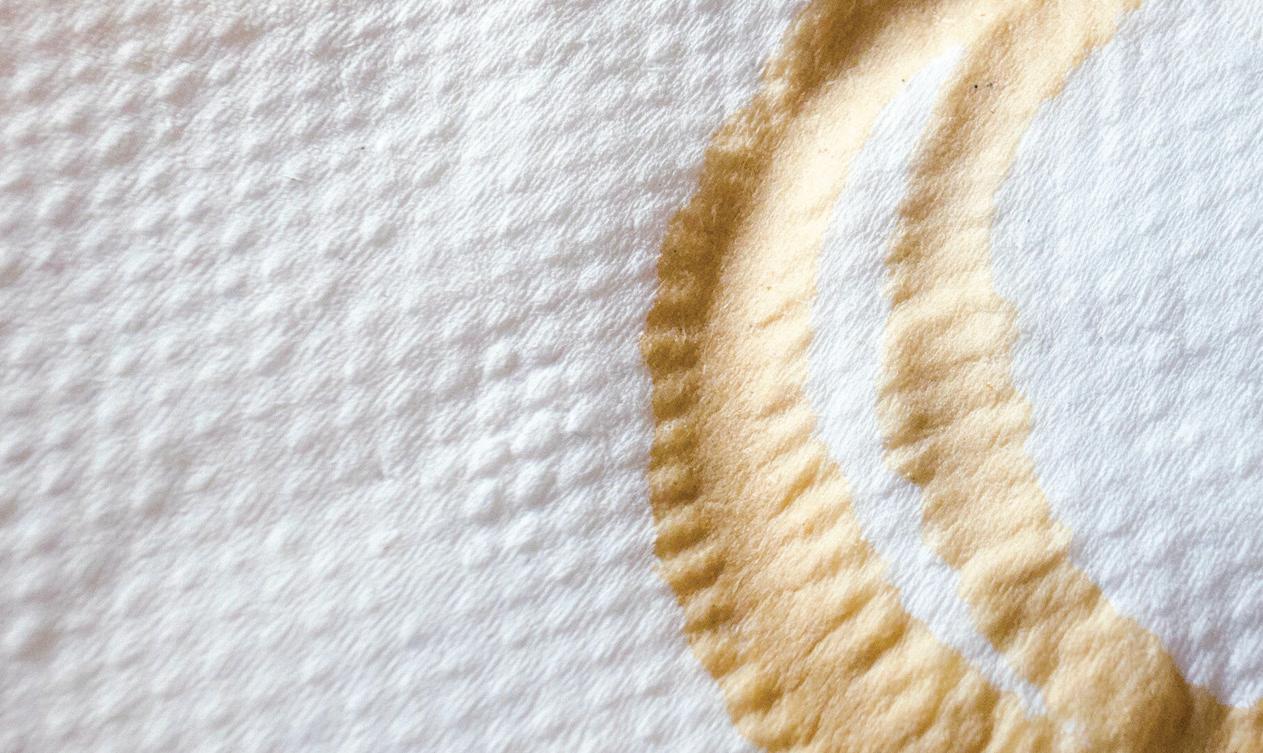
a


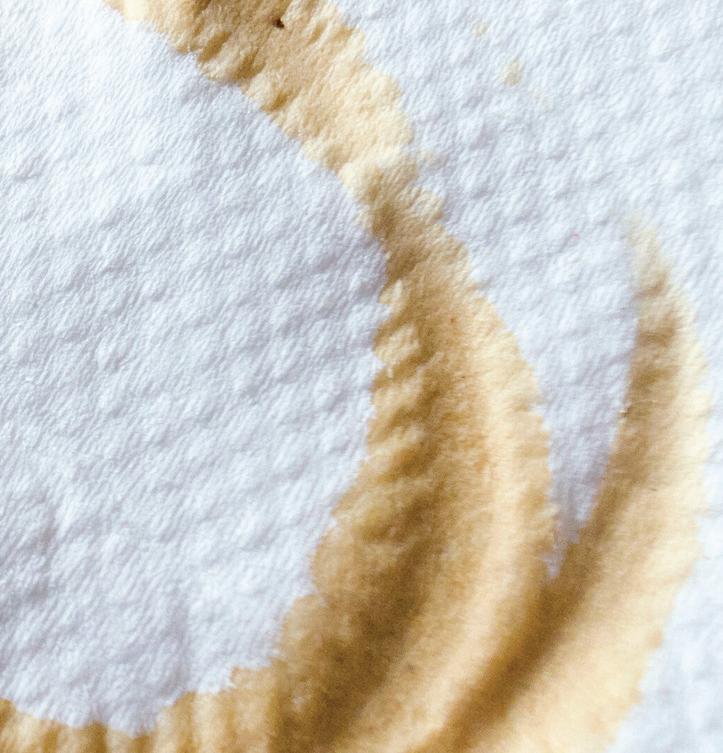
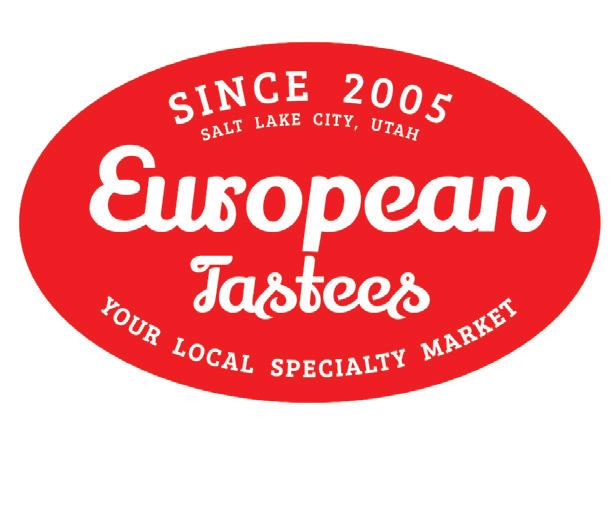
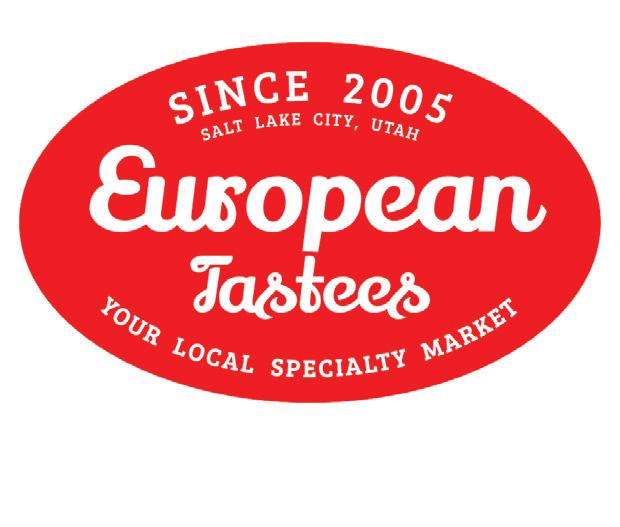
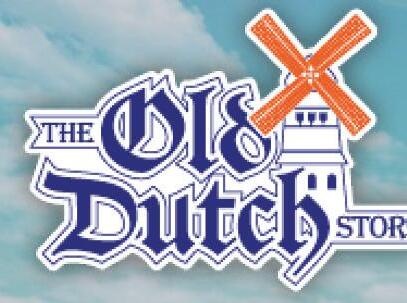























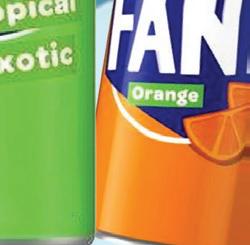
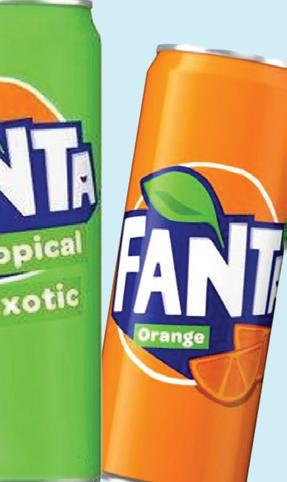

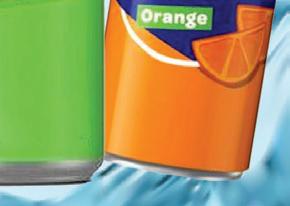



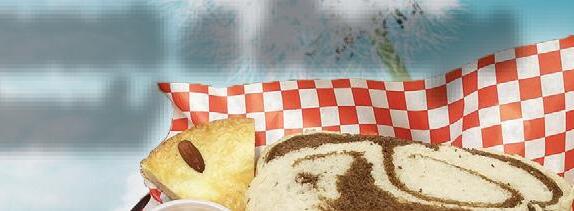

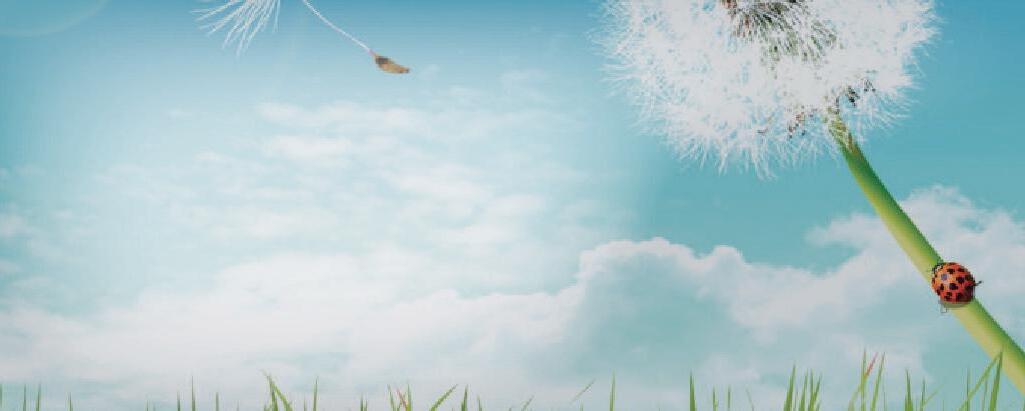
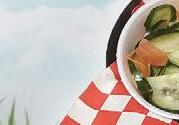
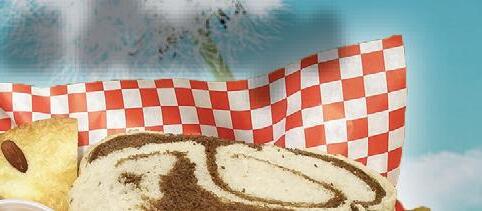
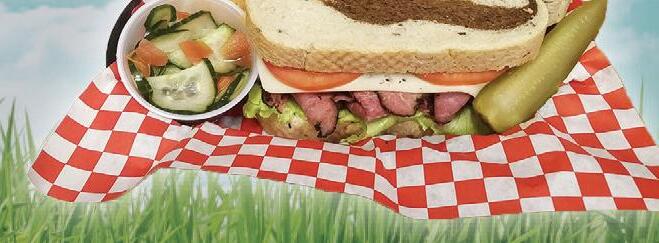

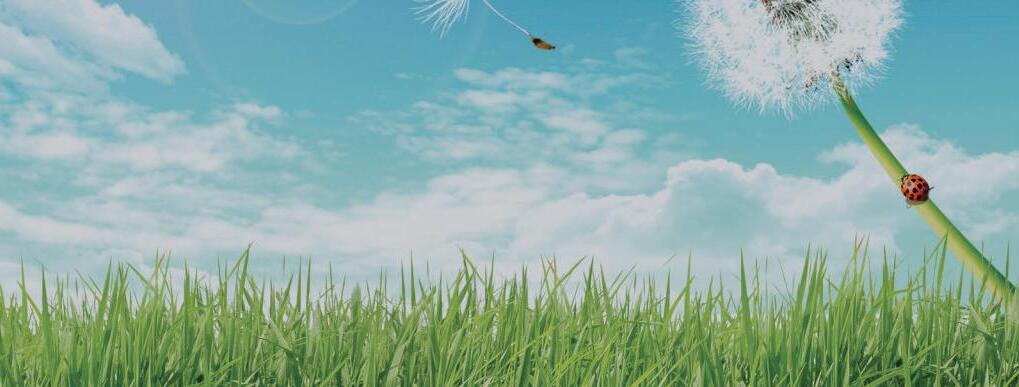



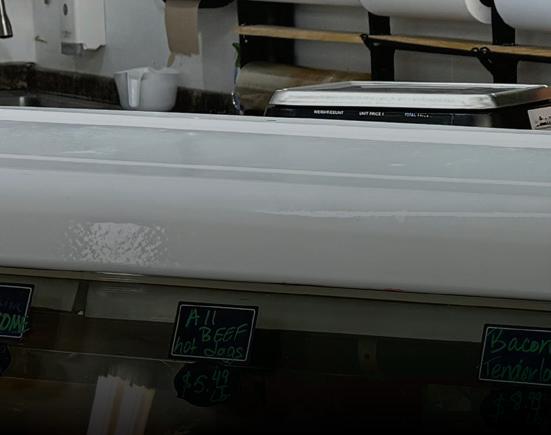
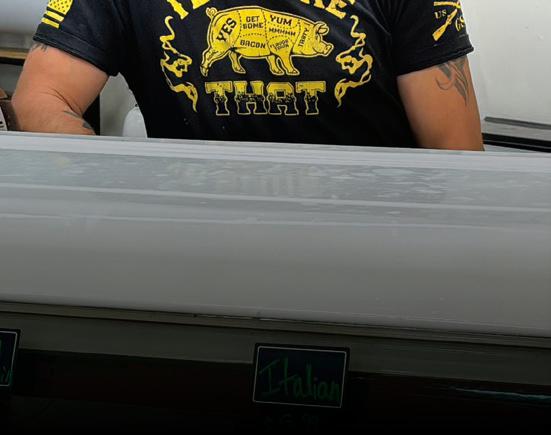
a-Ding! The sound of a shopkeeper’s bell still rings out when the door opens at some tiny Utah grocery stores. It’s not just for nostalgia’s sake; these stores have been around for up to a century. Keeping a small grocery store going in the days of Big Box behemoths is challenging, but these owners have found ways to adapt to the times.
The “R” stands for Richard Columbo, a man who could rightly be called Helper’s Butcher Emeritus. People from southeastern Utah remember coming into the little grocery store opened by Richard and his Uncle Armond in 1970, which is built on a previous meat locker and grocery that opened in 1946.
Owned by Italian proprietors in Helper, a county settled by a variety of European immigrants, the market offered items that were part of its patrons’ daily diets. Richard prepared Italian and Greek sausages, kielbasa, and breaded veal, sourcing spicy capicola, sopressata, and prosciutto from the city. He hand-cut steaks and roasts and made sure
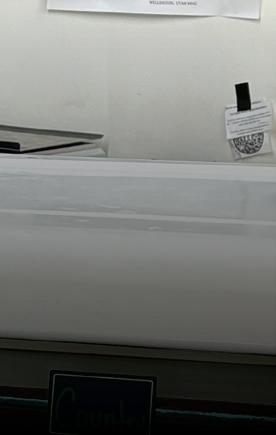
to have smelts and mortadella in stock for holiday dinners.
When Richard was ready to retire, he called up his cousin, Cindy Edwards Curry, and asked her to keep the grocery store going.
“I don’t miss the work, but I’ve sure missed the people,” Richard says.
Curry sees the grocery business as a deeply-rooted part of her family tradition. She’s got a staff of four running the market, and the butcher counter continues to be the star of the show, with many of Richard’s recipes still in use. The butcher also smokes meat several days a week.
R&A Market is a full-service grocery store with a produce section and canned goods. Italian favorites like lupini, spaghetti sauce, and bucatini are still on the shelves. The bakery goods are also evocative of the past. They remind Curry of days sitting around the kitchen table with family, drinking coffee and enjoying traditional Italian cookies.
Logan, Utah
Island Market is just like an island. At 400 East Center Street in Logan, it’s right in the
middle of everything. People on their way to Logan’s university, hospital, temple, and surrounding neighborhoods cross paths with this community hub every day. That’s what keeps it going.
“I can’t tell you how many dogs we find the owners for,” says Tina Farnady, Product Manager. Lost dogs seem to know that Island Market is the local hangout, and they drift to the corner of 400 East and Center Street, gathering up the scent of snacks, staples, and specialty items as they roam.
A grocery has stood on this spot since 1923, and Island Market is still a fully stocked grocery store serving an extremely economically diverse clientele.
“Our products go from K-Kraft to c-craft,” Farnady says, meaning she stocks everything from mass-market canned spray cheese to locally produced raw milk gouda. Even tour groups from Central Milling are directed to Island Market to buy the mill’s locally-produced pizza flour. While there, they might pick up a sandwich by baker Matt Strong, or a Le Croissant treat.
Island Market was known for generations for its penny candy, until Covid made unwrapped candy seem dangerous.
“When penny candy ended, it was a big sense of loss for the community,” Farnaday says. “People were very nostalgic about it.”
Those same customers are nostalgic about Island Market as a whole, and the Island vibe is what keeps them coming back.
Torrey, Utah
The Chuckwagon in Torrey is known for provisioning tourists and saving locals a trip to town, and it’s always been that way. The store started its life in 1954 as Wayne Wonderland Mercantile and sold “everything from horseshoes to fabric for dressmaking.”
When LaVoy Tolbert bought the store in
1964, the Merc was stymied. Torrey was running the untreated red, sandy water of Sand Creek through town pipes until the water got so thick that sometimes you couldn’t flush the toilets. Tolbert installed a filter and cistern on the property and got the business flowing again. He operated a rock shop and six motel rooms on the property, but a full-service store was destined to come back.
When Randy Austin took a wrong turn on his way to Lake Powell in 1974, he wandered into the rock shop and walked out owning it. He brought back the mercantile, and locals no longer had to drive the eight miles to Loa or 65 miles to Richfield for store bought goods. The Austins eventually added a motel and deli.
Sheri Clark, Randy Austin’s daughter, still runs the Chuckwagon with family members, and the shoppers are still a mix of tourists and locals.
“We have a little bit of everything,” Clark says, and she means it.
Tourists can provision a day trip into Capitol Reef National Park from a wide array of dry goods, snacks, and deli items. There’s also a surprising selection in the beer cooler. Locals drop in for produce, local meats, or that one item they need to complete a dinner recipe.
Tourists and locals alike can be found visiting on the covered porch with a cup of coffee like Randy Austin was known for doing.
Meanwhile, the Chuckwagon is still a mercantile. They may no longer carry horseshoes and fabric, but they do stock T-shirts, beach towels, sun hats, coolers, first aid, and drugstore items.
In the evenings after the deli closes, Chuckwagon’s parking lot hosts the now-famous Capitol Burger food truck.
“It’s a nice little partnership,” Clark says. “We go hand in hand.”

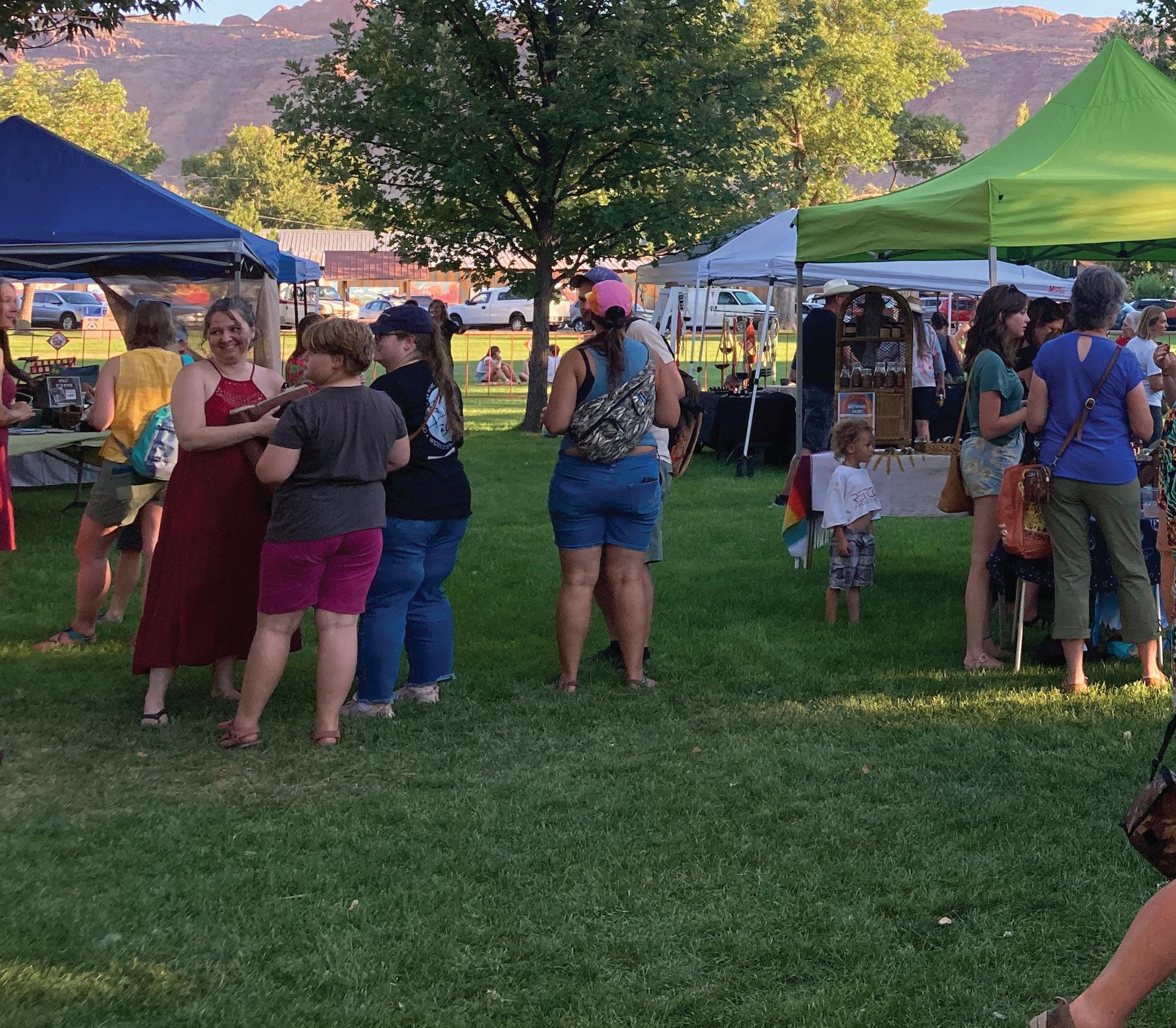
This summer will see the return of Moab’s Arts & Ag Market, with music, arts, crafts and food on display on the green lawn of Swanny Park near downtown Moab. June 7 kicks off the season: Around 20 vendors and booths with free activities and information on local organizations and events will be set up under the park’s shady cottonwood trees from 5 to 8 pm.
“I just think it’s a great way to come out and support your local community,” said Kelley McInerney, arts and special events director for Moab Arts, the city’s arts department. “I think people are often surprised at how many artisan vendors are here … and it’s a great way to pick up locally sourced food items.”
The market is one avenue for local farmers
to sell their produce; some also supply local restaurants or the Moonflower Co-op grocery store, which lists nine growers in Moab, Spanish Valley and Castle Valley among its producers. Some Moab farms offer Community Supported Agriculture shares, providing fresh produce to subscribers throughout the season.
The Arts & Ag Market also welcomes vendors from beyond Moab. Ben Jackson, of Ben’s Hens farm in Fremont, Utah, will be attending the June market, his first in Moab; he’ll bring eggs and poultry products to sell.
Jackson officially started his farming business in 2017. He began with eggs, and gradually expanded into raising chickens and other poultry for meat. Now, along with chickens,

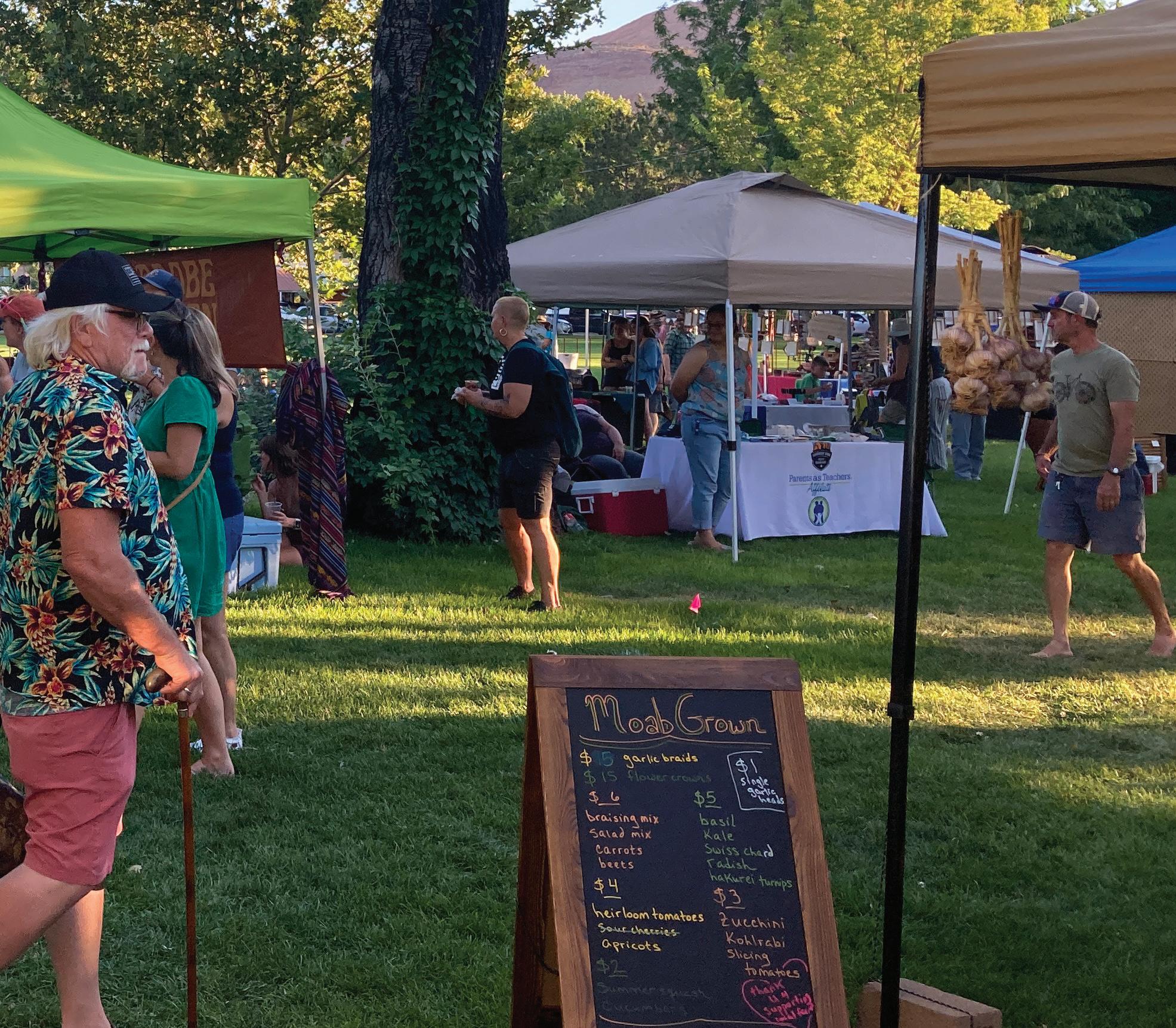
ducks, turkeys and geese, he raises sheep, goats, and pigs. He calls himself a “one-man band”, operating every aspect of the farm himself, including traveling to attend markets like the one in Moab. He’s hoping he’ll meet people at the Moab market interested in buying directly from him regularly.

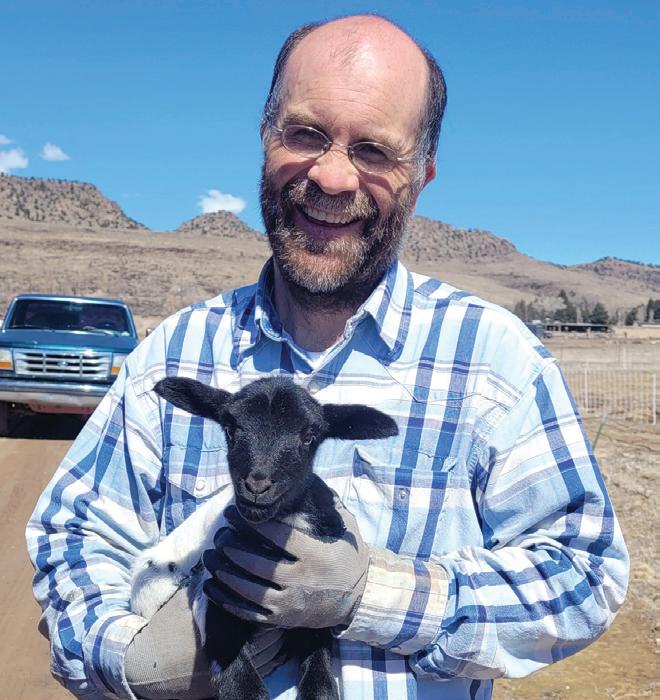
at a market, especially if you have to travel to get there. Jackson’s trip will be several hours each way. While shoppers may only see vendors for a few hours, that’s only a fraction of the time they’ve put

“Markets often are a great networking avenue,” Jackson said. They don’t always yield a lot in sales, but they’re the right place to connect with people looking for wholesome, naturally raised food.
It’s a lot of work to set up a booth or table
into the event.
“Our day for the market is twice that long,” Jackson said.
He strongly believes that people should know where their food comes from and how it’s grown, so they can make healthy choices about what they’re consuming. The investment in coming to Moab’s market will
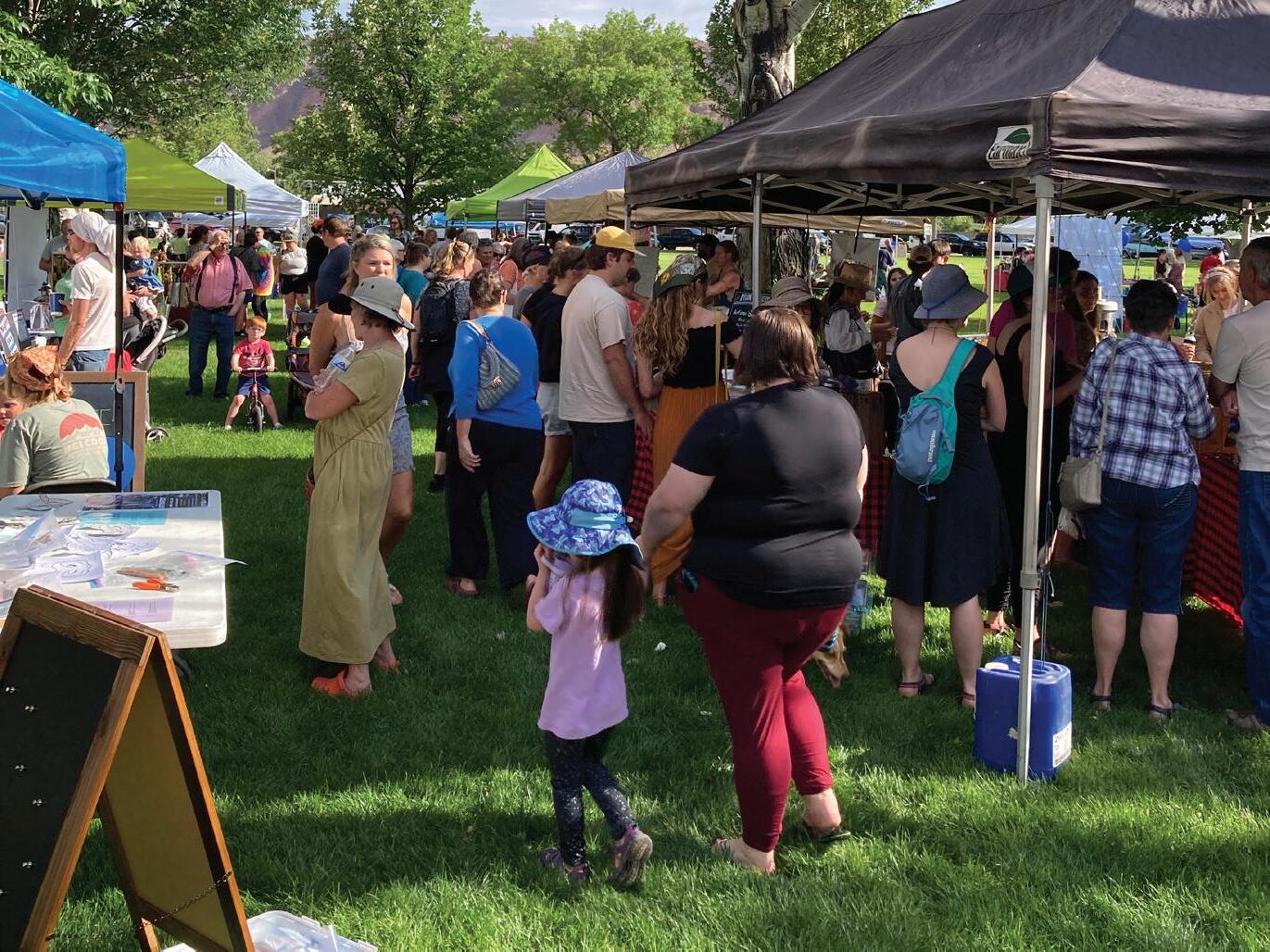
be worth it if he can form relationships with people committed to that ideal, who want to support small, local farms like his.
Along with food items, there will be arts and crafts like handmade pottery, locally produced soap and leatherwork. Local musician Rachel Toups will play, and the National Park Service will have a booth promoting its annual Astrofest, a stargazing weekend with daytime lectures and guided night sky viewing in the area’s state and national parks from June 6 to 9.
The markets are scheduled for the first Friday of each month, except in August.
“We’re skipping August because it’s one of the hottest months down here,” McInerney said.
Other Moab seasonal events, including monthly art walks, outdoor movies, and free concerts, are on other Fridays of the month, so there’s always something going on, every Friday of the summer.
July 5th’s Arts & Ag Market will partner up with the Grand County Fair, taking place that weekend, and both events will be held in the Old Spanish Trail Arena. That way people won’t have to choose between the events, and there will be even more activities and displays.
Last year, McInerney said, the city estimated there were roughly 200-300 people at each Arts & Ag market, and staff expect a similar turnout this year.
“We see a lot of locals at the markets,” McInerney said. It’s a place to run into acquaintances and catch up, enjoying the community while supporting local and regional farms and artists. The city arts department also promotes the markets at hotels and guideshops, and welcomes tourists to come and browse. It’s a perfect place to pick up a gift or dinner ingredients, hang out with friends, meet local and regional artisans and farmers, or simply enjoy a summer evening.
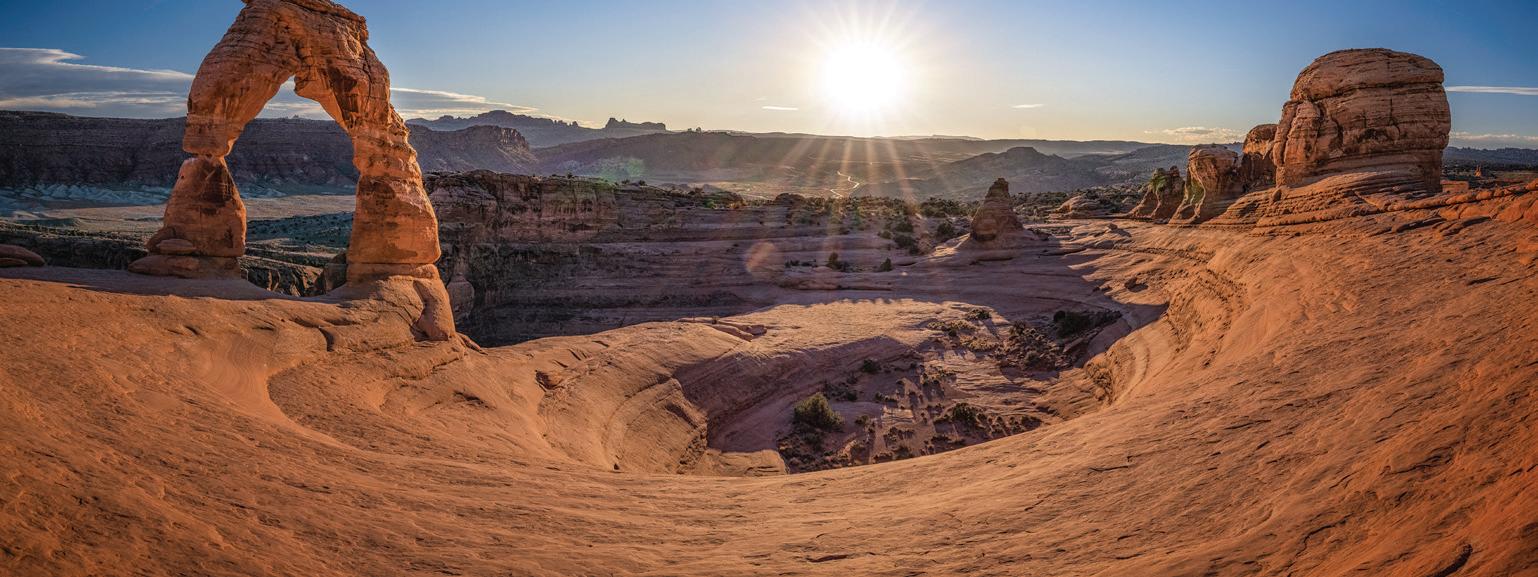


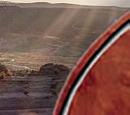

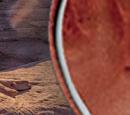

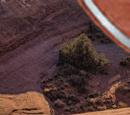
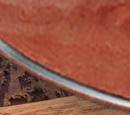








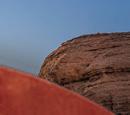


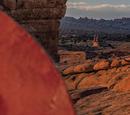






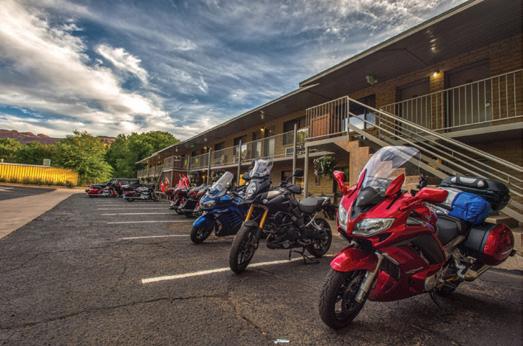
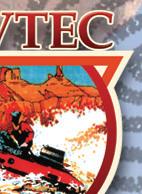



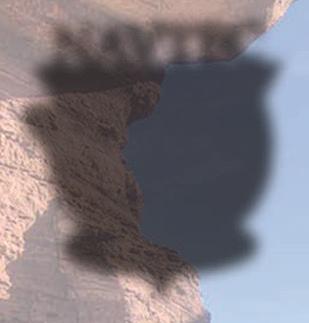




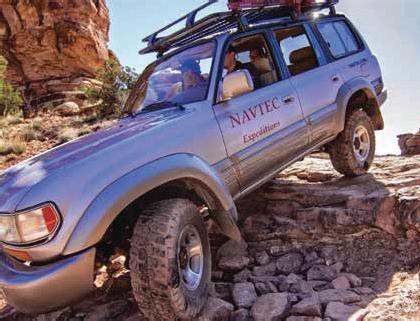



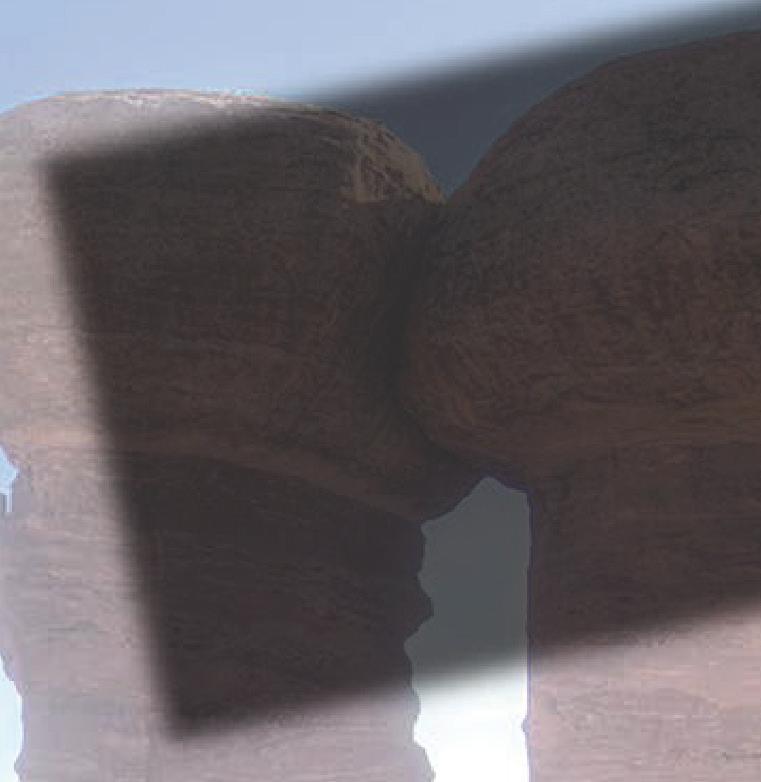



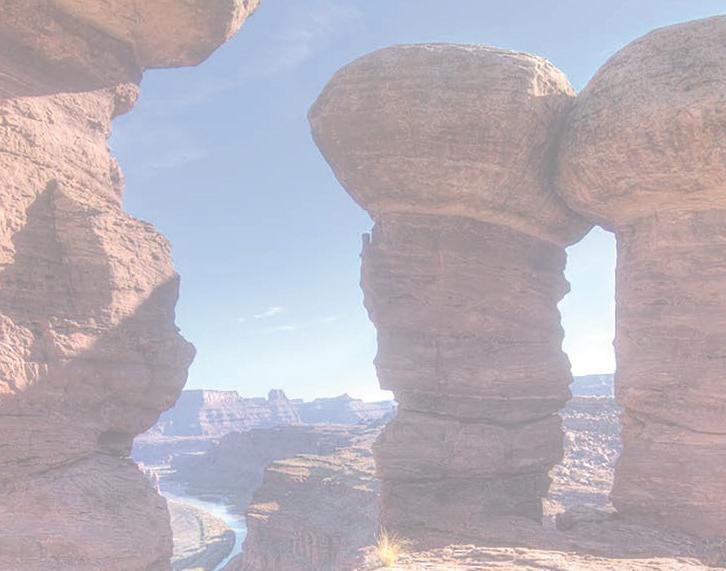
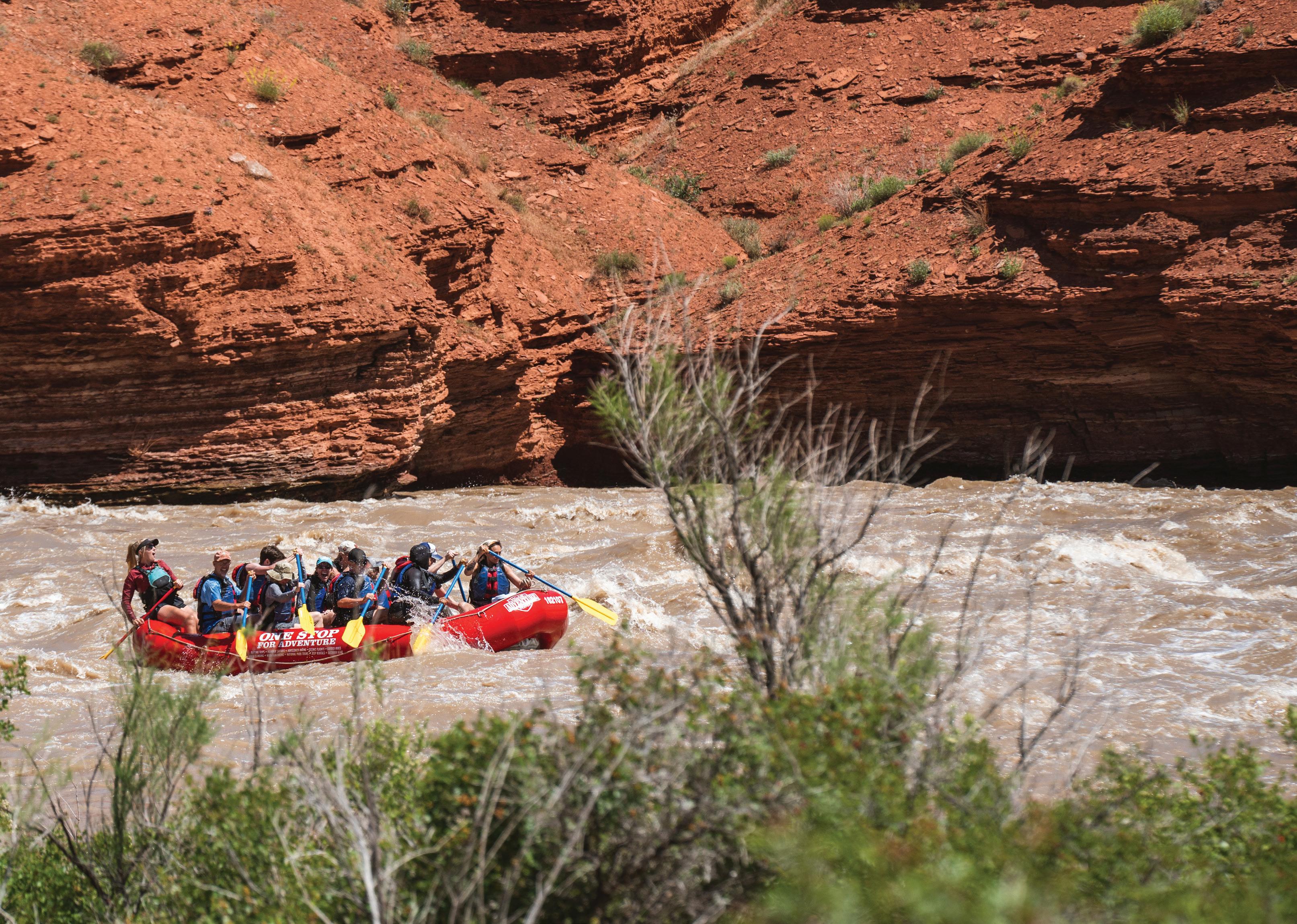

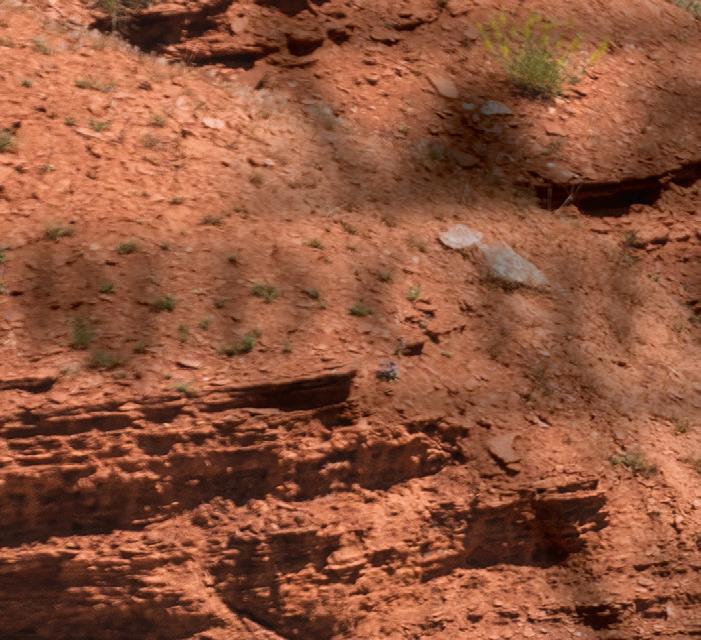
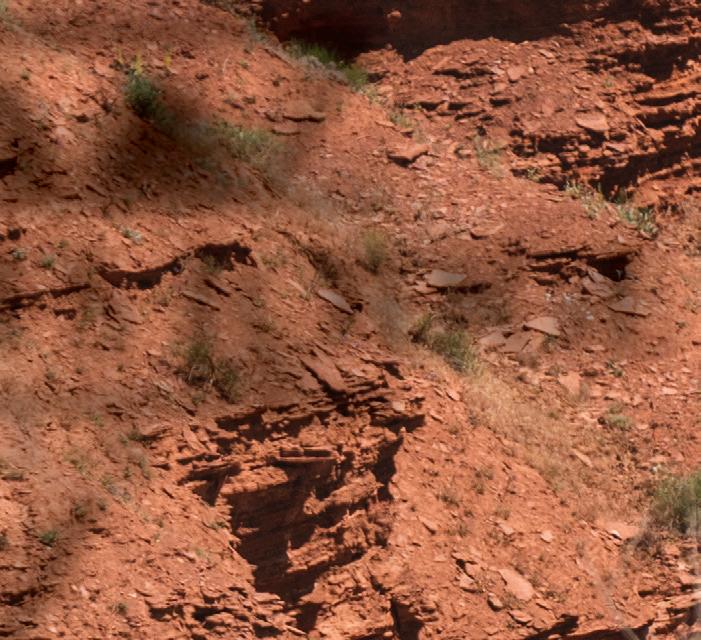



















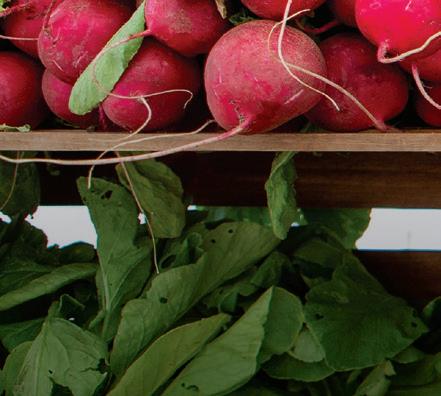
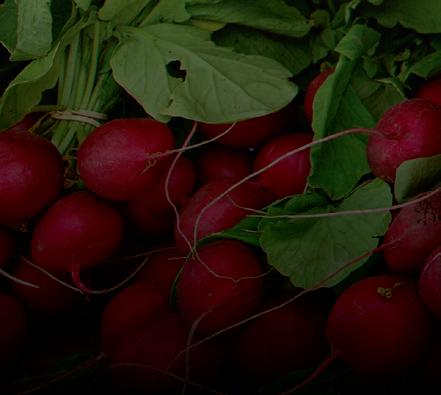
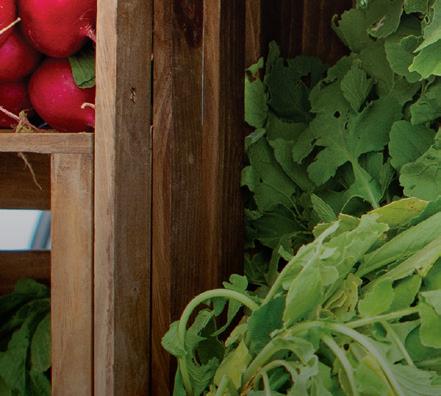
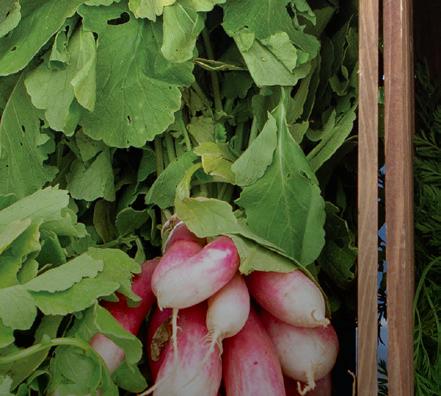
 Eby Taylor Hartman
Eby Taylor Hartman
very Saturday during the summer, the Farmers Market transforms Historic 25th Street in Ogden. The street comes alive with the smell of good food, the sight of colorful produce, and the sound of live music. Visitors can sample and buy fresh produce, baked treats, and handmade goods. Artists and local craftspeople set up stalls, while local musicians perform for spectators. The market brings summer to life for Ogden residents, offering some of the best produce grown in Utah.
The Ogden Farmers Market was officially established nearly three decades ago by Dan Musgrave of Downtown Ogden, Inc. This initiative saw success throughout the years and played a significant role in revitalizing the downtown area. Initially managed by Downtown Ogden, Inc., the market transitioned to the management of Ogden City, which continued to support and grow the market.
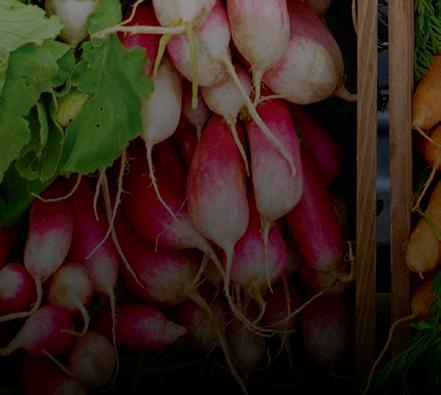
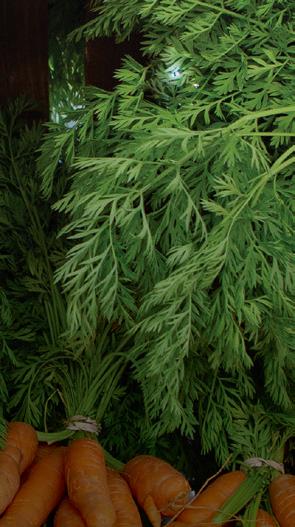
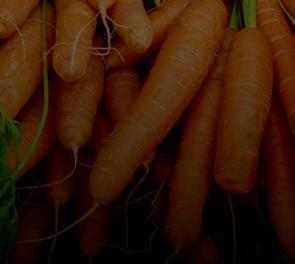
In 2016, the Ogden Downtown Alliance took over the management and production of the Farmers Market.
However, the tradition of selling produce and handmade goods on 25th Street dates back to the establishment of Ogden in the late 1800s, shortly after the arrival of the railroad in 1869. The influx of people turned the street into a lively commercial hub where locals flocked to 25th Street to get the goods and wares they needed.
Farmers and craftspeople from nearby areas would bring their fresh produce, meats, and homemade goods to sell directly to the townspeople. Using horse-drawn carts and wooden stalls, they capitalized on the constant flow of visitors and workers, making 25th Street a central marketplace. Despite the street’s rough reputation, it was always a hub of commerce where local farmers and artisans could connect with the community, ensuring
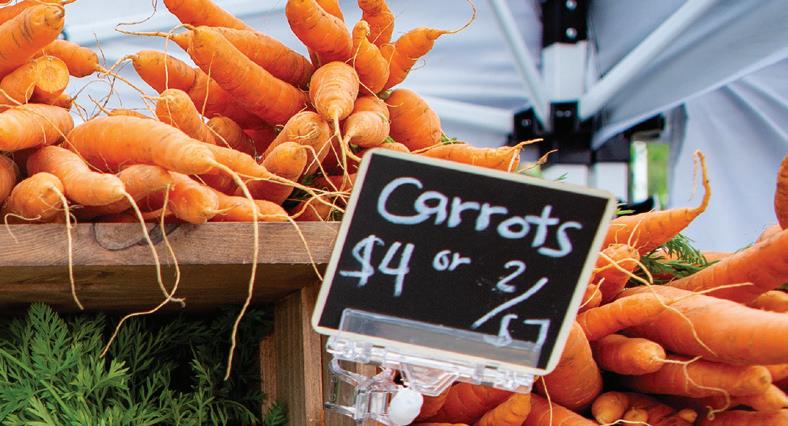
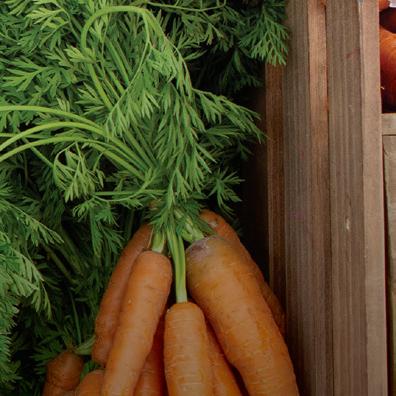
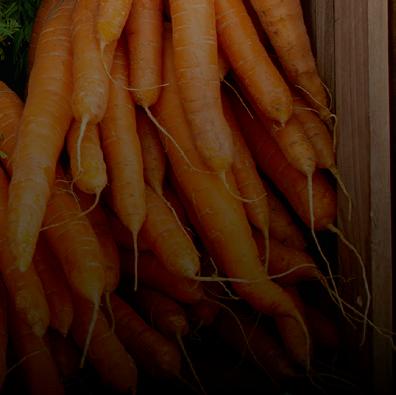
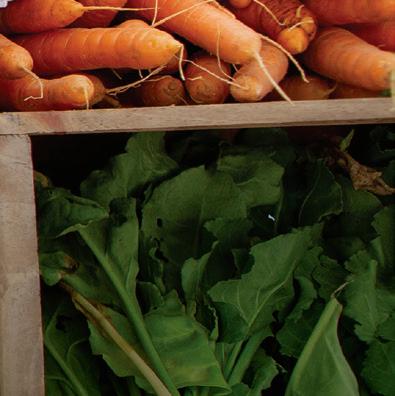
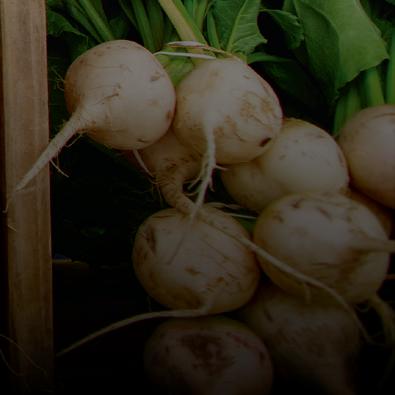
that the tradition of selling local goods has deep roots in Ogden’s history.
Since its official inception, the Ogden Farmers Market has grown significantly. What started as a few fruit stands now includes over 100 vendors and stalls. The
market has adapted to meet the community’s needs, expanding its offerings to include artisanal goods and prepared foods.
The largest market runs from late May through mid-September, transforming Historic 25th Street every Saturday morning from 8 am to 1 pm. From late September to mid-October, the Fall Market celebrates the harvest with seasonal specialties every Saturday from 9 am to 2 pm on the 300 block of Historic 25th Street. Held indoors at Ogden Union Station from early to late February, the Winter Market offers winter produce and holiday decor from 10 am to 2 pm every Saturday.
The Ogden Farmers Market plays a crucial role in supporting local farmers and artisans. It contributes to the local economy and fosters community spirit through various events and activities, such as live music and art displays. The market supports livelihoods, fosters a sense of community, and promotes sustainable growth.
“Attending Farmers Market Ogden as a small local gourmet mushroom farm marked a significant milestone for us and we received invaluable encouragement from the community to continue expanding,” said Alivia Matchett, owner of Mystic Mushrooms. “The experience of harvesting early market morn-
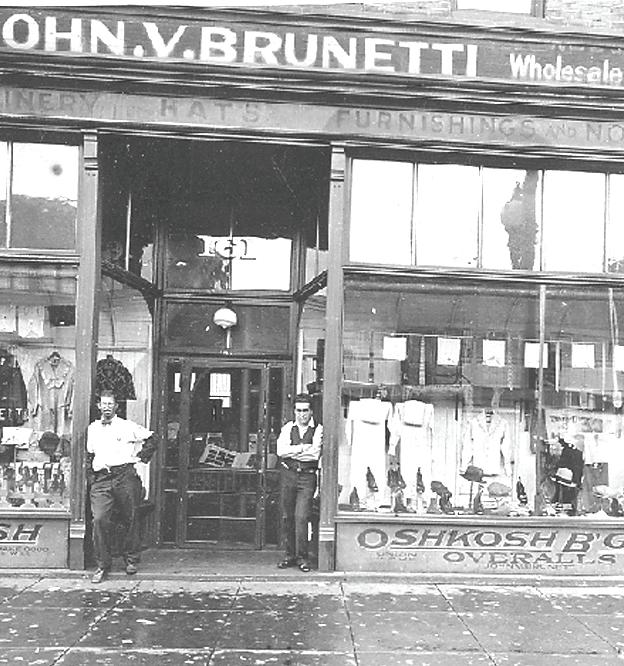

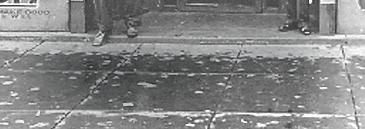
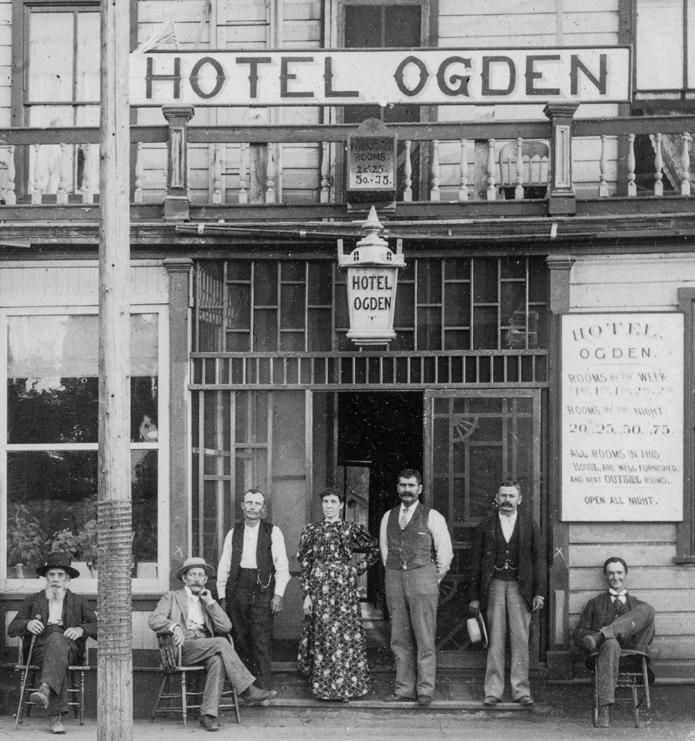
ings and directly selling to our local consumers is unparalleled.”
Farmers and craftspeople often face challenging times, struggling with limited opportunities to sell their products and reach their customers. Having a marketplace where local food and goods can be bought and sold is vital to Ogden’s economy. It not only supports the livelihoods of these small-scale producers, but also fosters a sense of community, encouraging residents to invest in and support their neighbors. This kind of marketplace creates a sustainable cycle of growth and prosperity, ensuring that local agriculture and crafts can thrive even in the face of economic hardships.
“It’s truly inspiring to watch our community come together every week,” says Jessica Anderson, marketing and communications manager with the Ogden Downtown Alliance.
“Seeing local vendors set up their booths, families participating in morning yoga, and the lively interactions between neighbors
makes all the hard work worthwhile,” Anderson said.
Over the years, the Farmers Market has faced various challenges, including economic downturns and the COVID-19 pandemic. Despite these obstacles, the market has continued to thrive, adapting to new circumstances and finding innovative ways to support vendors and engage the community.
Beyond the market, visitors can enjoy other attractions on Historic 25th Street, such as local shops, restaurants, and cultural and artistic sites like Union Station and The Monarch Hotel. Additionally, other events hosted by the downtown alliance like the Harvest Moon Celebration and the Historic 25th Street Car Show provide even more reasons to explore and enjoy a day in Ogden.
As Anderson puts it, “Whether you’re here for the fresh produce, the artisan goods, or the lively atmosphere, there’s something for everyone.”
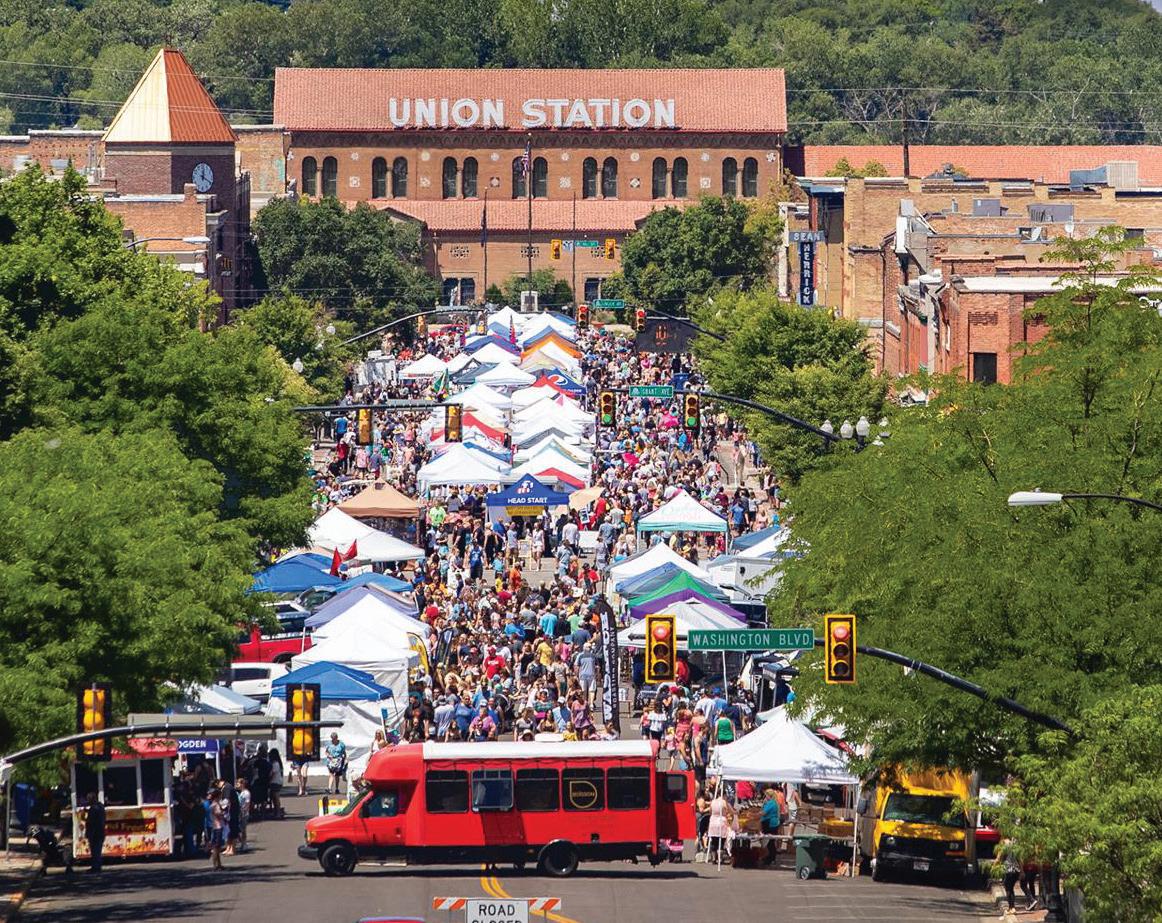










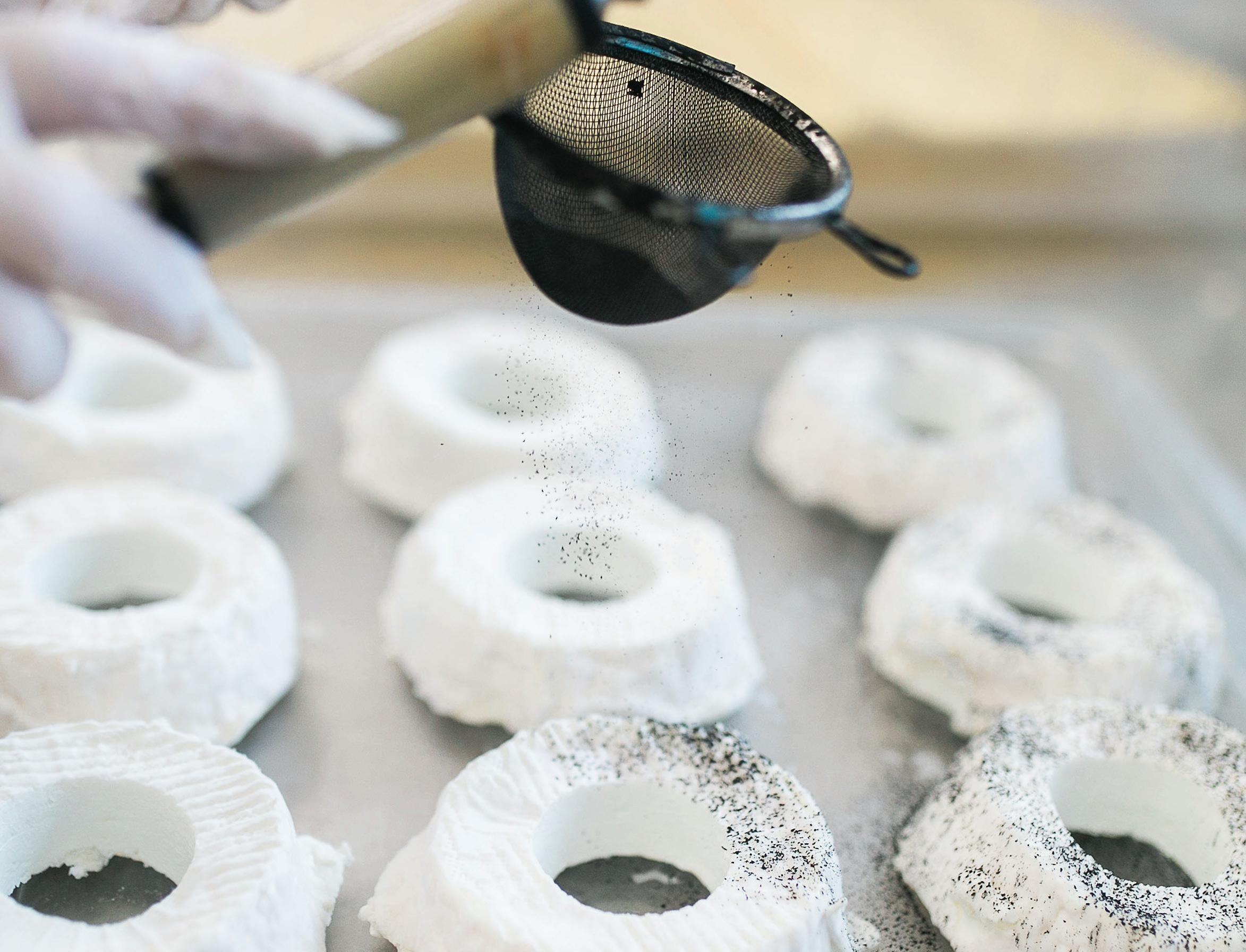
“Cheesemaking is a slow, peaceful process.” Mused Corinne Zinn, owner and fromager of Park City Creamery. “It’s almost like meditation.”
The harmonious progression begins in the early morning hours, when the cow and goat milk is delivered by two local dairies; Heber Valley Milk and Drake Farms. Zinn and her “two ladies” immediately start preparing their artisan creations as the sun is just peeking over the mountains.
“We warm the milk to 90 degrees and add a special culture we get from France.” Zinn explained. From there, they blend in the enzymes required to coagulate the milk. Zinn smiled and said, “Soon we have a very nice silky curd, almost like a thick yogurt. We have to cut little squares to allow the whey to separate from the milk. We then remove the whey and scoop the curds into particular forms.”
Each of the forms are delegated to produce
different types of cheese, including Brie and goat cheese. Zinn continued. “We scoop them into the molds, which are big trays that have to be flipped a few times, so the cheese can take shape. The next day, we remove them from the forms and salt both sides.”
The forms are placed in aging caves for 10 days — with a stable temperature of 56 to 60 degrees and high humidity. After they have completed their resting period, “We add specific molds that will have a shiny and fluffy velvety finish and complete the task by hand,” Zinn said.
Zinn and her team have been meticulously following this delicate process since she founded Park City Creamery. However, her love and passion for casei culture began decades earlier in Belgium. The western European country has a long tradition of cheesemaking, dating back to the middle ages, and Zinn grew up enjoying many flavorful
cheeses and pairings.
After moving to the states in 2002, Zinn purchased a “little farm in Colorado” and began exploring the local vineyards in the area.
“It’s fun in Colorado because you can go around sampling the wines. There were lots of wineries but nobody was making artisan cheese — and I needed my cheese and wine.” Laughing, she said, “My idea was to make cheese just for myself. I started to do research online and connected with a French cheesemaker and he gave me some tips on how to get started. So, I bought some goat milk from a local farmer, made a sampling and brought my first cheese batch to one of the vineyards. The owner was French and he loved my creation. Soon, I was selling to all the local vineyards.”
As the demand for her cheese grew, Zinn decided to get her own goat and produce her own milk. She purchased an adorable Anglo-Nubian “with big floppy ears’’ whom she
named Blanche. Soon she realized Blanche needed a friend, and so Inga, a cute Swiss Alpine, was added to the family.
Before she knew it, Zinn had a herd of 50 goats and a full-fledged cheesemaking business. It was during this time that she was hired as director of sales for a European fromage equipment company. Not only was she trained on the equipment in France and Germany, she also visited cheesemakers across the United States and learned their unique processes.
“Cheesemakers are all one big family. Everyone knows everyone and we share and support each other,” she explained,
After about eight years on the farm, Zinn decided to focus on just the cheesemaking side of things, and she sold her goats to a farmer in Midway. She then moved to Utah and became a consultant.
“I created a company and named it Fromage Without Borders. I would help farmers
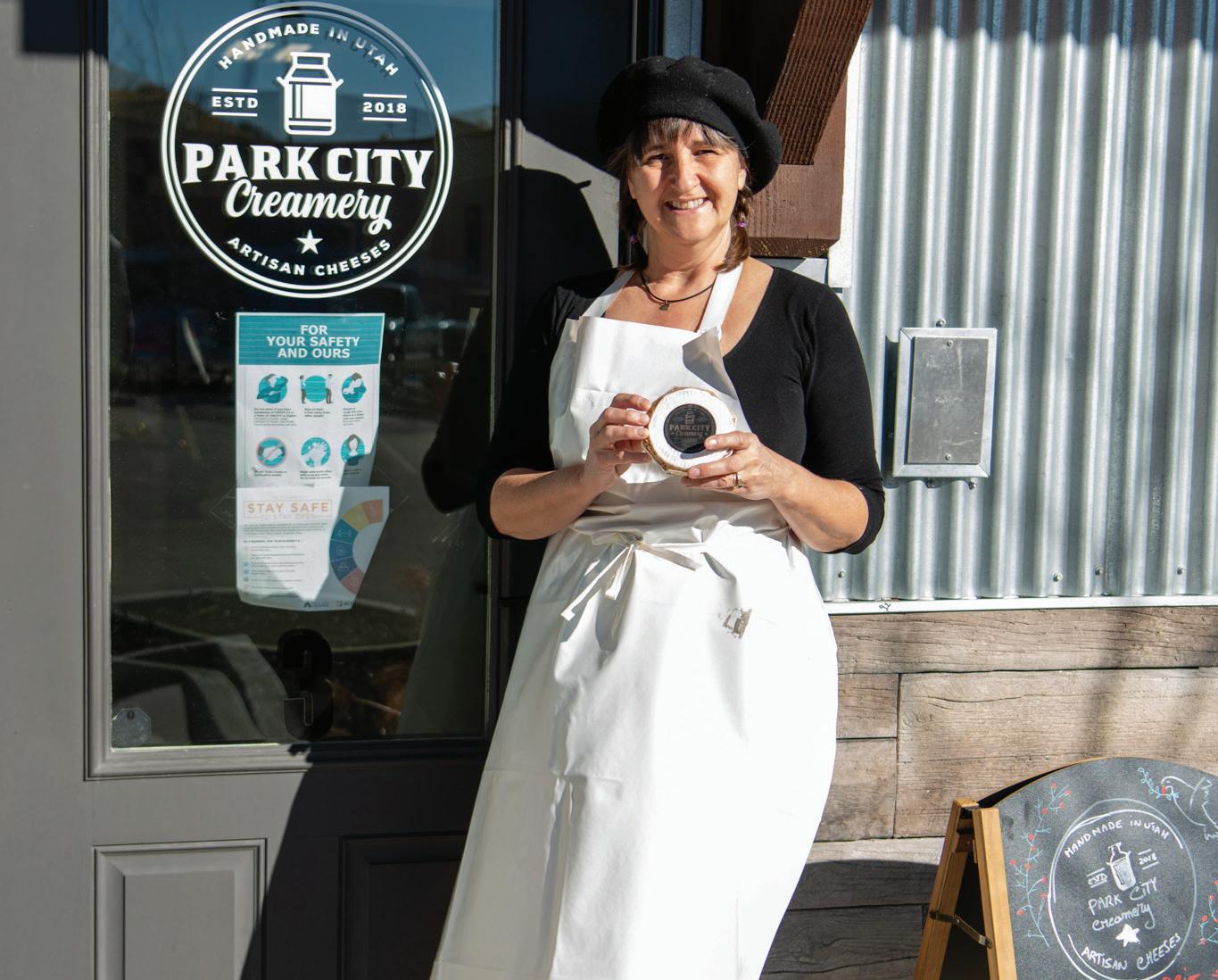
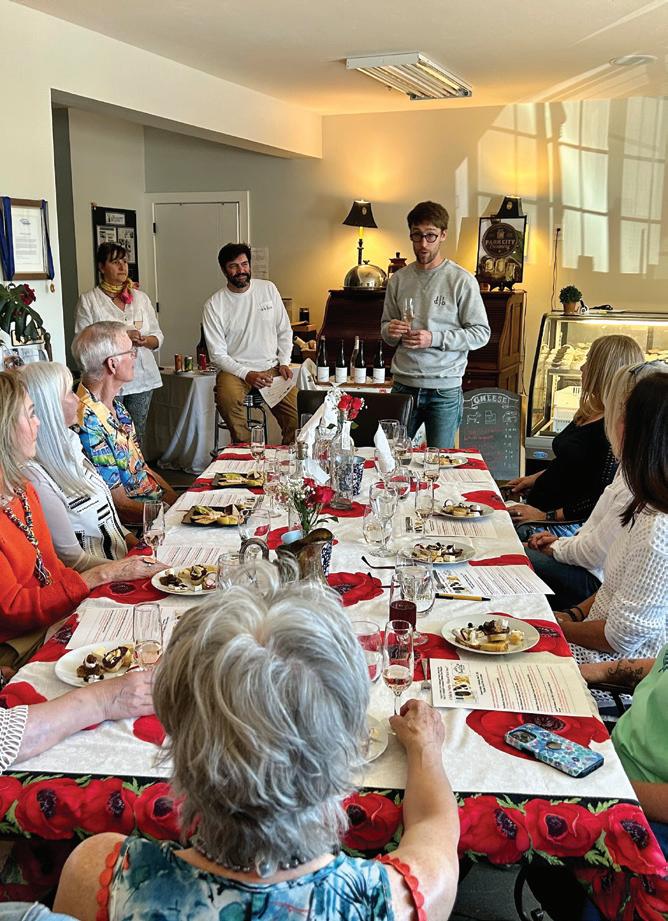
cheeses are named after Park City ski runs.
Zinn explains the reason for its high demand. “With commercial Brie, the rhine is very thick, almost like plastic, but our handmade Brie is very soft and delicious. The rhine is very thin, with a lot of flavor, and it is delicious to eat.” Other favorites include the Silver Queen — goat cheese with vegetable ash, and Hidden Treasure — Brie with truffles.
The creamery also produces specialty cheese boards that come in a variety of sizes and flavors. In fact, they just launched a large wheel of Brie filled with dried apricots, which will be featured around local farmers markets for summer.

create different varieties of cheeses than what you usually find in Utah.”
In 2018, Zinn decided to spread her wings further and opened Park City Creamery. It’s at the 2,000 square foot location that Zinn and her team create their cheese masterpieces.
“We only make soft-ripened types of cheeses,” she says. One of the most popular of these creations is the Treasure Brie — all of the
Naturally, as a cheesemaker extraordinaire, we had to ask Zinn which of her creations is her favorite? She responded, “Well, I always say, they are all my babies, so I can’t make a choice.”
To discover your personal preference, you can visit Park City Creamery’s onsite location from Tuesday through Friday from 11 am to 5 pm, or sign-up for their monthly wine and cheese pairing event. For a list of stores and farmers markets that feature their products, visit their website at parkcitycreamery.com.
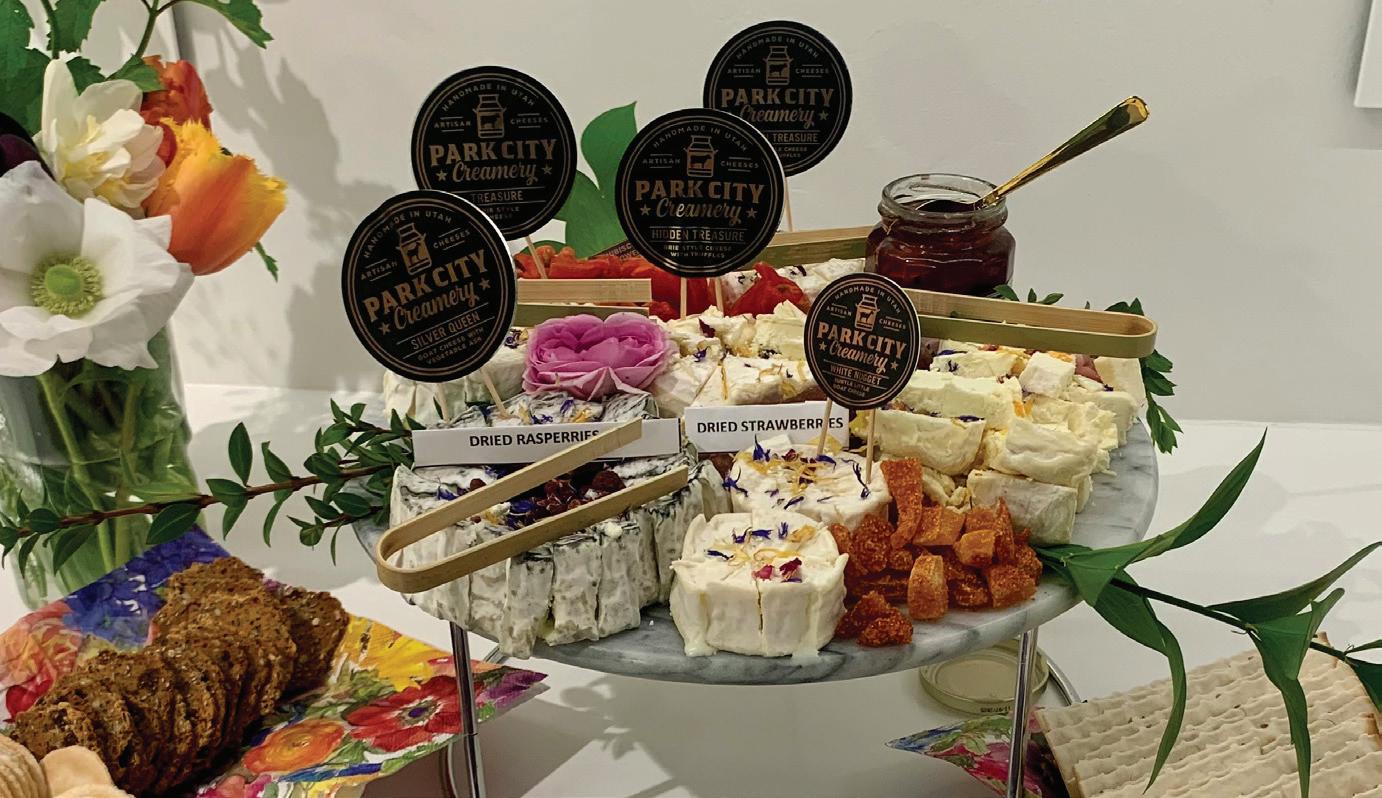
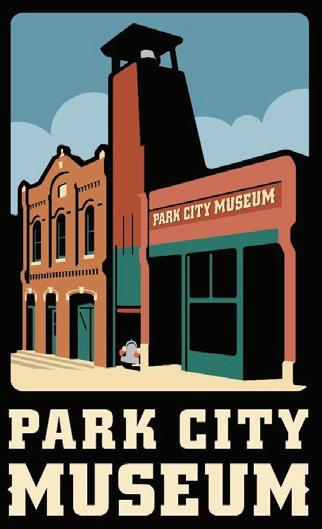
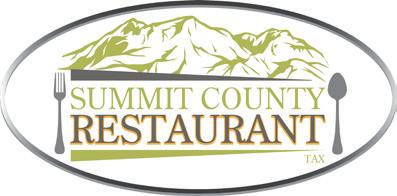















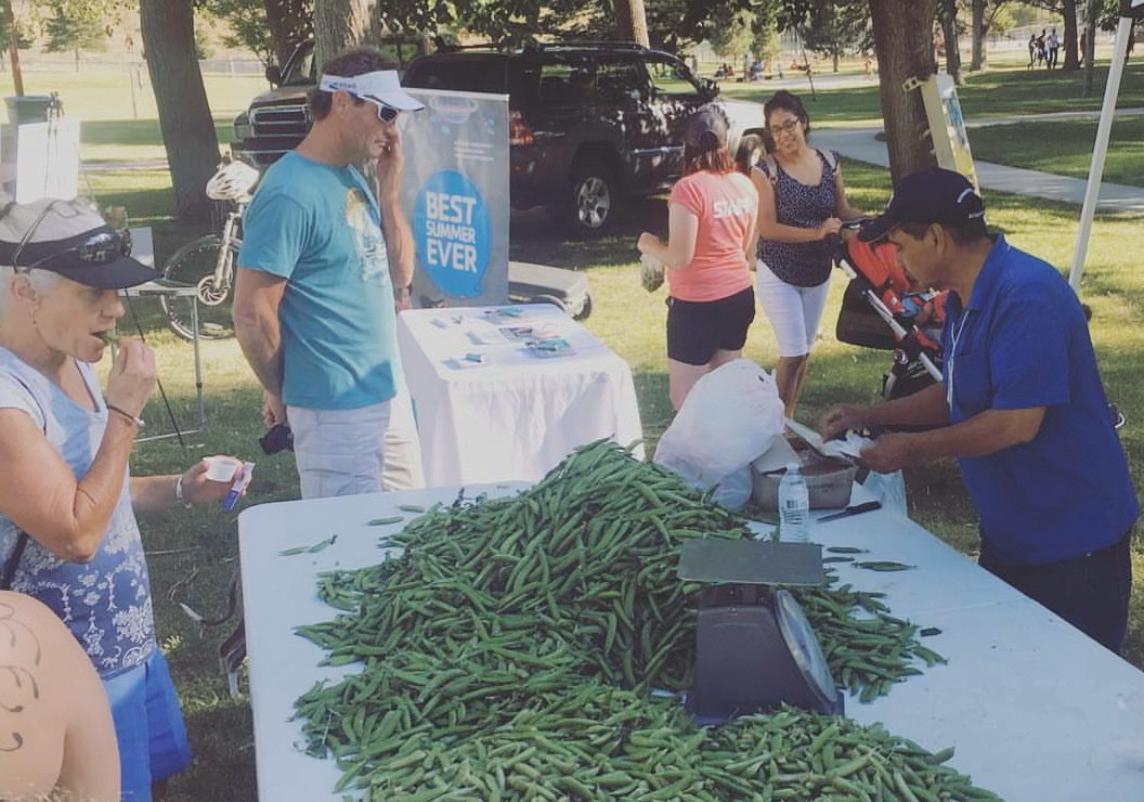


SUGAR HOUSE — These grand gatherings of growers and fresh food under sunkissed umbrellas crop up every summer, providing parents, kids, dogs and strollers the chance to mill about in chaotic harmony.
What farmers market customers don’t see are the countless hours of volunteer labor that bring such events to life. But sometimes that energy and enthusiasm simply runs dry.
Such was the case of the Sugar House Farmers Market that withered away in the wake of the Covid-19 pandemic. According to sugarhousemarket.org, the once-thriving event is on hiatus.
First established in 2010, the Sugar House
market would have marked its 10th anniversary in 2020, but Covid-19 suspended that celebration. Other factors also hindered its reappearance.
Aimee Horman helped manage the market from 2017 to 2020, and recently reminisced about her experience.
“The problem we ran into as a board was the saturated nature of neighborhood farmers markets,” Horman said by phone in mid-May.
“There’s one almost every night of the week, between University of Utah, Liberty Park, Downtown and Wheelers Farm.”
That glut of gatherings helped spur a supply-demand dilemma.
“We couldn’t get enough farmers to necessarily draw the crowd or couldn’t get the crowd to buy enough stuff from the farmers
to make it worth their while,” Horman said.
Horman also noted that there are five grocery stores within walking distance of her Sugar House home.
“We’re the opposite of a food desert,” she said.
Through its decade-long operation, the Sugar House market also went through several iterations to see what worked..
“It kind of bounced around. It’s been Saturdays, it’s been midweek,” Horman said.
Prior to her current role as manager of Salt Lake City’s Downtown Farmers Market, Nichole Mathews worked several years with the Sugar House market, and said that shifting it from one venue to another might have contributed to its downfall.
“That original space they were in on 21st South was very walkable for much of the community,” Mathews said. “And then they had to move it to Sugar House Park for a couple of years, then over to the Deseret Industry space for a couple of years, and then, finally to Fairmont Park.”
Mathews also pointed to a significant
difference between smaller neighborhood markets and the larger legacy market she now oversees.
“We have three full-time staff for our [downtown] market. But Sugar House didn’t have the bandwidth to support it,” Mathews said, noting the importance of fundraising to be able to pay staff, and finding board members who can be consistent and contribute valuable skills.
“It’s a lot of work to pull the permits, to get volunteers to do the organization, and it’s basically a part-time job when you already have a full-time job,” Mathews said.
But with the larger, well-established Downtown market, Mathews said they have a backup system in place where, “if one of us were not to go into work tomorrow, someone else could pick it up and run that list of howto’s.”
Natalie McHale, now the Farm to School marketing specialist for Utah’s Department of Agriculture & Food, reflected on her
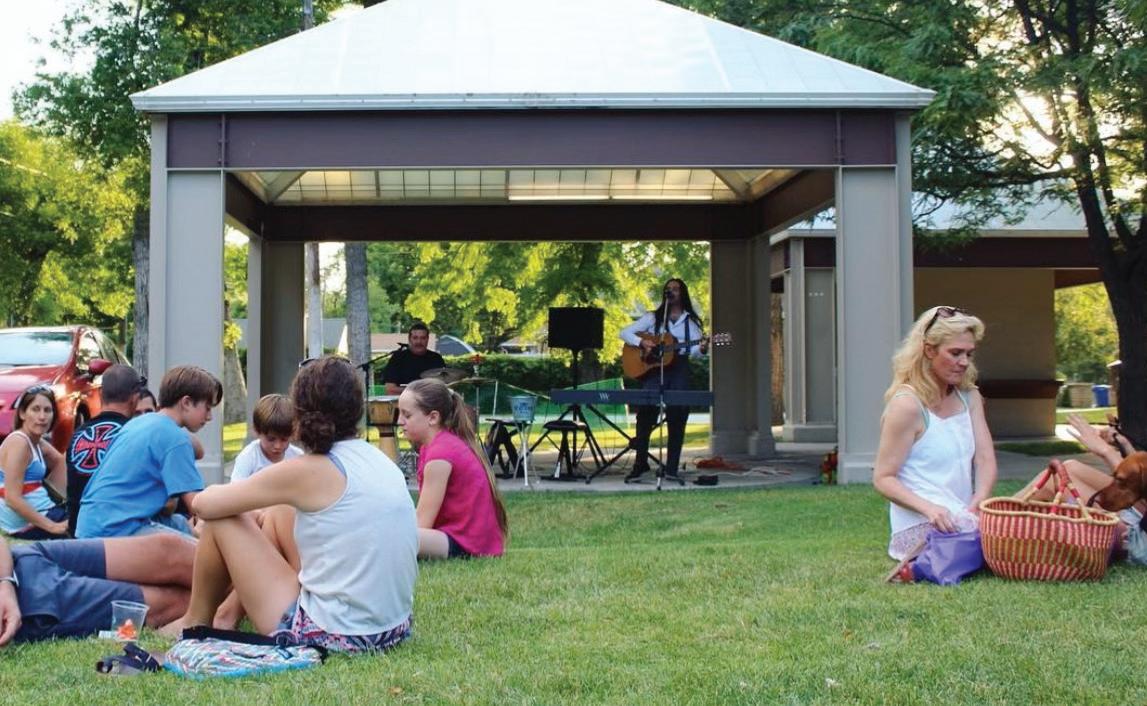
time working with the Sugar House market between 2015 and 2019, and how it shaped her life.
“Through immersing myself in that culture, I just realized that I feel healthier, and it trickled into other aspects of my life — fitness, mental health — and you meet who grows your food,” McHale said. “Farmers markets are also such a great social experience.”
While the work can be difficult and tricky — even overwhelming at times — it also brought joy.
“As a volunteer organization, it was really difficult. But it was so fun,” Horman said. “We had wonderful plans for the 10th anniversary … then Covid.”
No one knows if the Sugar House Farmers Market will make a comeback, but its organizational framework still exists, Horman said,
“so I wouldn’t rule out that someone might want to take it up and run with it.”
Since relocating to Heber in 2019, McHale focused her time and energy elsewhere, but still hopes the Sugar House market can revive.
“I definitely see the value,” McHale said. “I think it would be helpful to bring back people who were part of it in the past and could say what worked and didn’t work. But I’d also get fresh ideas. I think it has a chance.”
This January, Utah State University published a 234-page digital handbook called The Utah Farmers Network.
“For anyone interested in picking up a market or being more efficient at the market they’re running, this is a how-to from managers across the state, from stakeholders, cities, and regulators,” Mathews said. “And it’s very extensive.”
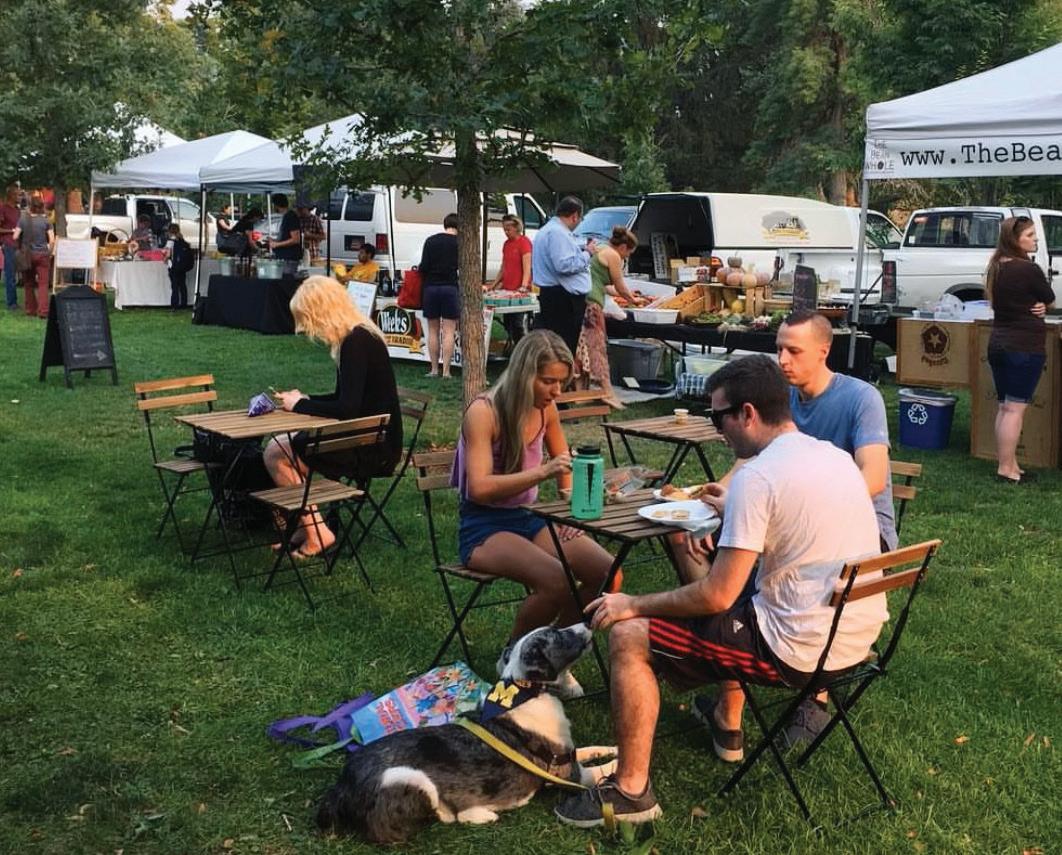






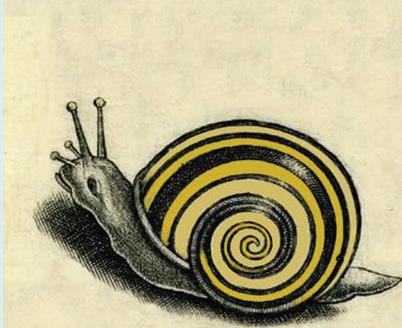



Give these Local Jam, Jelly and Preserve Makers a Taste
By Heather L. King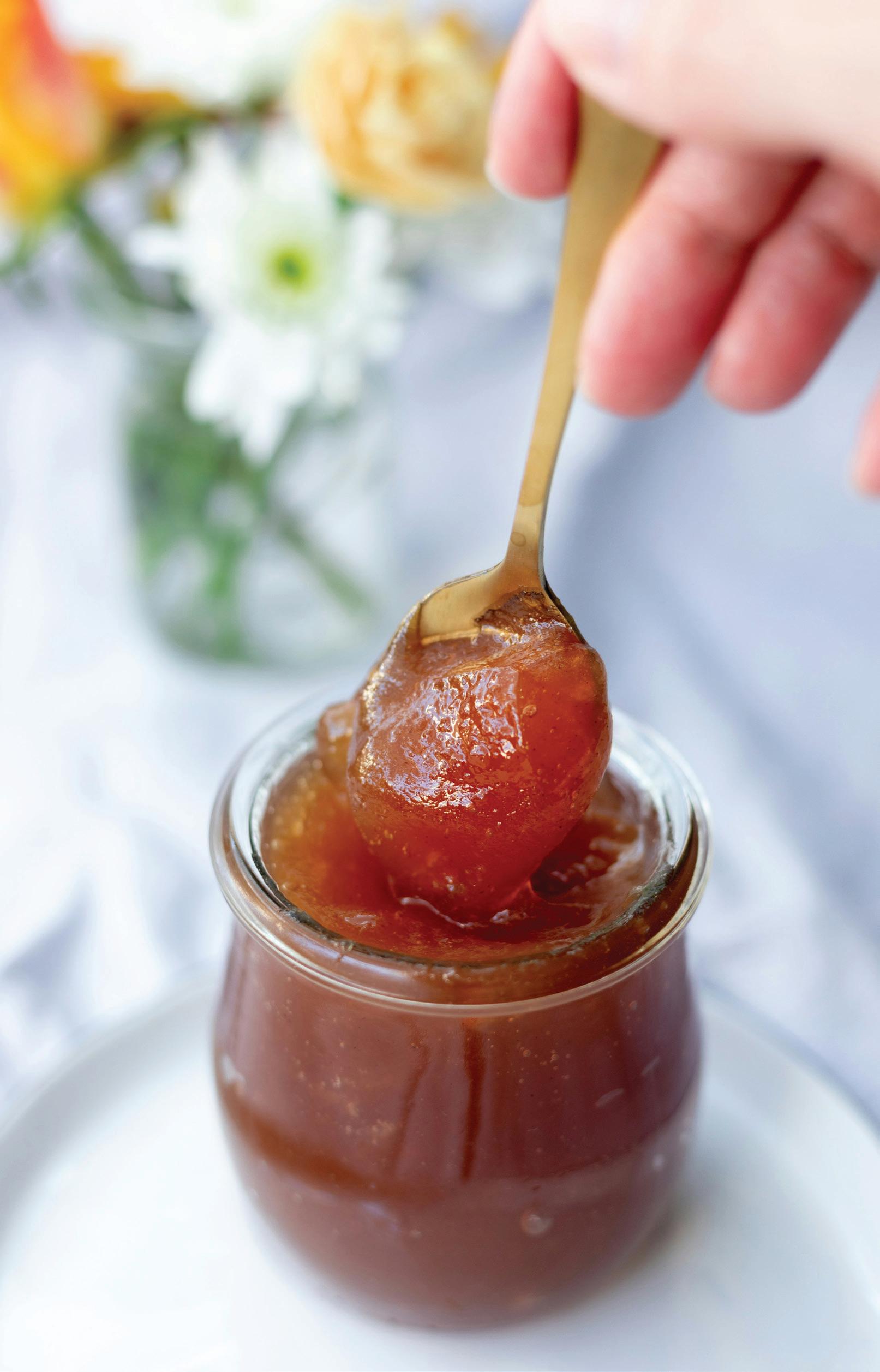
BY
Meet several of Utah’s favorite jam makers whose craft and creativity have redefined the notion of preserving fruit. These artisans pour their love of Utah’s fruits into every jar, from the orchards of northern Utah to remote mountain brambles, each company brings a distinct flavor profile to the table.
Whether you’re looking for family recipes passed down through generations, or innovative combinations that push the boundaries of conventional preserves, Utah’s jam makers are mixing up a tantalizing array of spreadable joy in the form of jellies, jams and preserves.
Begun in Wanship and now based in Midway, Utah, Pepperlane has been giving preserves a zesty kick with the addition of jalapeño peppers since 1990.
Fusing sweet and spicy together, Pepperlane adds a bit of fiery heat to any dish by using fresh jalapeños paired with a wide variety of fruits. Try the classic combination of Original Jalapeño Preserves poured over cream cheese and served with crunchy crackers. Flavors can be rotated to match the seasons. This summer, try Warm & Fuzzy

Peach jalapeño-glazed salmon or Sweet Heat barbecue sauce. With 16 flavors to choose from, there’s a jalapeño preserve that will fire up your culinary curiosity.
Experience the bold, versatile flavors of Pepperlane Jalapeño Preserves to spice up your table and discover why these delicious preserves should be a staple in your pantry.
Crafted in Logan, Butcher’s Bunches brings a fun and unexpected take on traditional jam-making, marrying the best fruits with the highest quality, sometimes surprising ingredients.
The family-owned company takes great pride in their partnership with other local, small businesses over the past 16 years. Back In Black combines red and black raspberries and blueberries soaked in amaretto with melted Amano Artisan Chocolate Madagascar and Dos Rios chocolates. The award-winning Dirty Diana features Woodyatt Farms tart Montmorency cherries from Brigham City soaked in rum to make a zippy spread.
They even use Utah-produced beet sugar in their low-sugar jams. “It’s processed differently than cane sugar, making us feel a bit better about our ingredient package,” explains Butcher’s Bunches Founder Liz Butcher.
Every spoonful of Butchers Bunches Jams helps support Utah’s agricultural heritage and will make your toast, pancakes, yogurt or charcuterie board a lot more exciting and delicious!
“Utah has long been known for its berry growing,” Butcher continues. “Our best-selling jams have berries: raspberry, strawberry, marionberry, blackberry, blueberry and huckleberry, or combinations of those.”
Many of their fans may have grown up eating grandma’s mixed berry jam, Butcher says. “We want to provide that memory in a jar to our customers.”
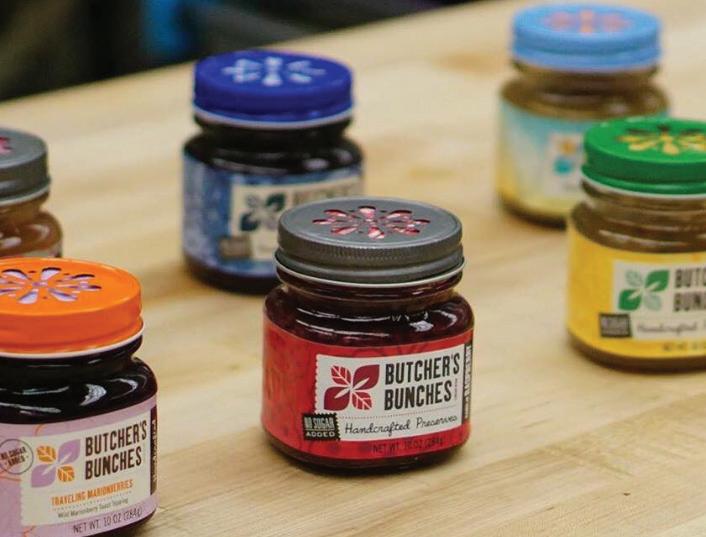
Tagge’s Famous Fruit, a summer staple up and down the Wasatch Front, is well-known for their farm booths on busy street corners and double-sized stands at farmers markets. With so much fruit to move, it’s no wonder their array of jams is nearly as popular as the fresh produce grown on 150 acres each summer.
And luckily, the jams are versatile and available year-round — perfect for spreading on toast or adding a fruity twist to baking recipes. Capturing the essence of freshly picked fruits like Brigham City peaches and Willard Bay blackberries, Tagge’s Preserves are a delicious journey through the flavors of each season and offer a sweet experience in every jar.
Award-winning Amour Spreads has captured the hearts of Utahns for many years
with its artisanal fruit preserves. Made from only fresh fruits that are at the peak of ripeness, seasonal flavors come and go quickly but return when the locally sourced produce is ripe each year. Every small batch is made by hand in traditional copper jam pans using organic unrefined cane sugar and lemon juice.
“We don’t use any artificial ingredients and all our spreads are very fruit forward,” explains co-owner Vi Tran.
Each jar of Amour Spreads is crafted with the greatest care, featuring traditional flavors like blackberry, apricot and Loganberry, but also making eye-popping marmalades and curds. Less sweet options such as Savory Heirloom Tomato Jam and Savory Onion IPA Beer Jam — great for anything you’re barbecuing, like burgers, brats and vegetables — turn any entree and charcuterie into a culinary adventure.
“Our most popular flavors are the tomato, pear lavender and tayberry jam,” continues




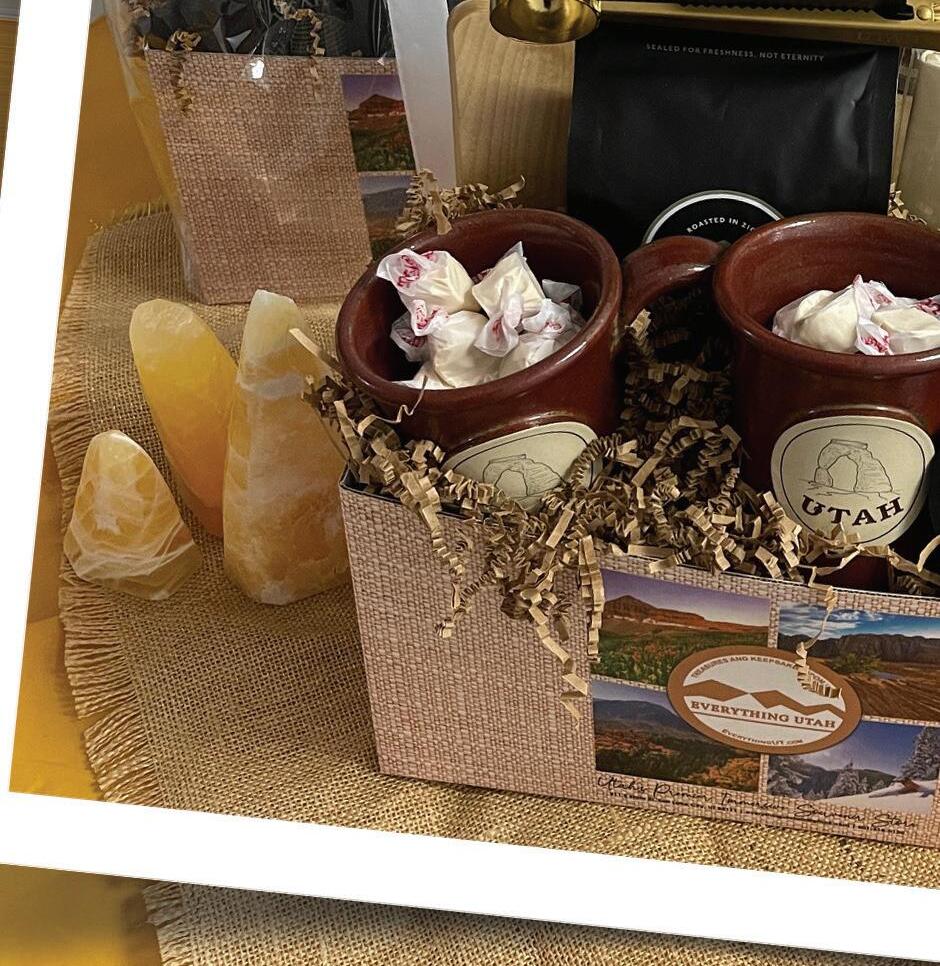
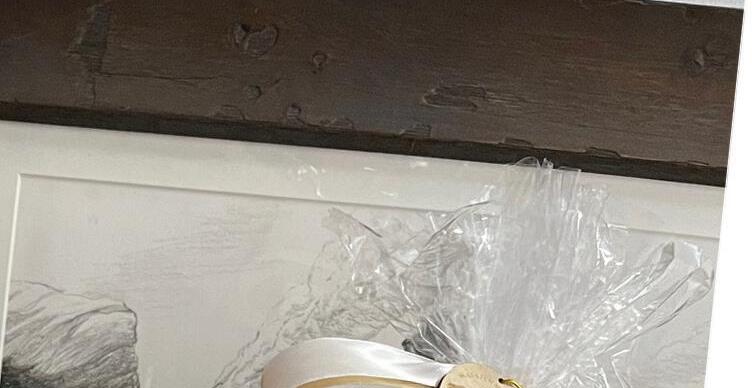
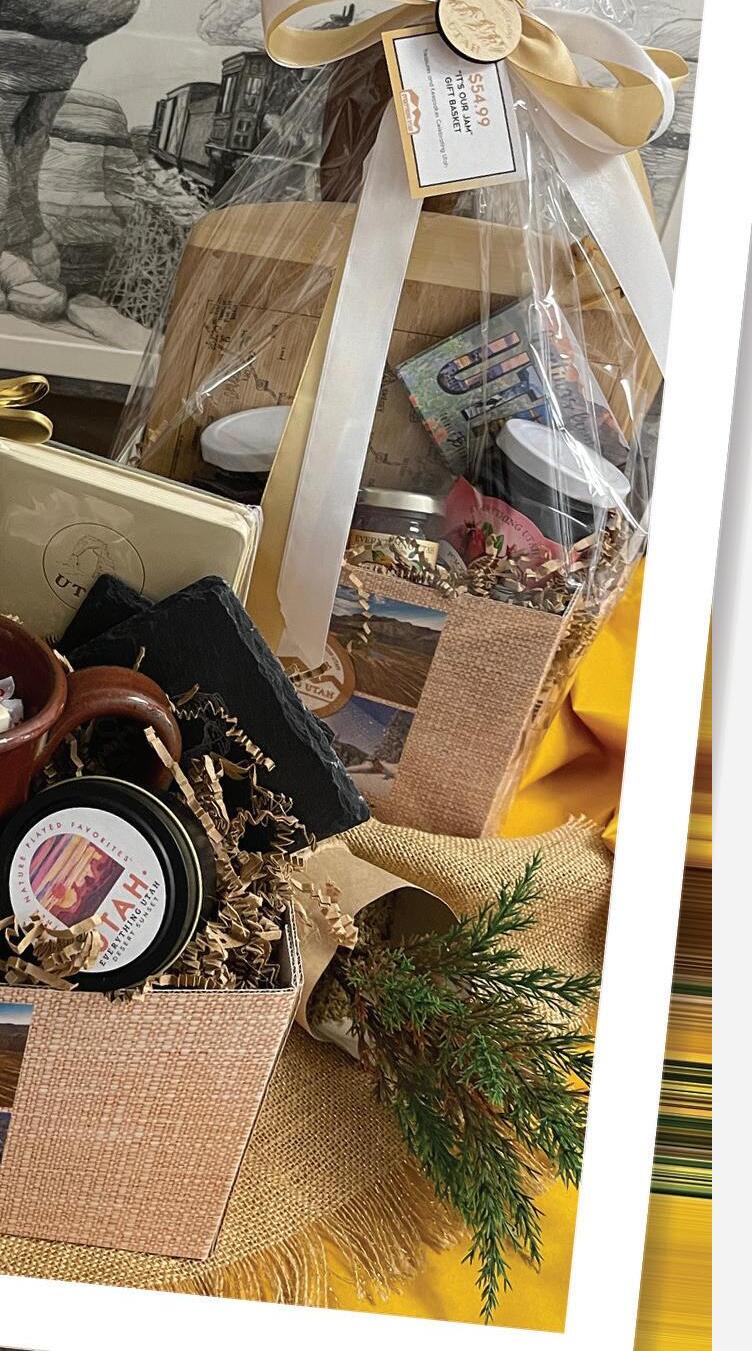

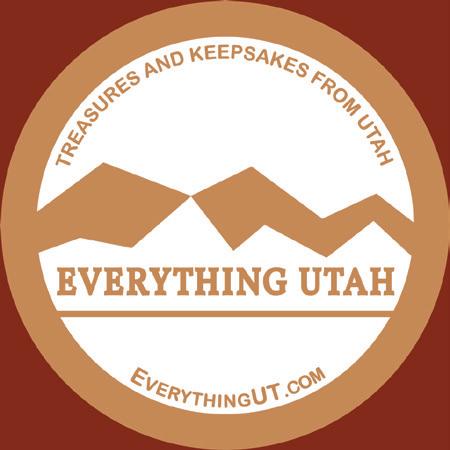

Tran. “I think these do well because they’re unique and you can’t find them on the shelf at your normal grocery store.”
“You can find our jams and marmalades at Picnic Cafe, Liberty Heights Fresh and Caputo’s daily or at the Downtown Farmer’s Market on Saturdays,” Tran said.
As you get to taste Amour Spreads, you’ll love becoming a part of this community-centric food scene where agricultural bounty and artisanal craftsmanship make it a cherished part of Utah’s culinary culture.
Santaquin, Utah is home to the country’s second largest production of Montmorency tart cherries, and you’ll find a whole crop of products featuring the tart cherry (dried fruit, cherry concentrate and the distinctive tart cherry salsa developed by the family matriarchs) at Rowley’s Red Barn — many under Rowley’s Country Spoon brand.
Known far and wide for their homemade jams, jellies, and preserves made from local fruits such as plum, apple, peach and strawberry, this family-owned establishment has been delighting travelers’ taste buds for generations at their locations in Santaquin and Washington. Many of the jams still follow Grandma Rowley’s recipes and the silkysmooth jellies are made for those who don’t
like or need to avoid fruit seeds.
Over the years, chokecherry jelly has become a customer favorite but it’s hard to pass up the vibrant hues of the strawberry jam or peach preserves — each a labor of love, meticulously crafted to capture the flavors of Utah’s orchard-fresh fruits.
Visitors flock to the barn not just to stock up on these delectable treats but also to experience the warm hospitality that’s synonymous with the Rowley name.
In addition to custom and pre-designed gift boxes from most of the companies above, Everything Utah offers the It’s Our Jam gift basket if you just can’t decide on your favorite local preserves. Visit them online or in-store for a curated collection of Utah-made jellies, jams and preserves that celebrate the flavors of the Beehive State. Each jar represents Utah’s fruit-growing heritage across the state’s diverse landscapes.
No matter the brand of locally made jams, jellies or preserves you favor, prepare your taste buds for a flavor tour of Utah’s fruits. With every bite, enjoy the skill and dedication of Utah’s artisanal food producers as you discover a taste of homegrown goodness that’s as unforgettable as the Beehive State itself.

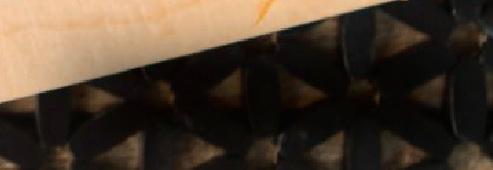

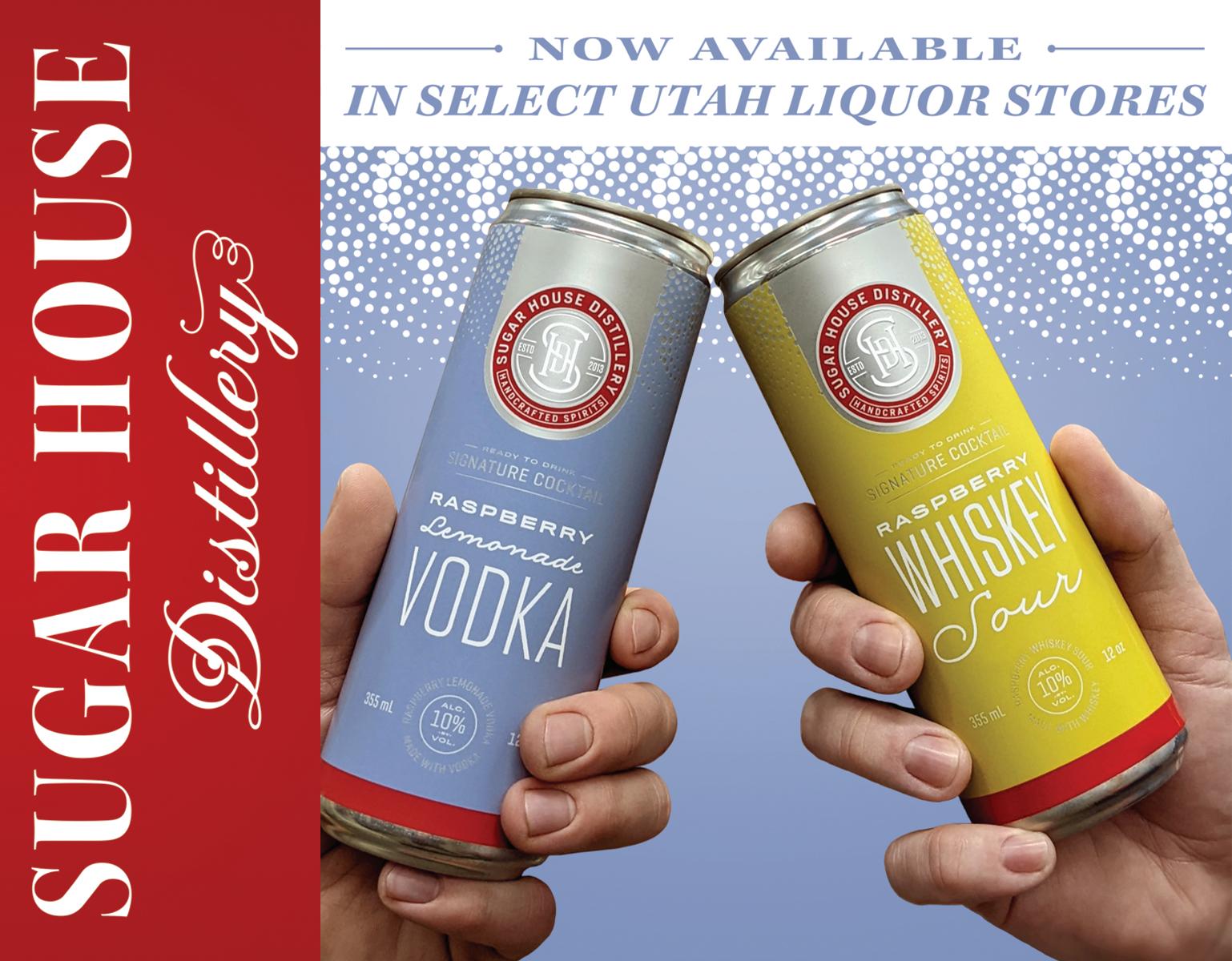

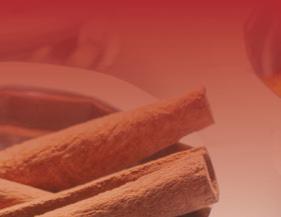
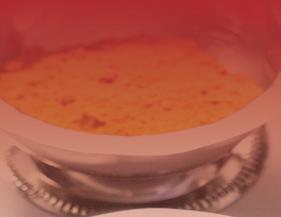
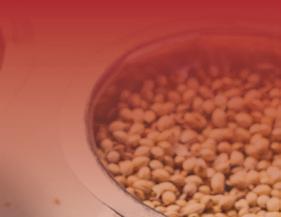



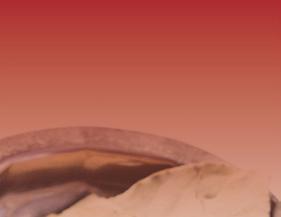


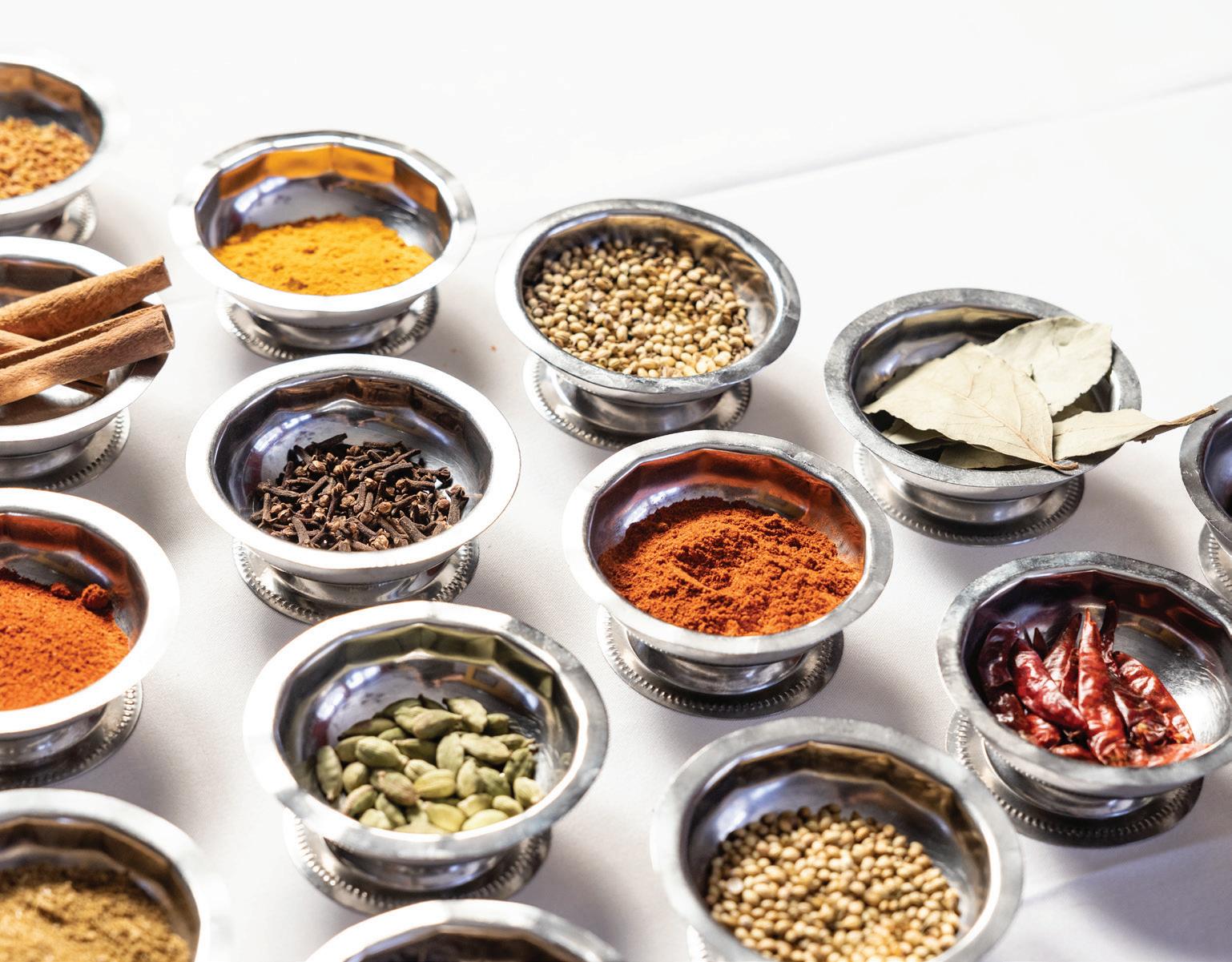
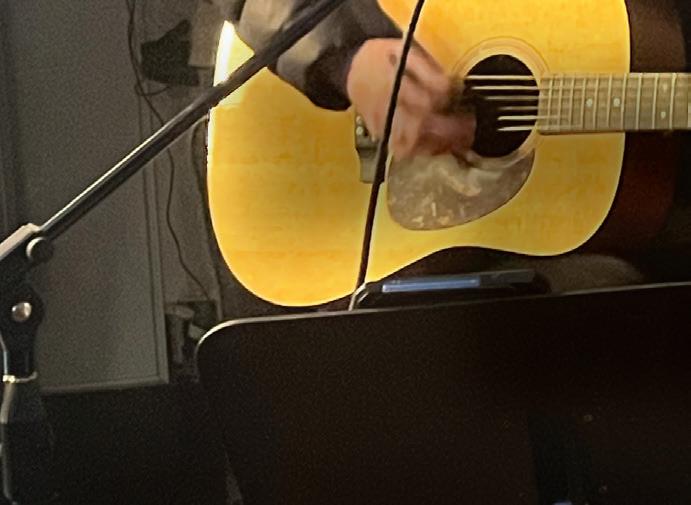
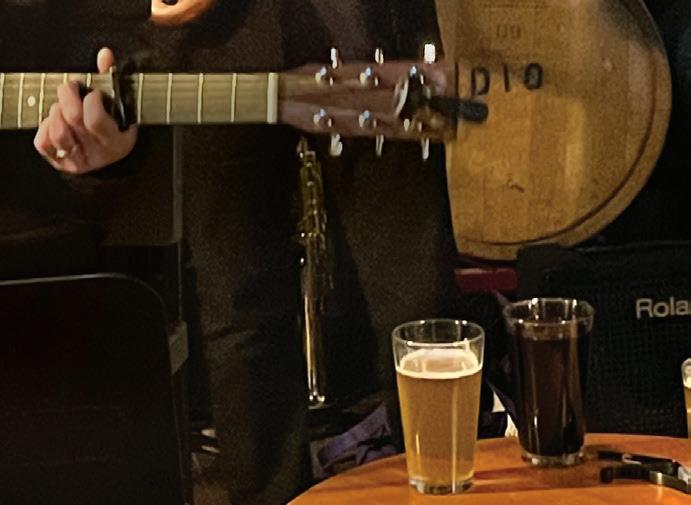
 By Tom Bennett
By Tom Bennett
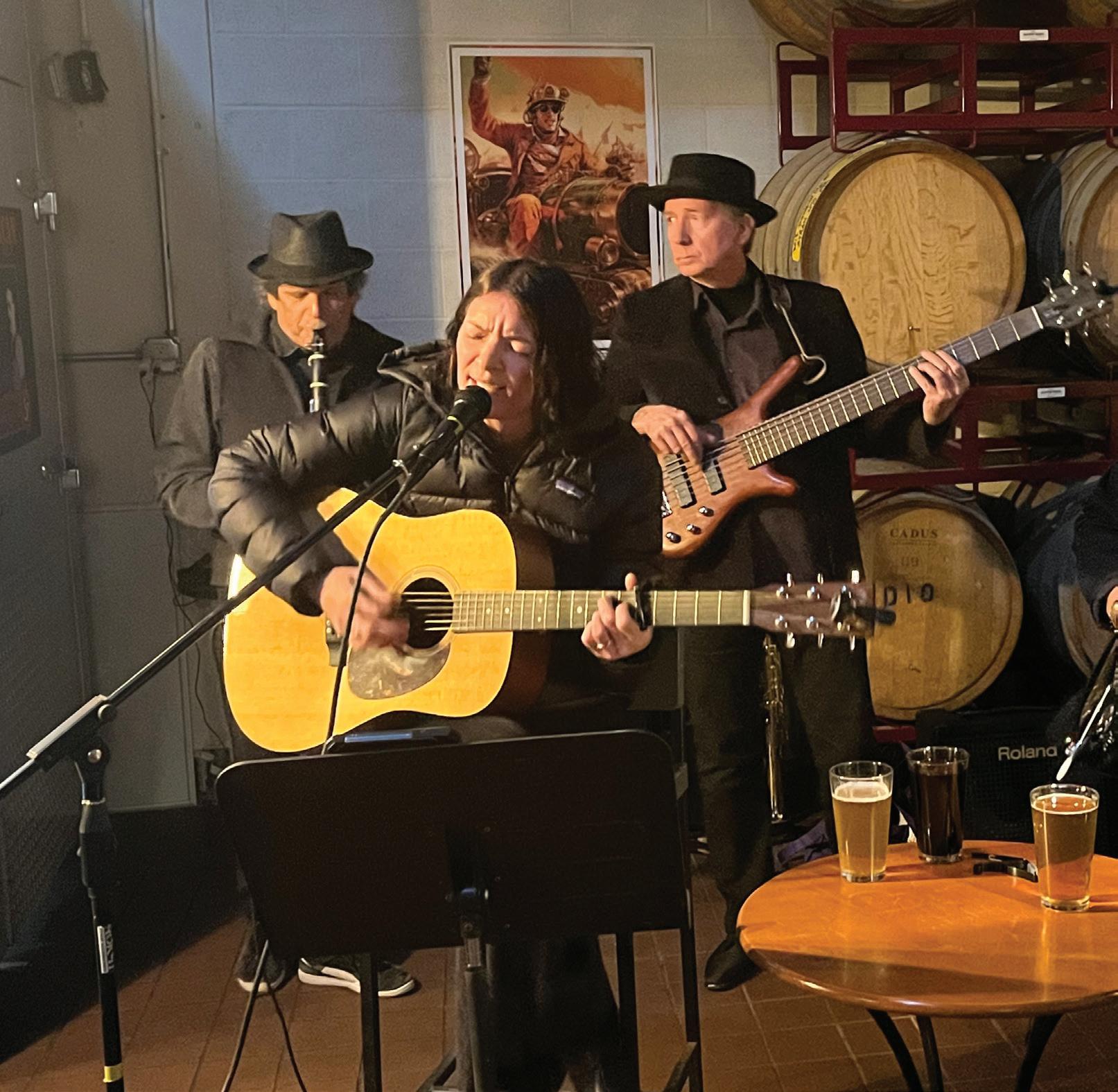
Susan Bush and her band embrace the genres of singer/songwriter and folk/Americana, as well as jazz and blues to create a set of acoustic songs concerned with the intricacies of romance, relationships and more.
The band consists of Susan Bush on vocals, guitar and ukulele, with Phil Triolo on woodwinds, soprano saxophone, clarinet and bass clarinet. Derek Wright picks guitar and Brad Armstrong plays bass.
My first impression of the ensemble was a sense of clarity. The music allowed for the intricacies of the instrumentation and Susan‘s
slightly smoky vocals to shine. They draw parallels to artists like Norah Jones and Patty Griffin, and there’s a good chance that fans of these artists will enjoy Susan and her band as well.
The band has released two albums of original songs; Time Wandering, and the sophomore release, Firelight. Both albums were recorded locally in the avenues of Salt Lake City with the late Herc Ottenheimer.
Susan was always encouraged and supported by her parents from a young age to create music. Her father, Douglas E. Bush, was a music professor at Brigham Young
BY GOLDA MARKOSIAN

University, and an internationally recognized master of the pipe organ. Her mother was a classical pianist. The two met in a practice room at the university. Susan’s childhood was alive with the sounds of music, as her mother taught both at home and work, and classical music was enjoyed in the home. It was a right of passage in the Bush home to begin piano lessons at age 6, and young Susan took to it immediately.
As many young musicians do, Susan lost interest in her studies during her teen years, but some auspicious encounters reinvigorated her love of live music in her mid to late 20s.
Susan had moved to the university district while attending the university of Utah. It was there that she met her neighbors, Rex Flinner and Paige Merriweather. Rex is a national flatpicking champion and multi instrumentalist, while Paige is a vocal muse, vocal harmonizer, and guitarist. The duo currently host Bluegrass Express on KRCL 90.9. It was also at this time that she met Phil Triolo.
The group regularly hosted gatherings during which the music making and merriment would often last well into the early morning hours. Susan recalled many times when she was “startled by dawn” (which I think would make an excellent third album title). These beautiful, organic, unscripted jams contrasted greatly with Susan‘s rigid musical training and inspired her to play guitar and sing.
In 2012, Phil, who was running whitewater kayaks and rafts, invited Susan on a river trip through the Grand Canyon. This life-changing experience, and the jam sessions during it, led to live performing for Susan and her band.
When Covid set in with its many social restrictions, some of Susan’s neighbors, Derek Wright and Sally Allgood, started a tiny porch community which fostered the experience of outdoor, socially-distanced live music performances.
Susan and her band began recording their first album, Time Wandering. Having no experience or knowledge of the process of making and recording an album, it was suggested they reach out to Herc. This began with live recordings of Susan on vocals and guitar, and the process of listening and critiquing began. She chose the best recording of each song to build around. Herc was patient and built a strong friendship with Susan. His talent and friendship are sorely missed as he passed away suddenly in January 2021.
When asked about her most meaningful performances, it was difficult for Susan to

choose, because her music has allowed her to enjoy so many memorable occasions, including the locals showcase at Star Hall in Moab for the Moab Folk Festival. Susan honored her friend and record producer Herc Ottenheimer at his celebration of life at the Garage on Beck. She also performed memorials for both of his parents.
Both of Susan’s album release shows were poignant for her. The Time Wandering release was held at the clubhouse (historically, the Ladies Literary Club) in Salt Lake City. The Firelight release party was held at Ken Sanders Rare Books. Susan also performed at the bookstore for a memorial for Katie Lee, a singer/songwriter, environmental activist, and Hollywood starlet.
Susan‘s love for rafting wild and scenic rivers gave her the opportunity to perform at the opening of Glen Canyon, A Riverguide Remembers, an exhibit at the John Wesley Powell River History Museum, where she got to sing with Ken Sleight, who was the inspi-

ration for the character Seldom Seen Smith in Edward Abbey’s seminal work, The Monkey Wrench Gang.
At a recent gig, Susan and her band played a brunch show at Haglund Ranch for the BrockStrong Foundation, which works to increase awareness for the need for local organ donation, and to provide private lessons for children who otherwise wouldn’t have the opportunity.
Such a vibrant life would lead many to incorrectly believe that Susan‘s time is completely occupied, but we haven’t addressed her day job. Susan is an ecologist with a PhD. She is currently a research scientist for the Research and Conservation Department at the Desert Botanical Garden in Phoenix, Arizona. Similarly, her bandmate, Phil, has a PhD in biomedical engineering.
Open up a bottle of wine, put on some Susan Bush and her band, and let the dawn surprise you. It will be time well spent.



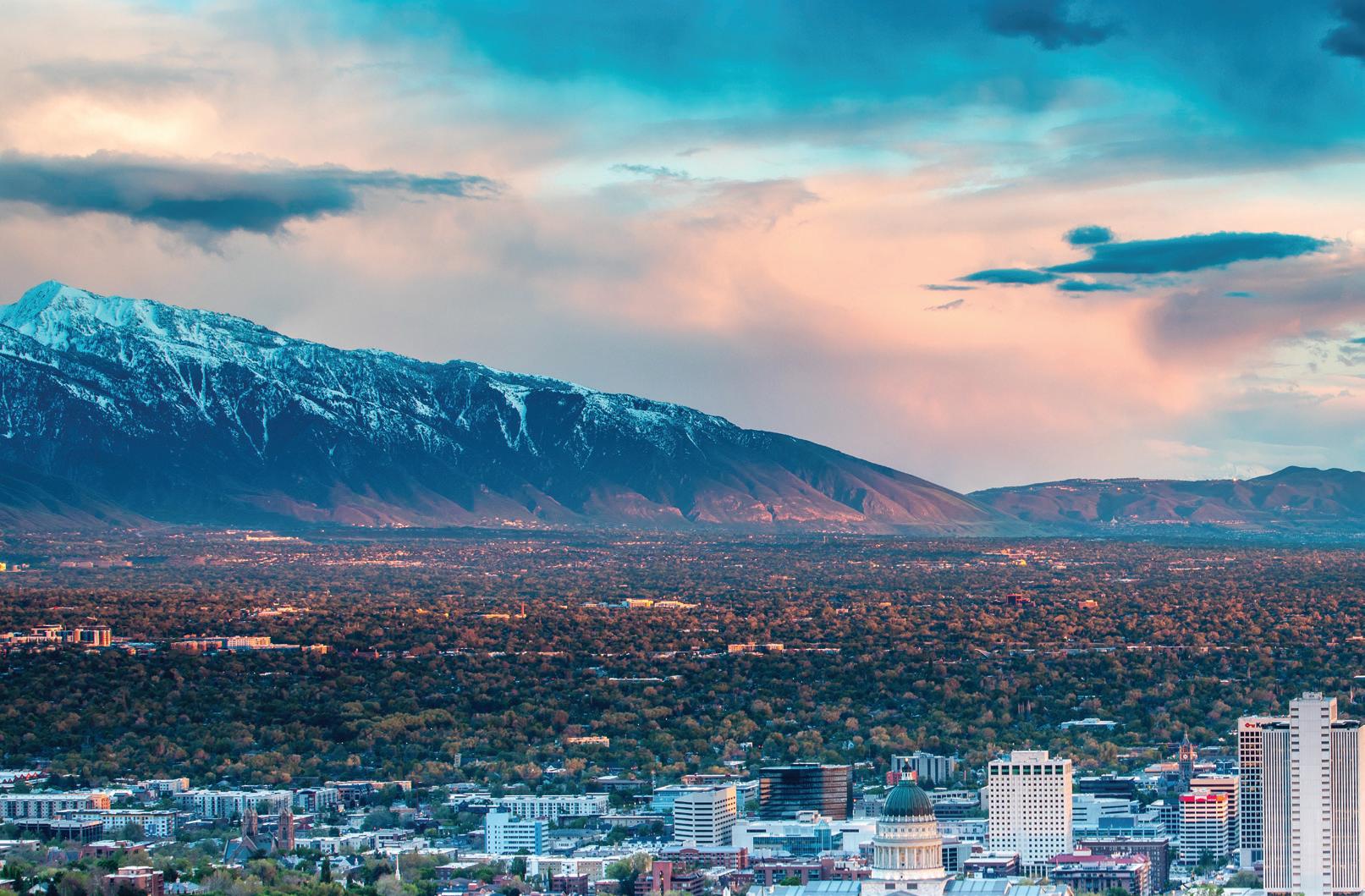
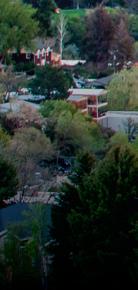
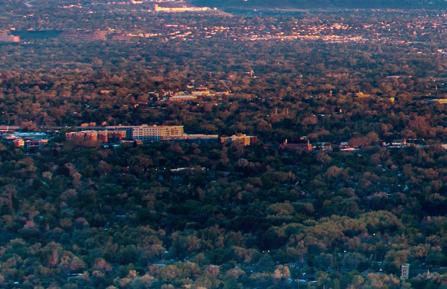


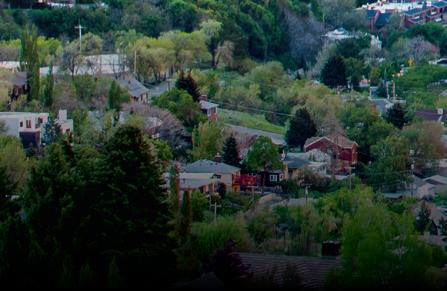
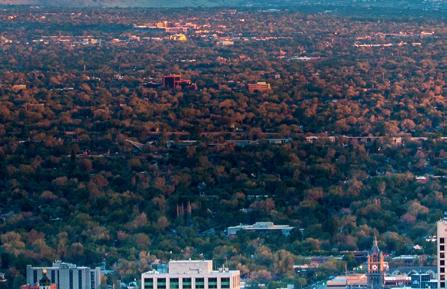

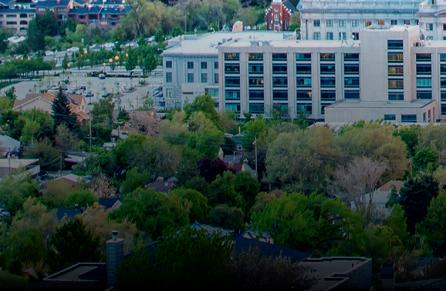
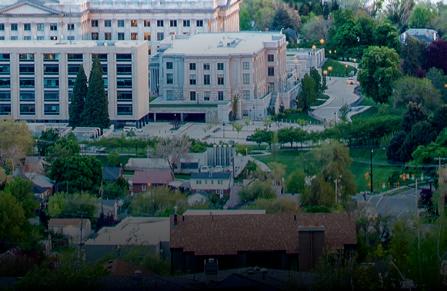

Salt Lake City’s skyline is transforming, reflecting its growing and increasingly diverse population. With a strategic vision for urban planning, the city is aiming to balance growth with sustainability, affordable housing, and improved public transportation.
The pandemic marked a significant turning point for Salt Lake City, spurring a wave of new developments. According to the most recent census data, Salt Lake City’s population grew by 10.5% from 2010 to 2020, making it one of the fastest-growing cities in the country. This growth underscores the need for thoughtful urban planning and development.
Changes to SLC’s skyline have come rapidly, with a need to fix the affordable housing crisis and serve citizens for decades to come in an unknown and changing world.
Many worry that development in Salt Lake is pushing out local businesses, either through a lack of available space, or a lack of affordable rent. Ken Sanders Rare Books, a local legend in Salt Lake City, was a business directly affected by downtown development. In 2021, Ken Sanders Rare Books announced it was moving to The Leonardo Museum due to development pressures that forced them to relocate. Ken Sanders shared his thoughts on the city’s development.
“I think our city should take care of its citizens, including the homeless, the poor, and our own homegrown small businesses,” Sanders told Utah Stories. “Build affordable housing and fix the potholes. Let the billionaires and millionaires pay for their own playgrounds and pleasure houses.”
The West Quarter is a significant mixed-use
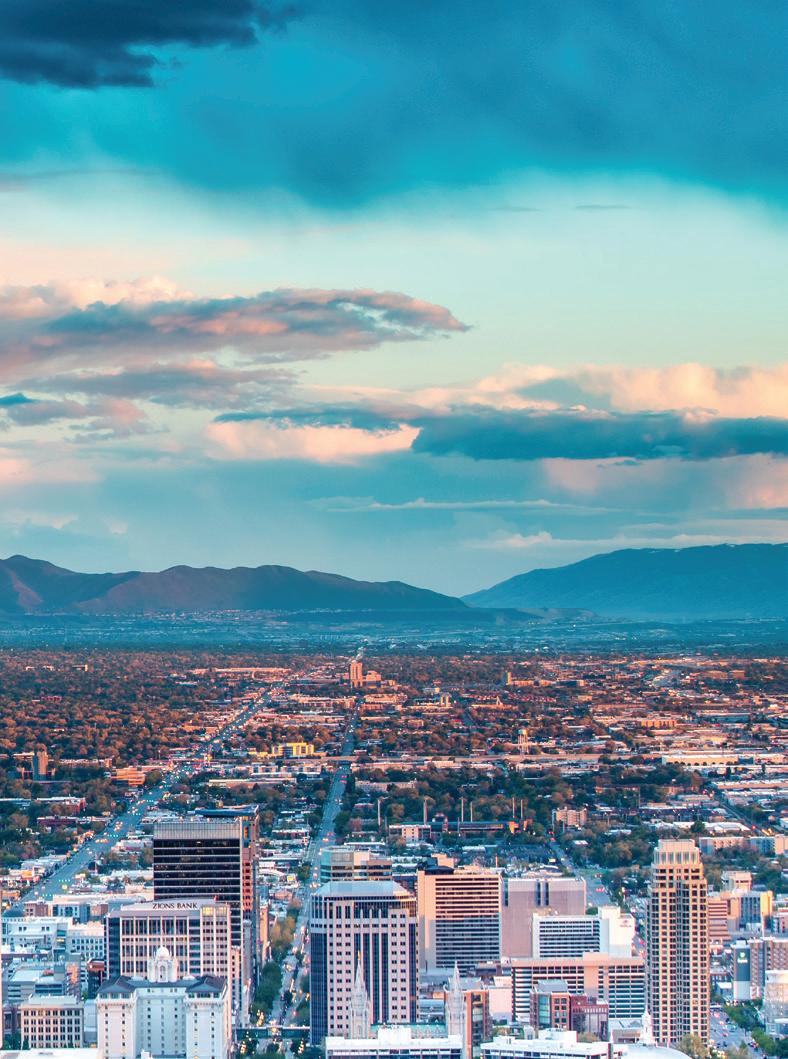
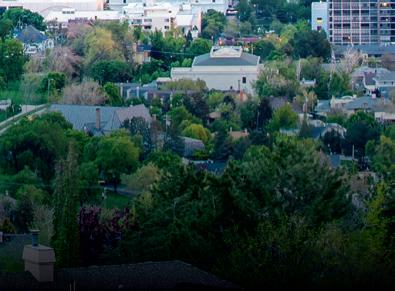
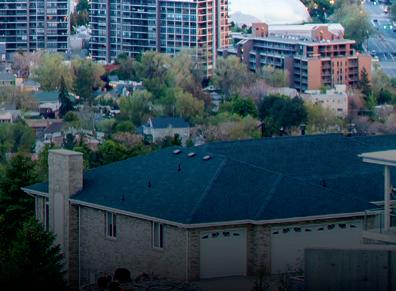
development in downtown Salt Lake City, located between 200 West and 300 West, bordered by 100 South and 200 South. This area is being transformed with residential units, hotels, dining options, and midblock walkways designed to enhance pedestrian connectivity. Notable components include the Le Meridien and Element hotels, which will attract tourists and offer upscale accommodations.
As part of this transformation, the city is also honoring the cultural and historical significance of Japantown. The redevelopment plans aim to preserve and revitalize this historic area, including landmarks like the Salt Lake Buddhist Temple and the Japanese Church of Christ.
The West Quarter development has integrated design changes to respect and celebrate the legacy of Japantown, ensuring
that this important part of the city’s heritage is recognized and incorporated into the future of downtown. However, many worry it’s too little, too late. The majority of Japantown was demolished in the 1960s during urban renewal projects, significantly altering the landscape of this once vibrant community.
“Salt Lake City’s relationship with the local Japanese American community spans decades. Most recently, our Redevelopment Agency (RDA) has been working closely with the Japanese American community to preserve, restore, and revitalize Japantown Street,” said Andrew Wittenberg, a spokesperson for the Salt Lake City Mayor’s Office. “This includes facilitating conversations between Japantown representatives and area stakeholders to mitigate potential impacts of the West Quarter development.”
Located in the Granary District, The Silos is a mixed-use neighborhood development planned to feature mid-rise apartments, retail spaces, and significant green spaces, including the central Silo Park. The project aims to preserve the industrial heritage of the area while providing modern amenities. Developers promise a unique blend of old and new, featuring towering structures from the past juxtaposed with sleek, modern buildings.
Downtown Salt Lake City is also witnessing a boom in high-rise construction. New buildings, some reaching up to 37 stories, are being developed in the city’s core. This includes residential, commercial, and mixed-use buildings, dramatically altering the cityscape. Recent examples include the Astra Tower, which at 450 feet and 40 floors will become the tallest building in Utah, and the Hyatt Regency Salt Lake City, a hotel featuring 700 rooms and suites, multiple dining options, and a rooftop terrace.
Recently opened, the Post District is another major mixed-use development offering 580 dwellings, luxury amenities, and public
spaces. This initiative is part of a larger effort to rejuvenate the Granary District, which is becoming a hub for new developments due to its proximity to the city center. While this development contributes to the area’s revitalization, it’s essential to consider how it affects long-standing local businesses and residents.
The South Temple Tower is being converted from a class B office building into 221 luxury residential units. This project reflects the trend of repurposing existing structures to meet the growing demand for urban living spaces. While repurposing buildings is a sustainable practice, it often leads to increased property values, raising concerns about the availability of affordable housing.
The Asher Adams Hotel, part of Marriott’s Autograph Collection, is an adaptive reuse project transforming the historic Union Pacific Depot in downtown Salt Lake City. The development will feature 225 guest rooms, including 13 specialty suites, and four unique food and beverage outlets. It will also include 9,600 square feet of meeting space, a junior ballroom, a coffee shop, and multiple bars. Residents can stroll through the Union Station Terminal, where the rich history of Union Station meets contemporary design.
“Asher Adams is an adaptive reuse of the historic Union Pacific Depot Train Station, which first opened in 1909,” said Niels Vuijsters, the general manager of the hotel. “The
boutique luxury hotel will feature Rouser signature restaurant, Counterpart patisserie and market, Little Nugget lobby lounge, and General Baggage specialty bar located on the second floor of the Union Pacific building that will enjoy expansive views of downtown and the Wasatch Mountains.”
The economic impact of new hotels and developments is substantial, contributing to increased tourism and job creation. Visit Salt Lake reports that tourism brings millions of dollars to the local economy, highlighting the importance of these developments in sustaining economic growth.
As downtown Salt Lake City continues to grow, these projects are vital in shaping the city’s economic future, but it’s important that they’re done right. Salt Lake City and Utah residents deserve for these developments to work for them too, not just for investment firms and developers. Ensuring that these projects address the needs of the community, including affordable housing and sustainable practices, is crucial for the city’s long-term success.
Ken Sanders’ words highlight the need for development that benefits all community members, ensuring that Salt Lake City’s growth is inclusive and sustainable. Quoting Edward Abbey, he said, “Growth for the sake of growth is the ideology of the cancer cell.”

















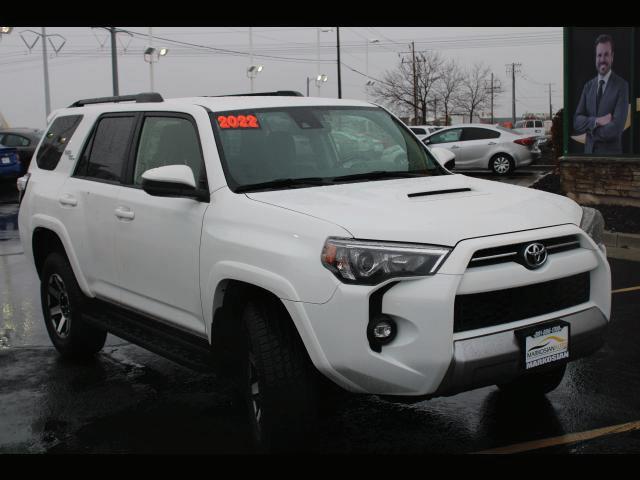

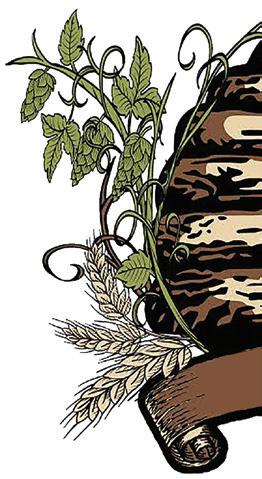
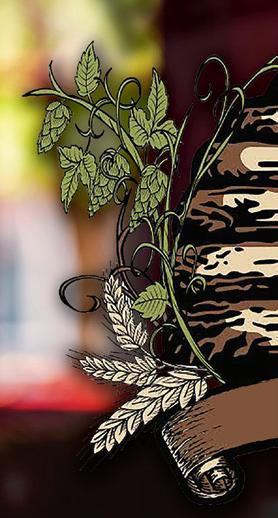




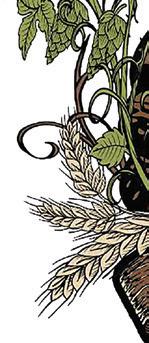
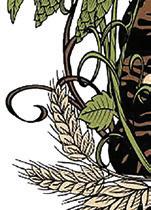

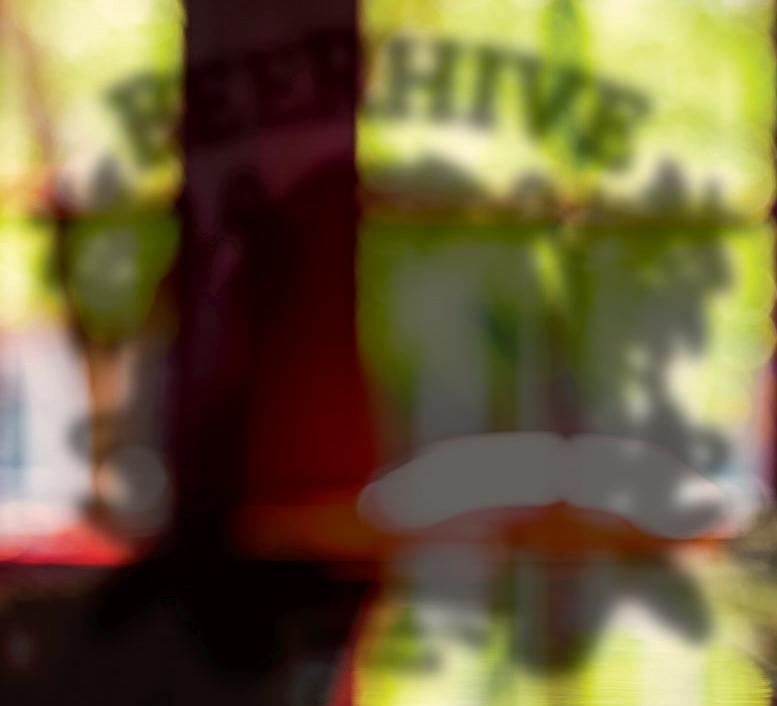
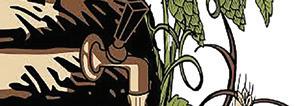

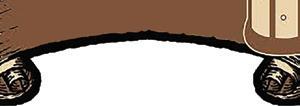

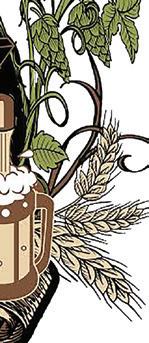
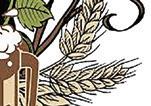

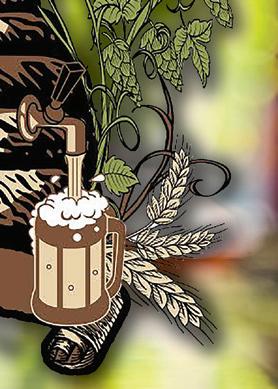
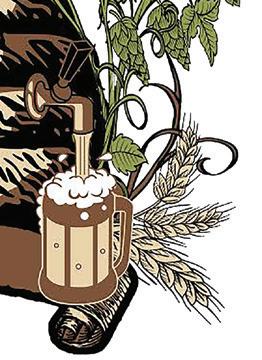



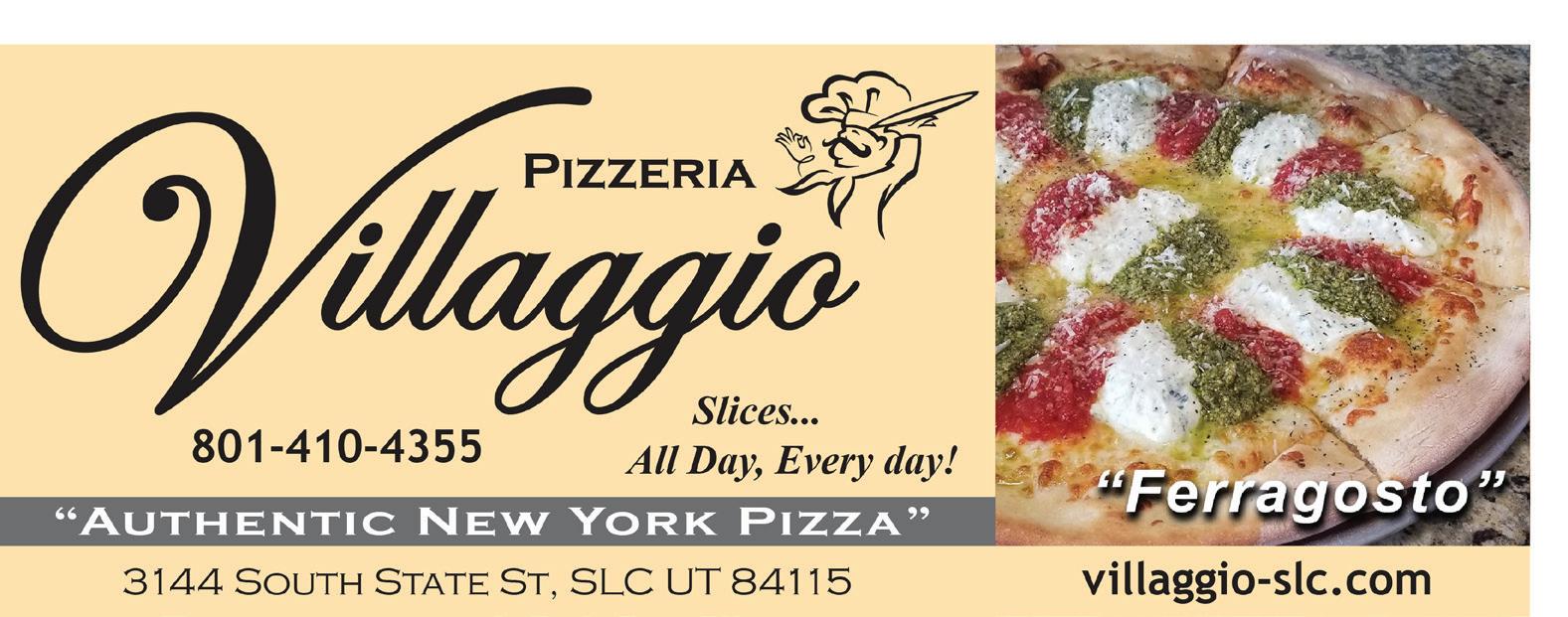

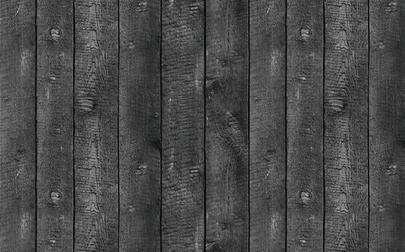
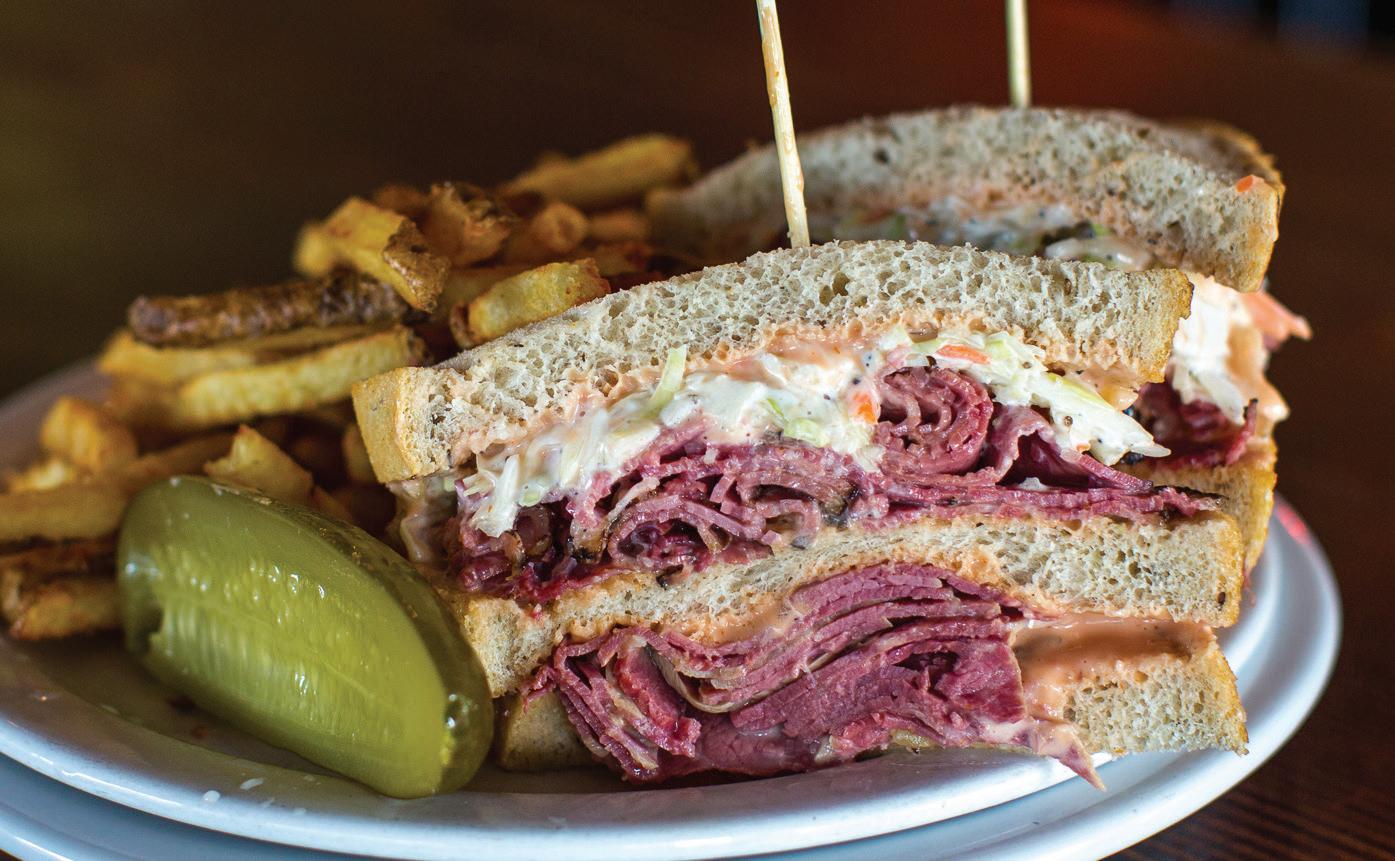
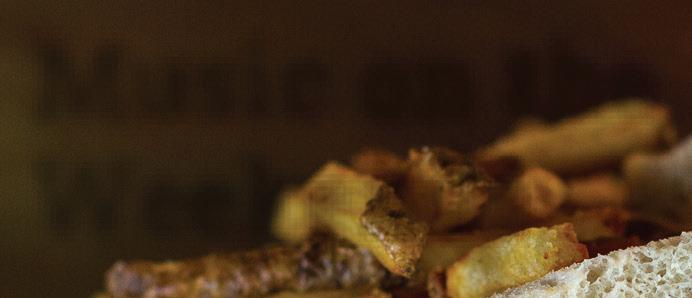
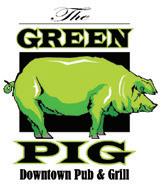

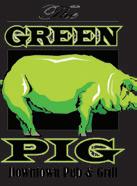







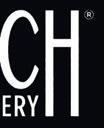


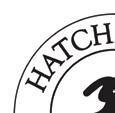

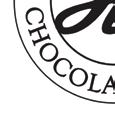
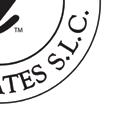













Thursdays - Karaoke @ 9pm • Sunday - Adult Trivia @7pm
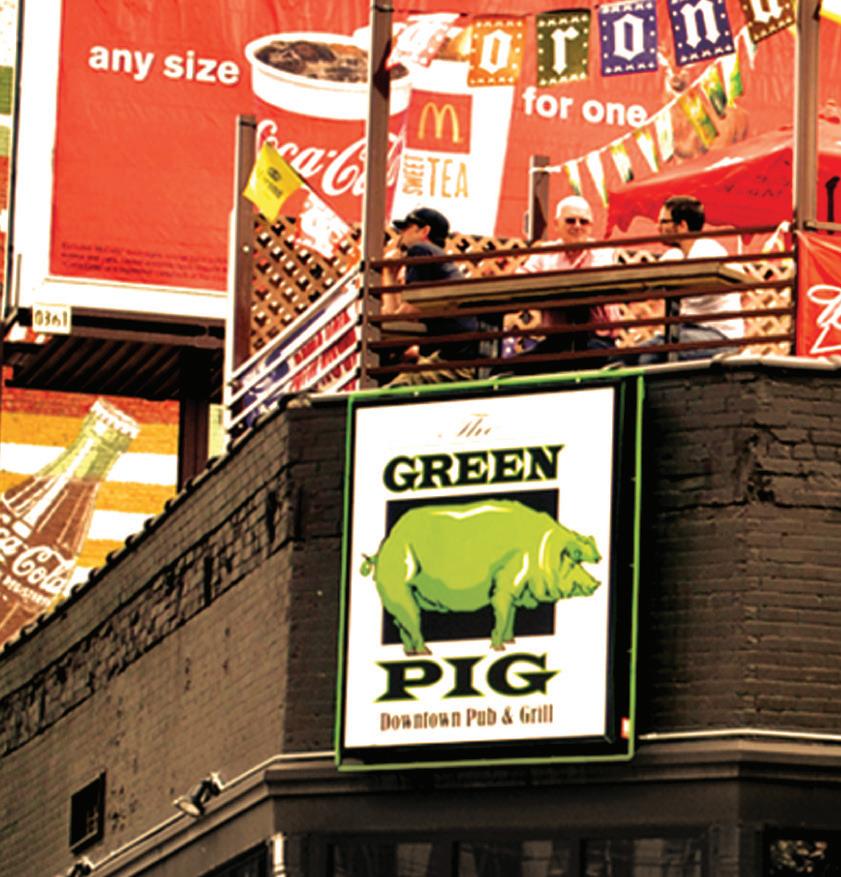
Mondays - Blues Jam @ 9pm • Tuesdays - Drag Bingo @ 8:30pm
Wednesdays - Trivia Night @ 7pm
